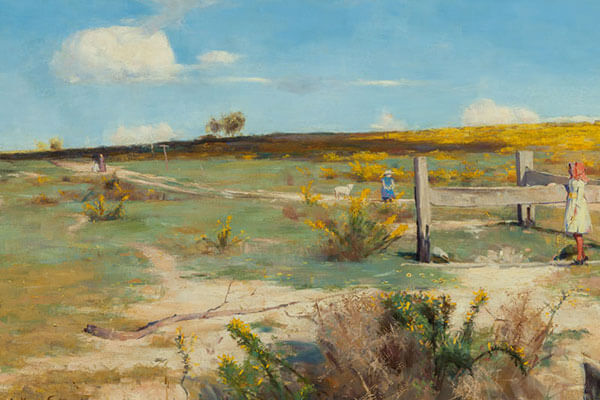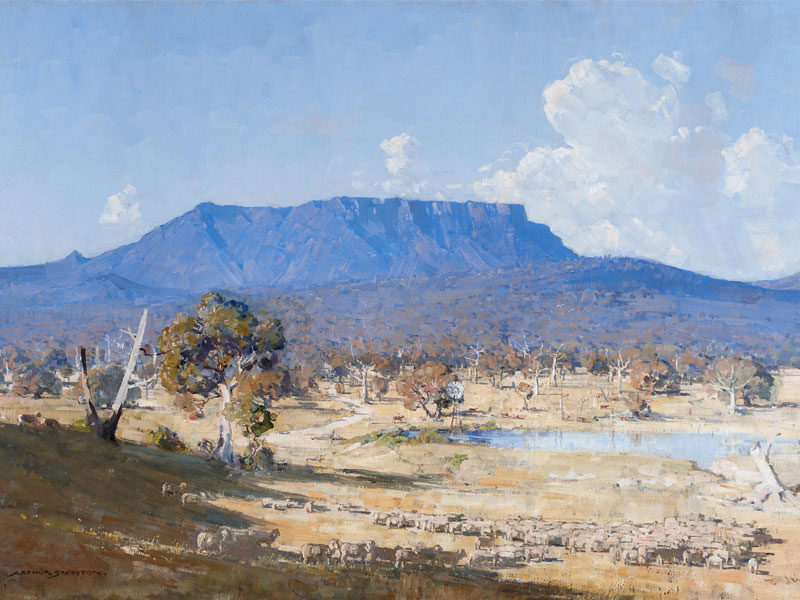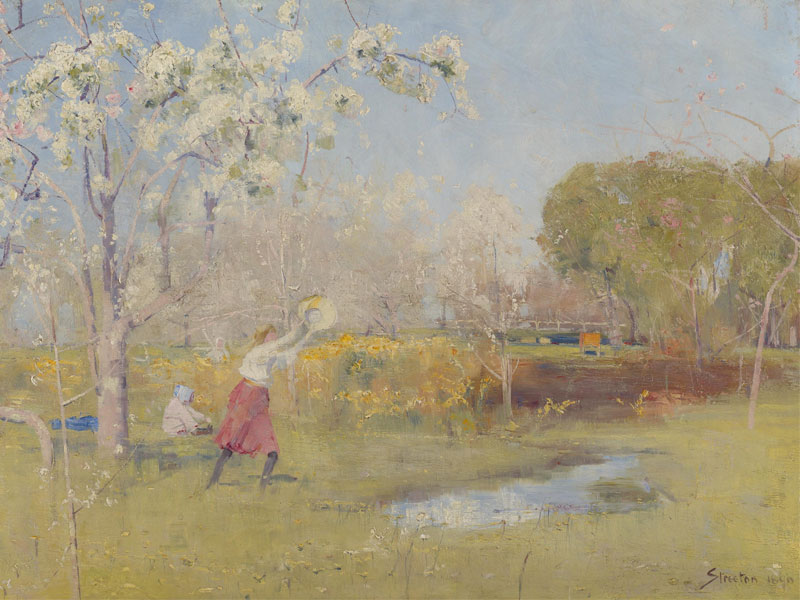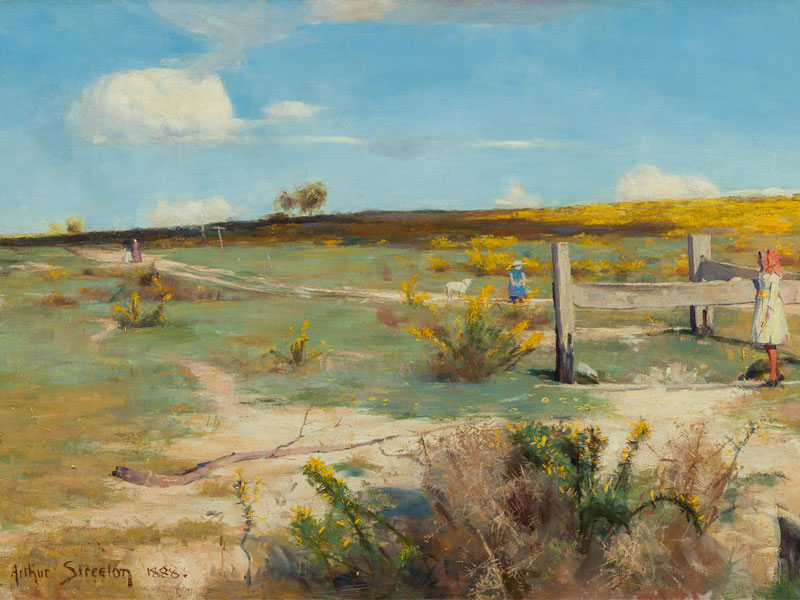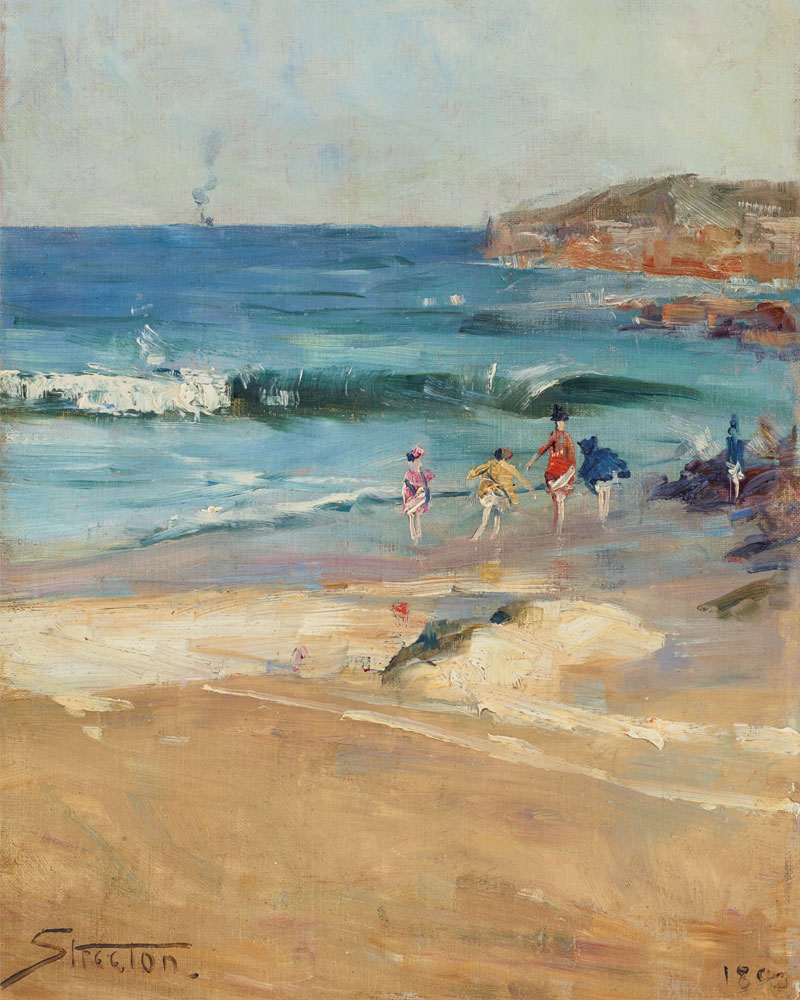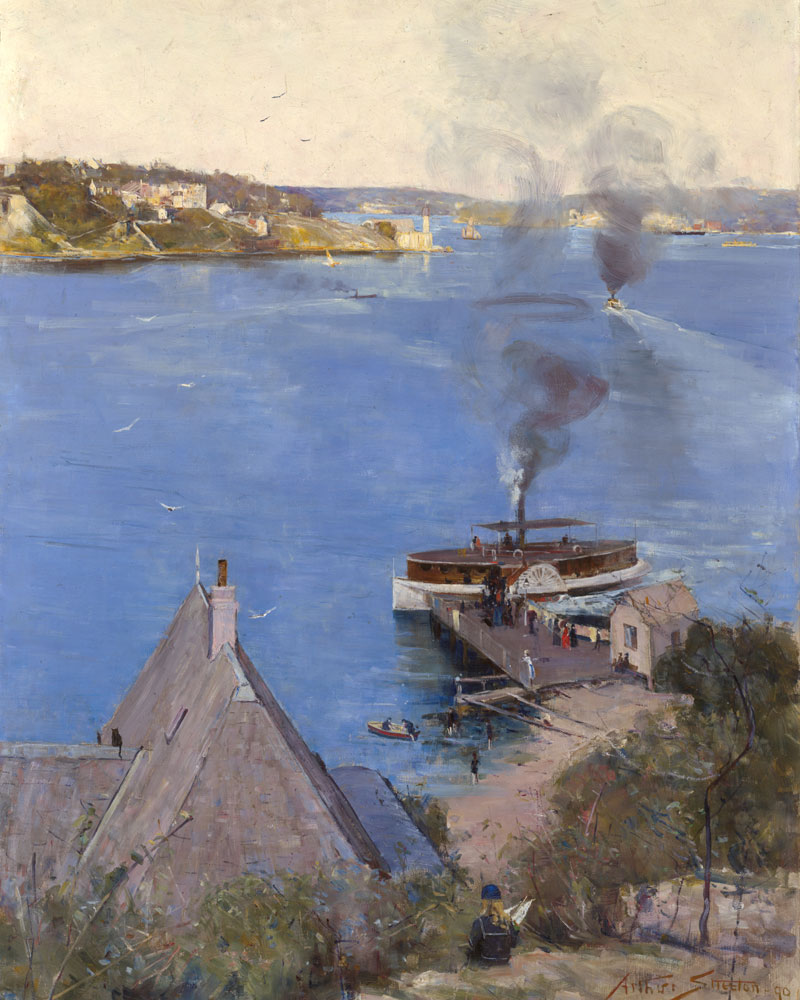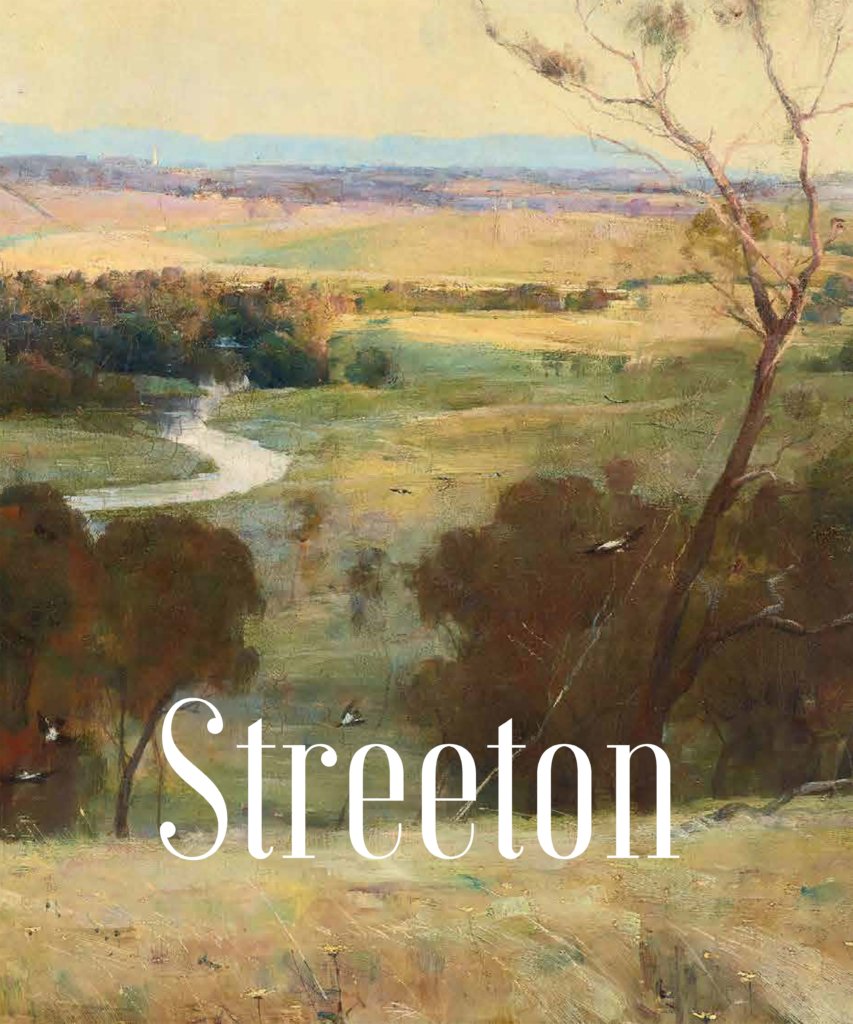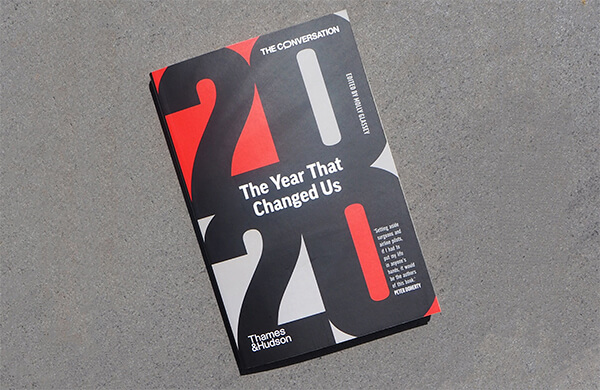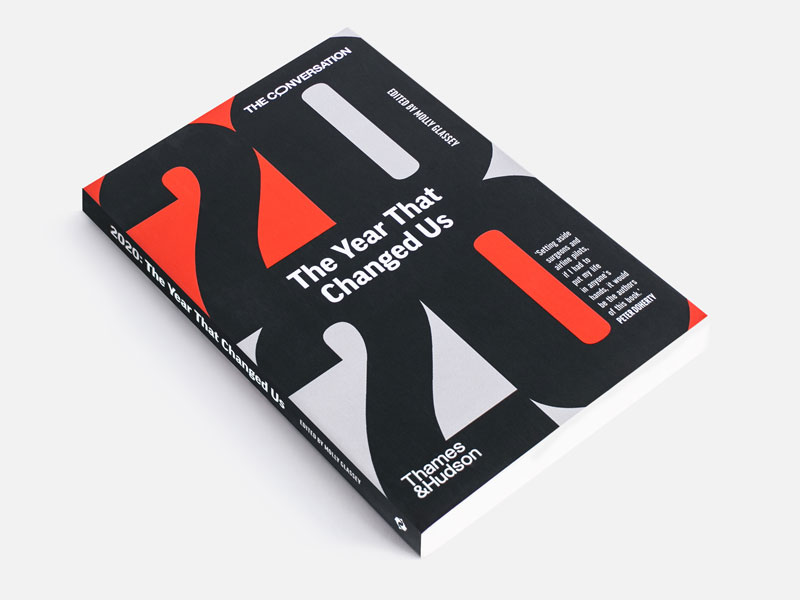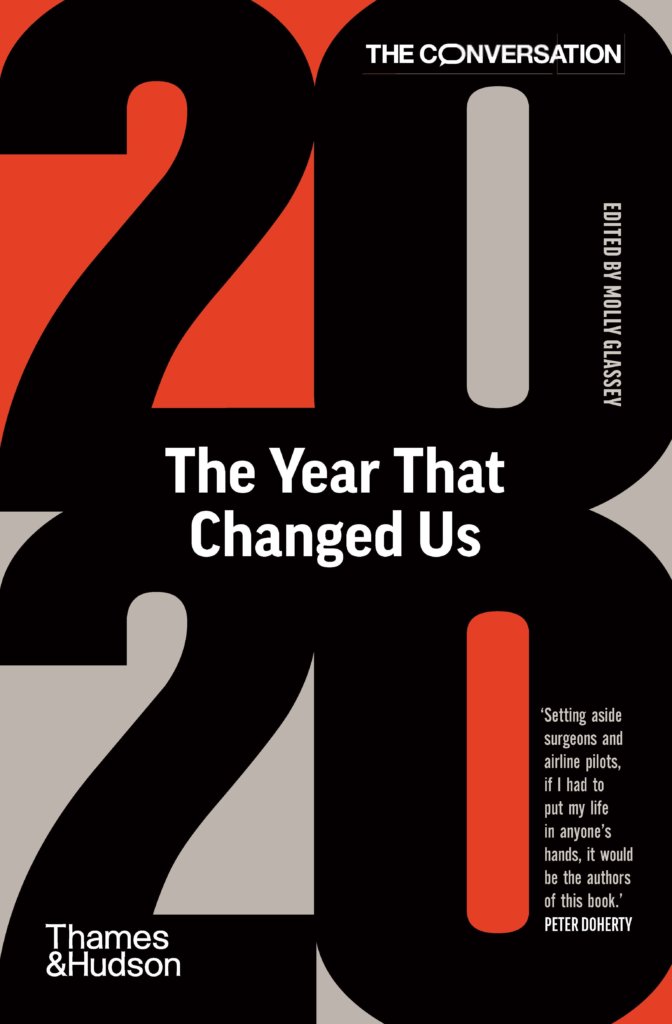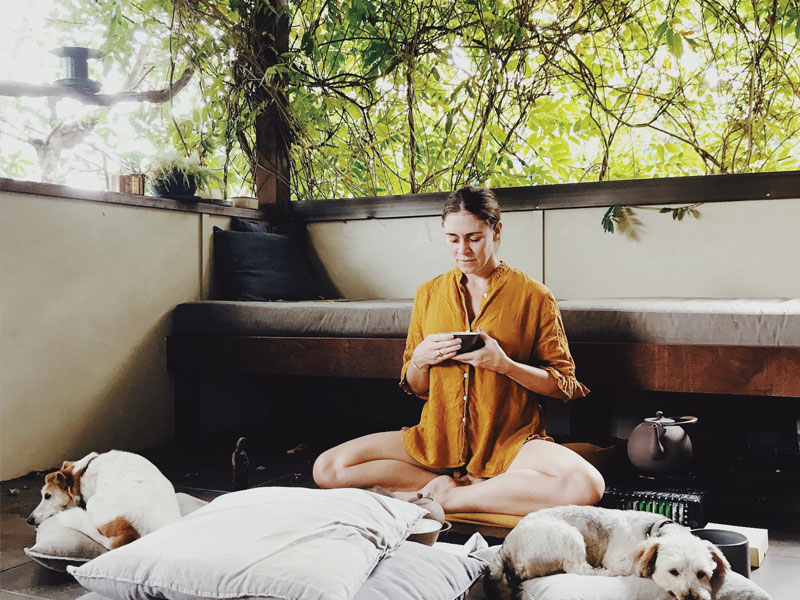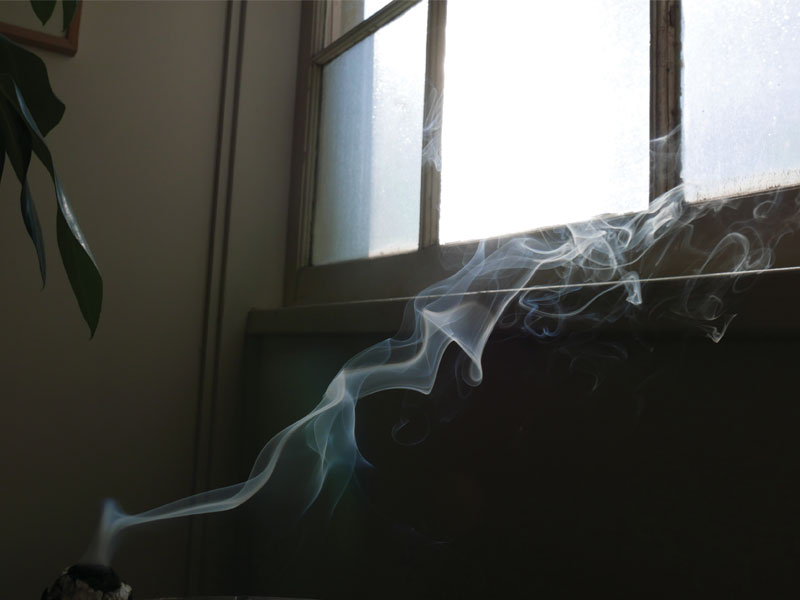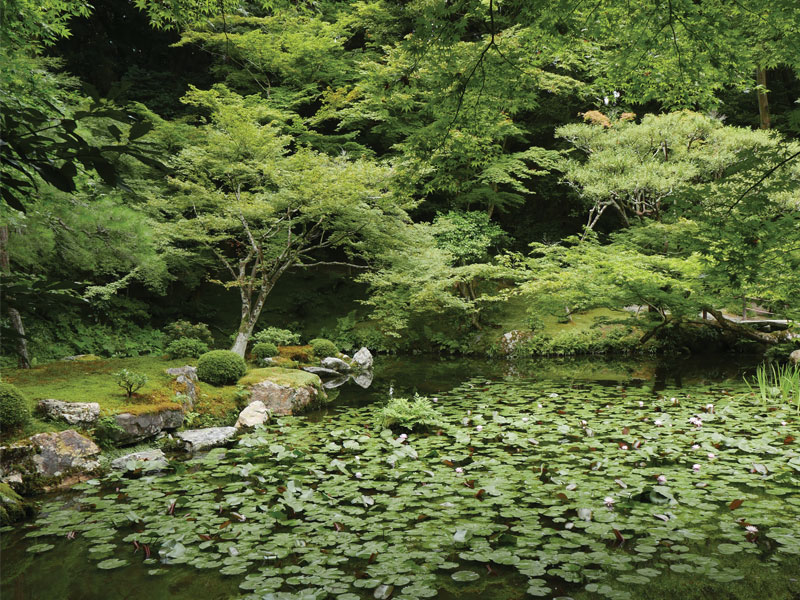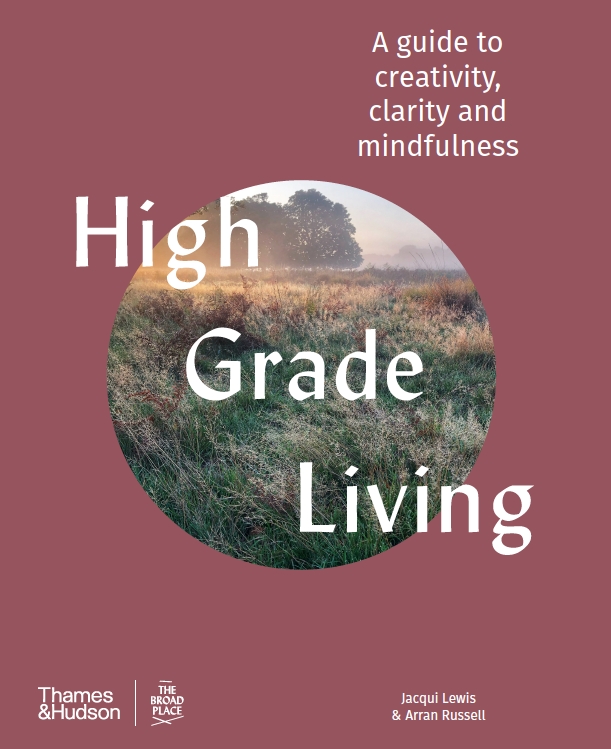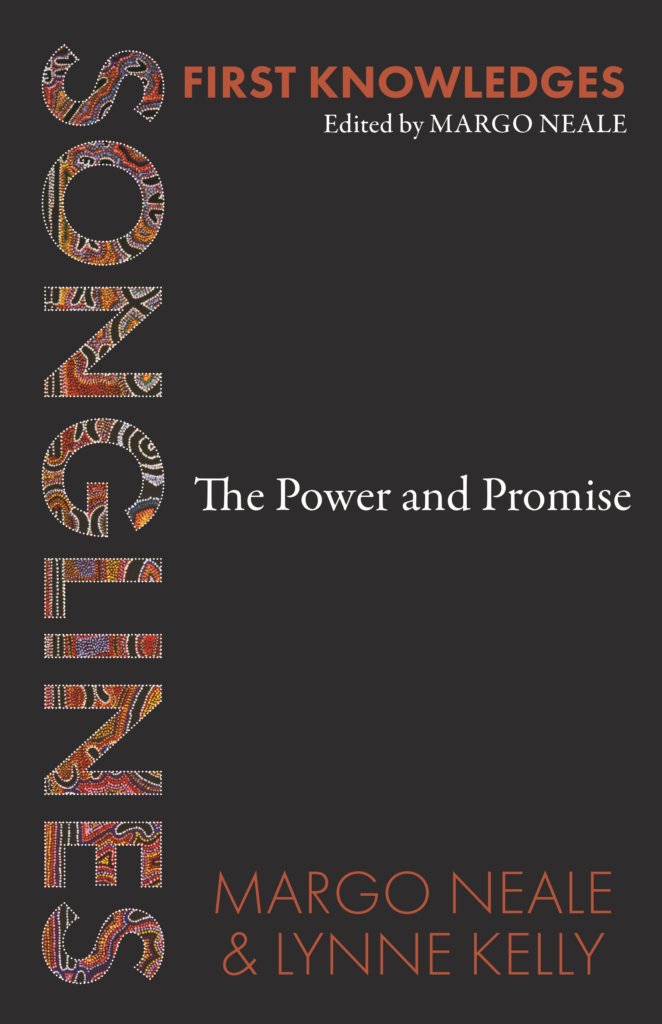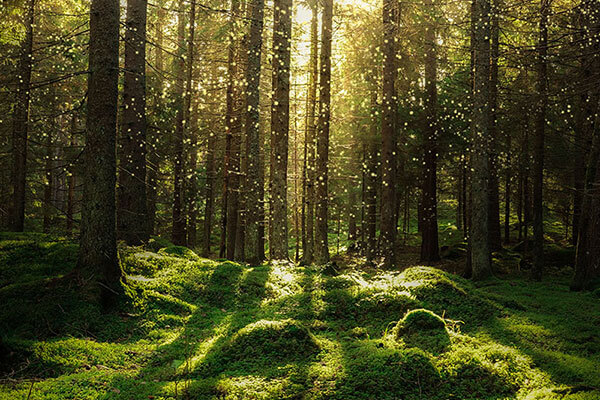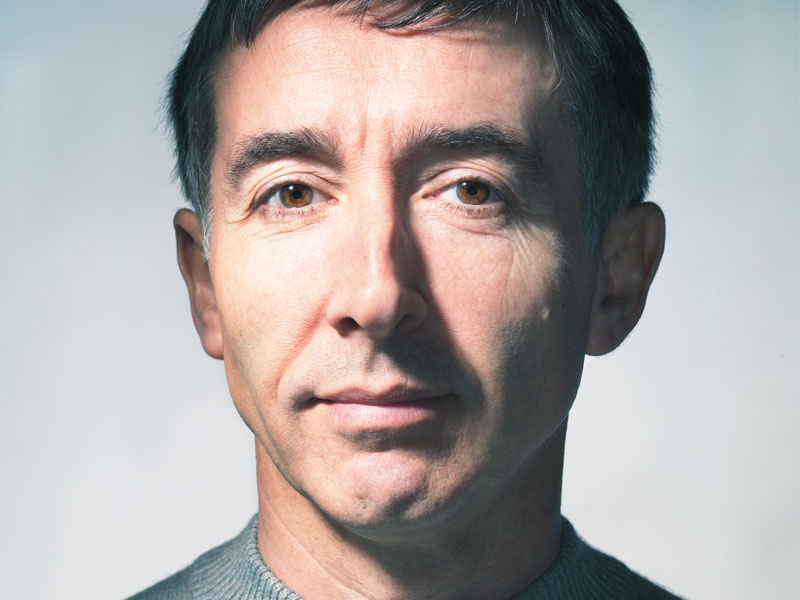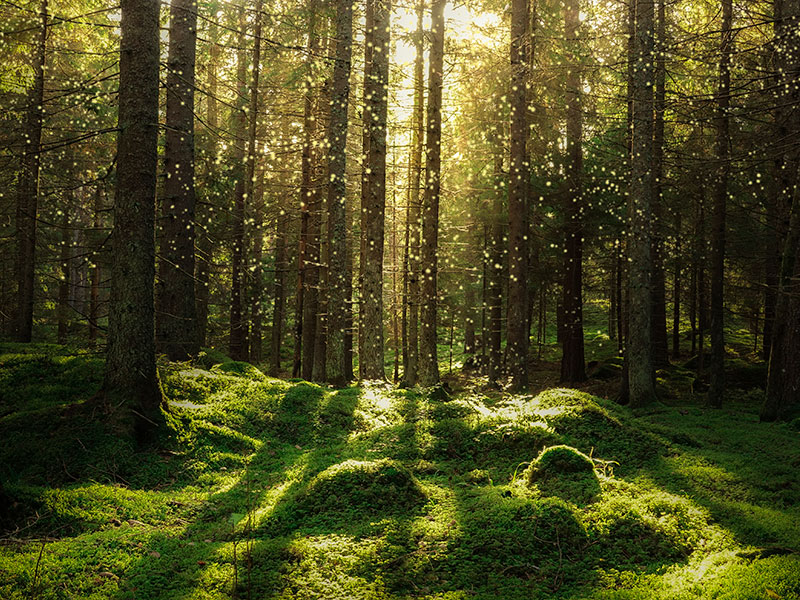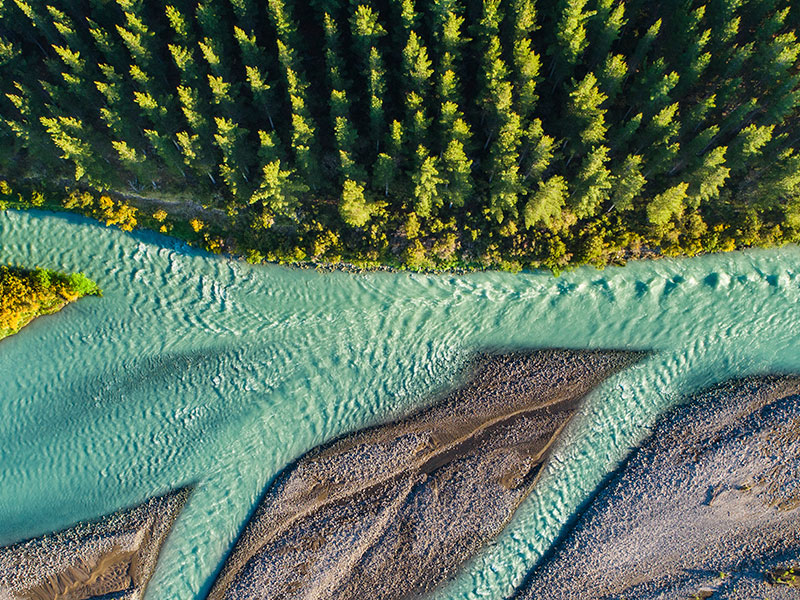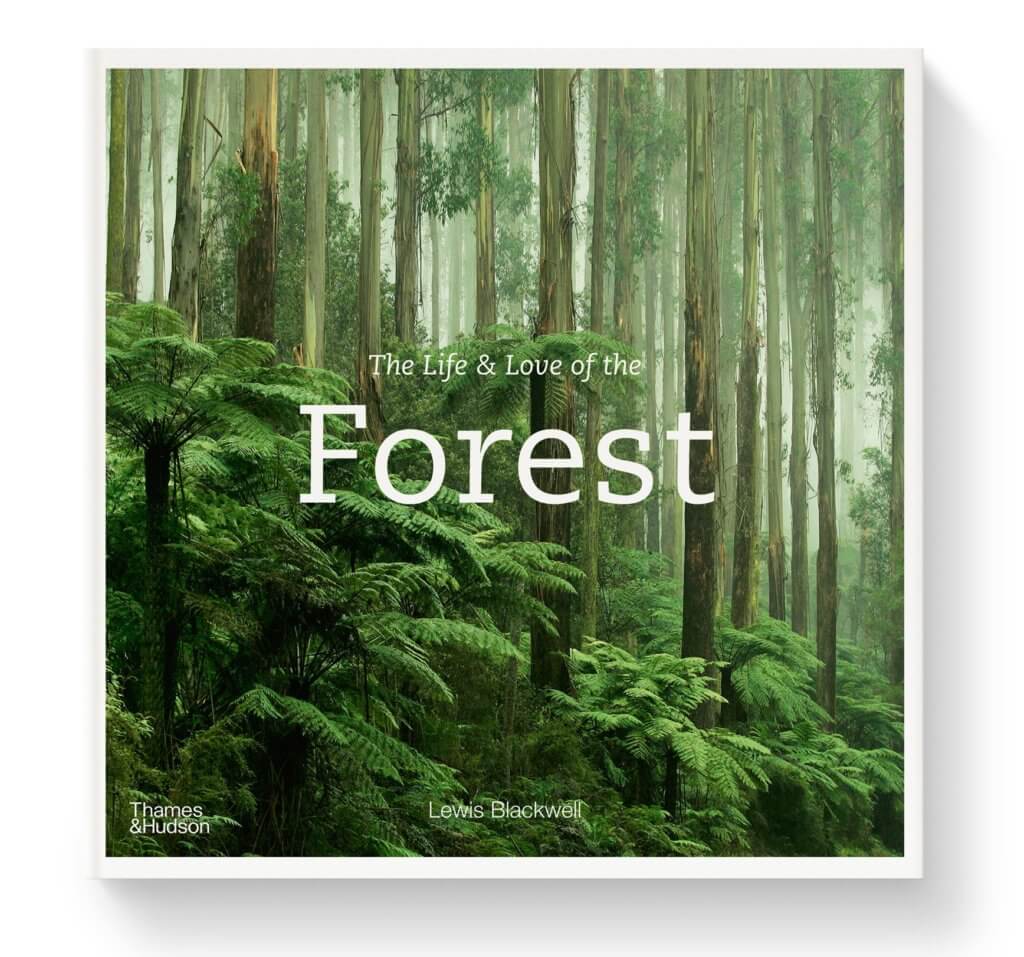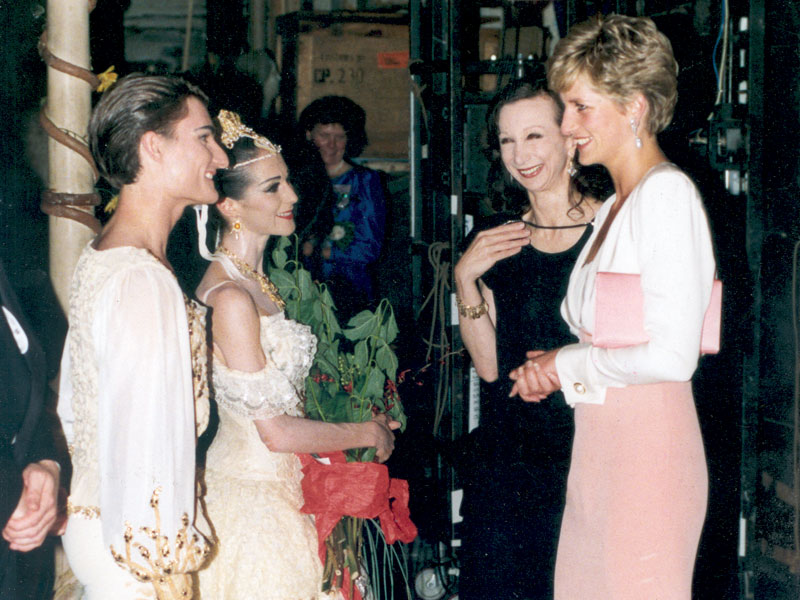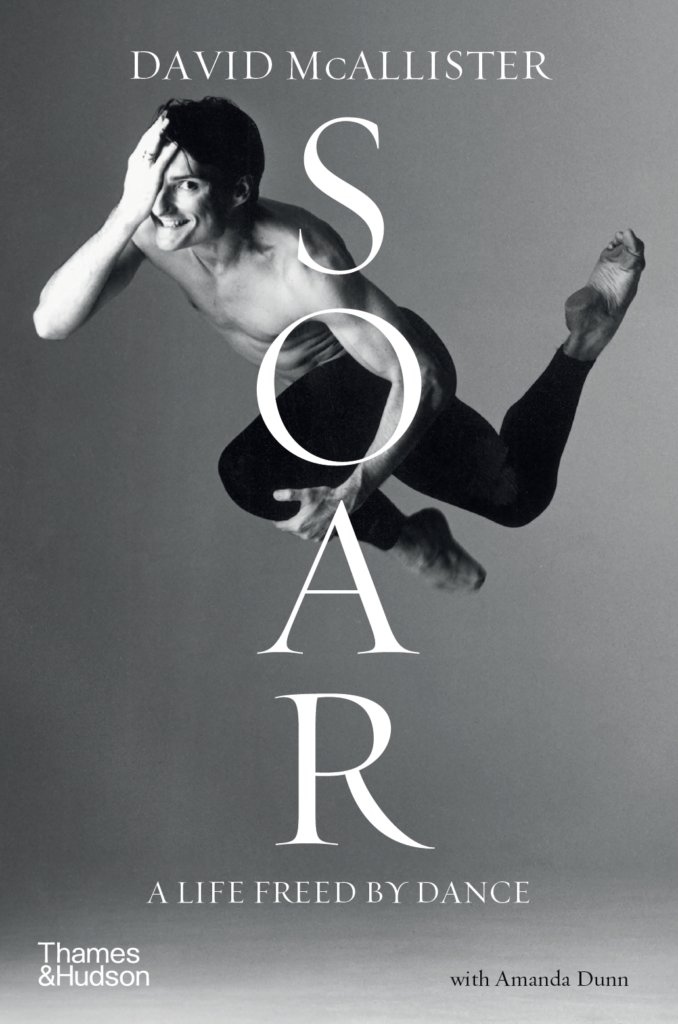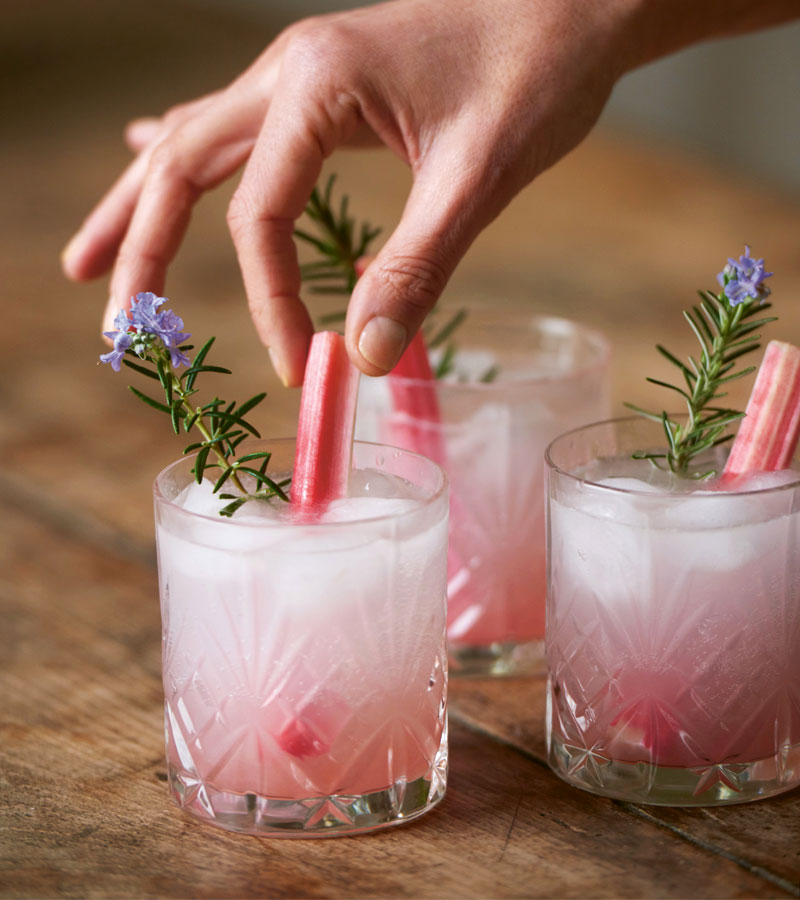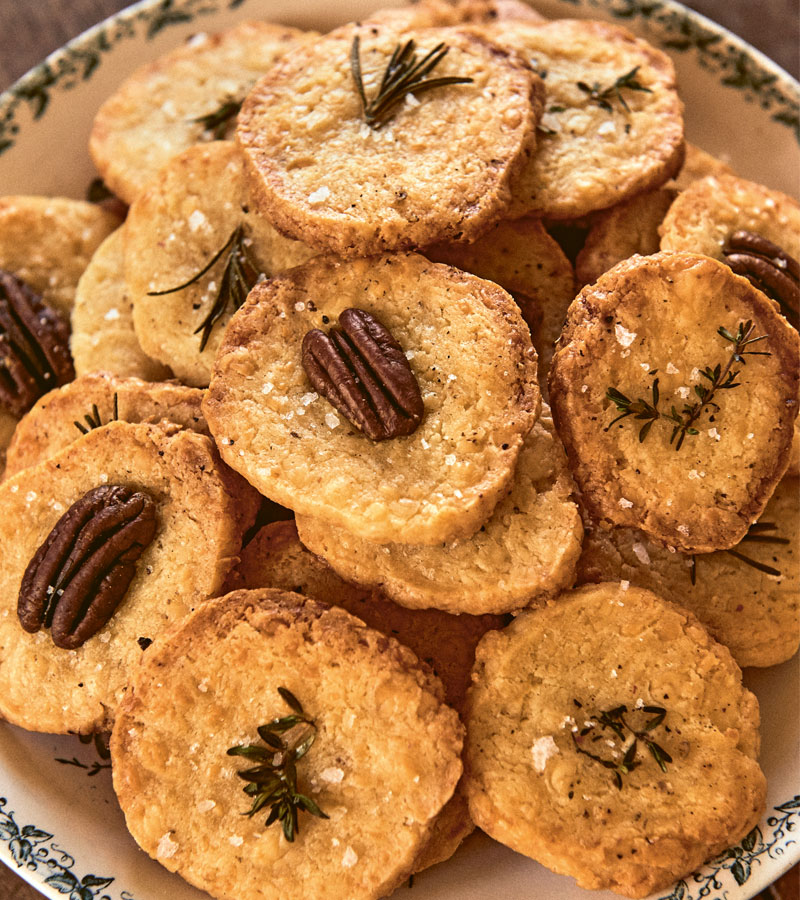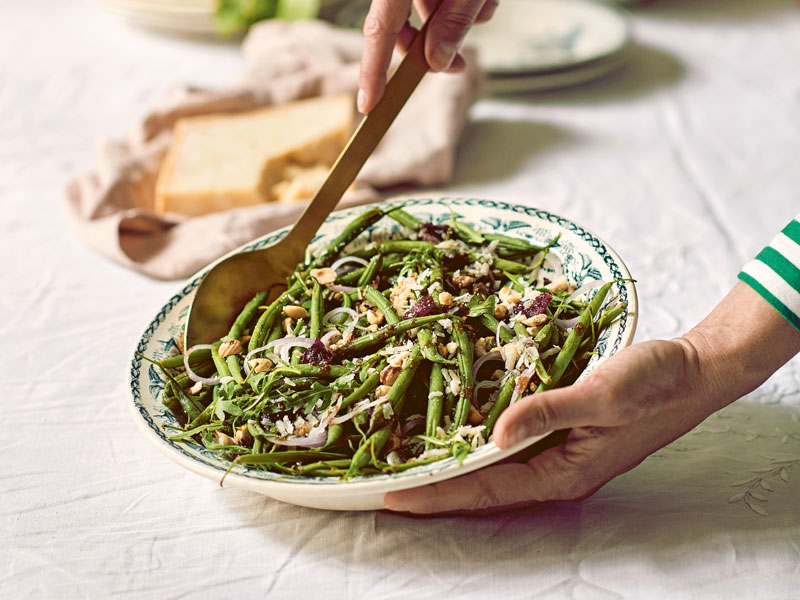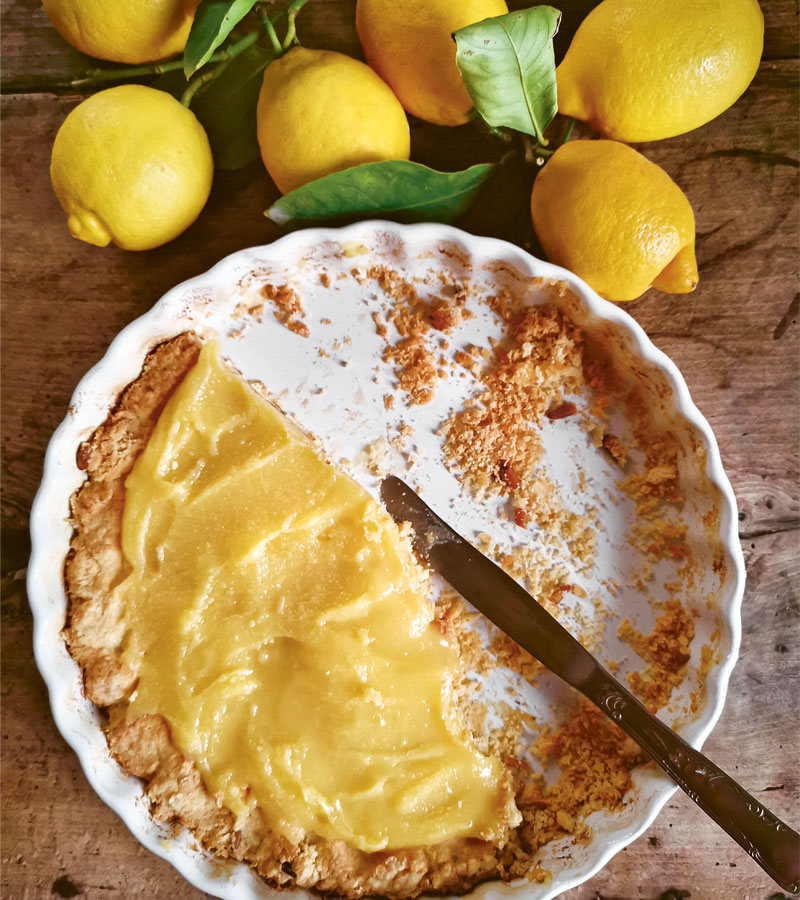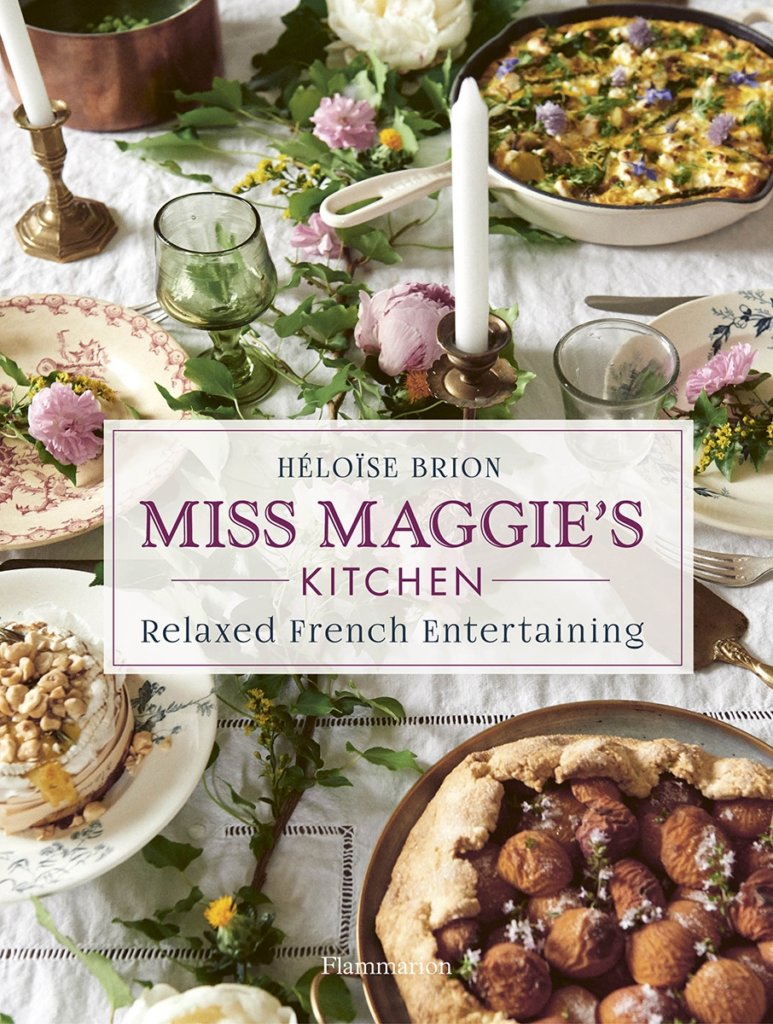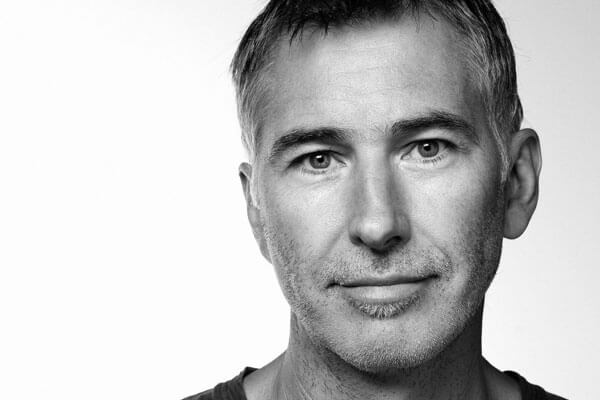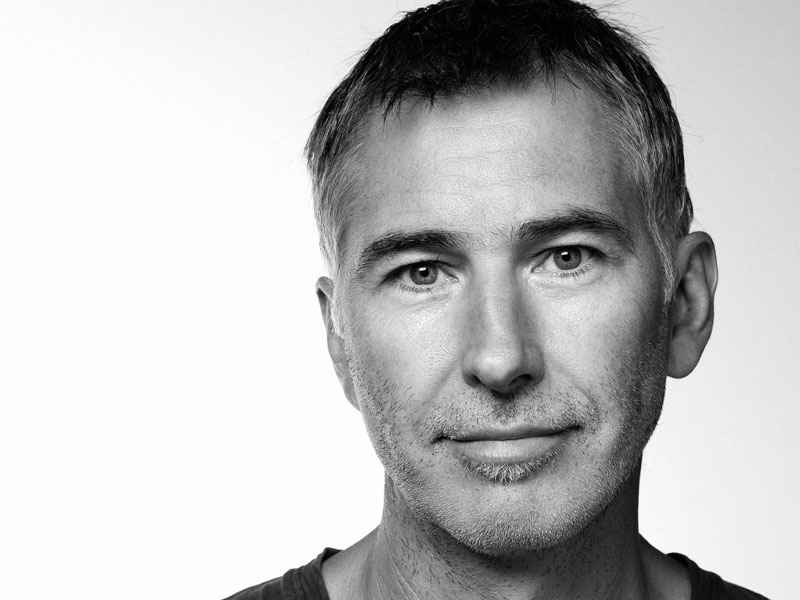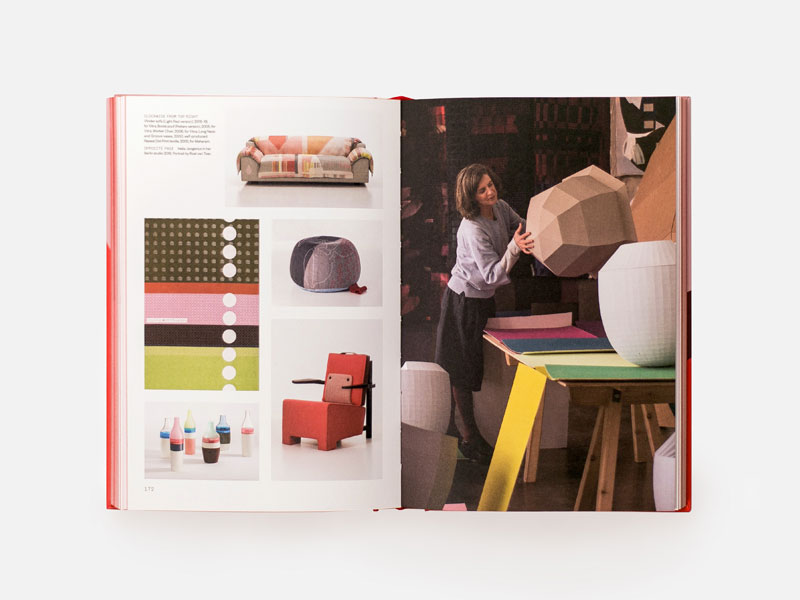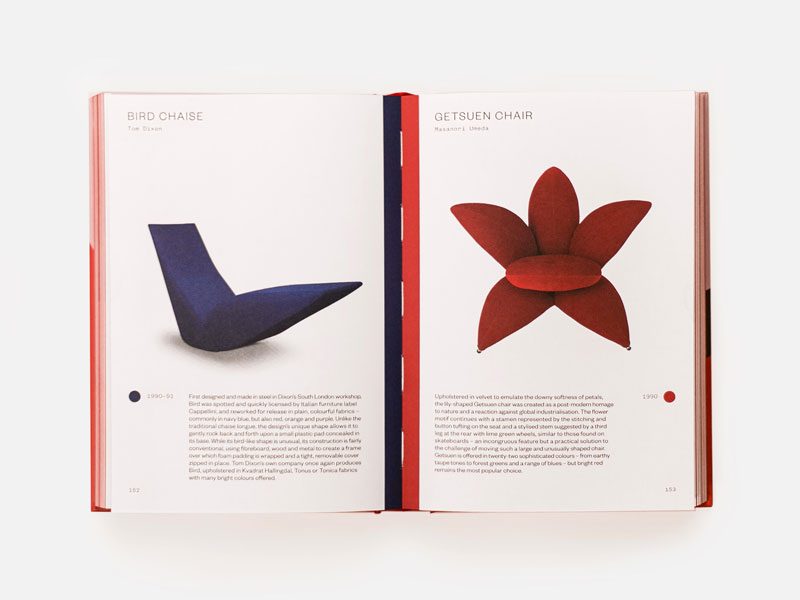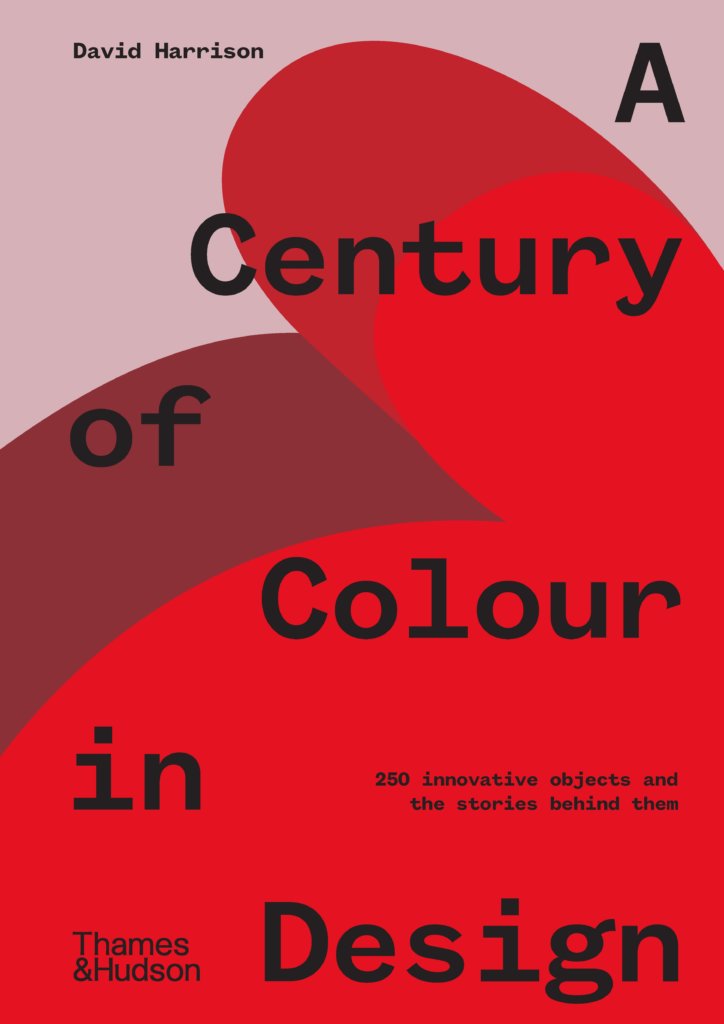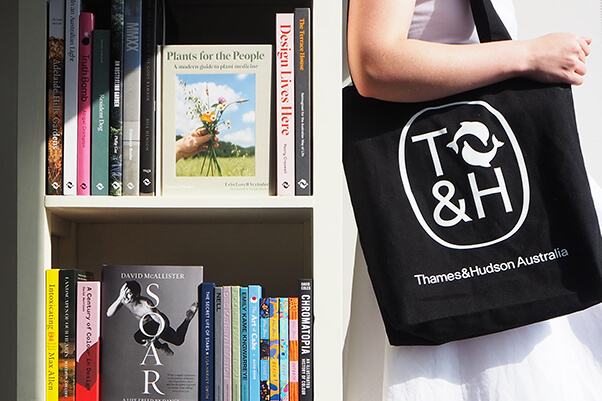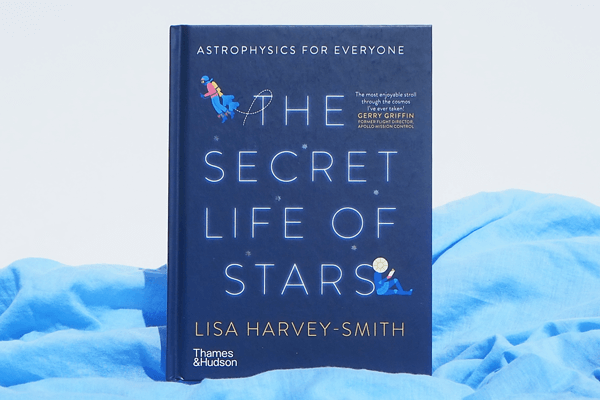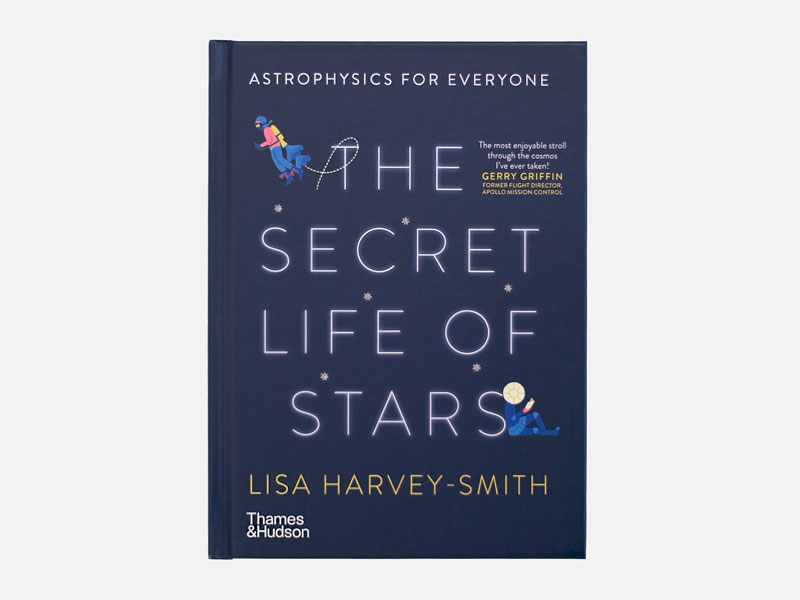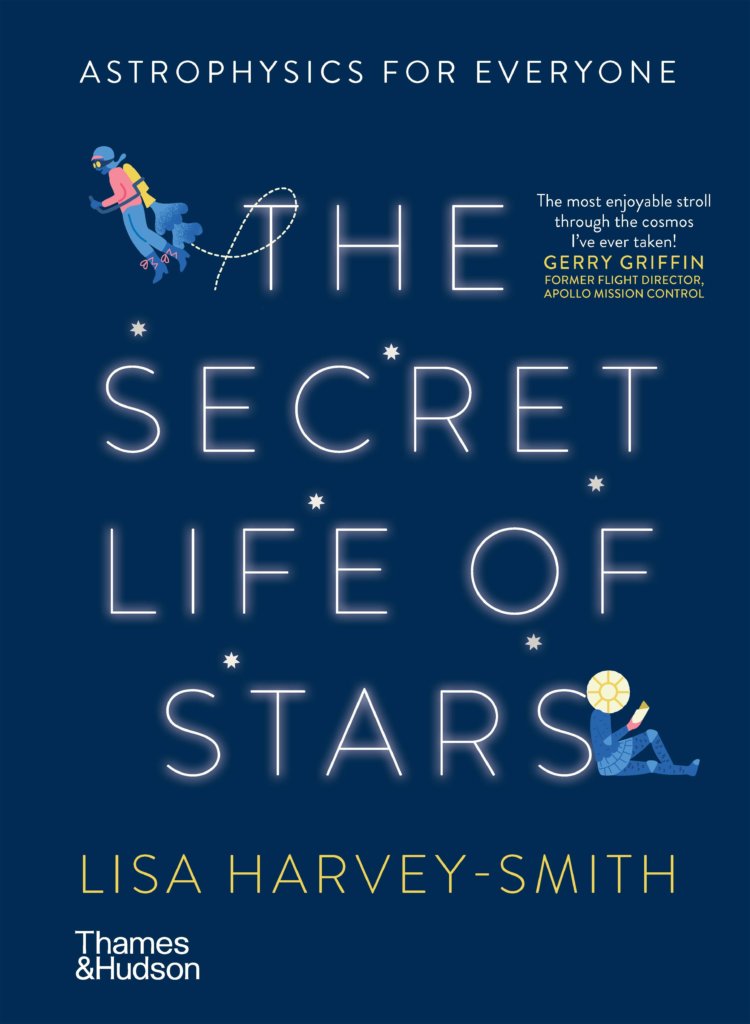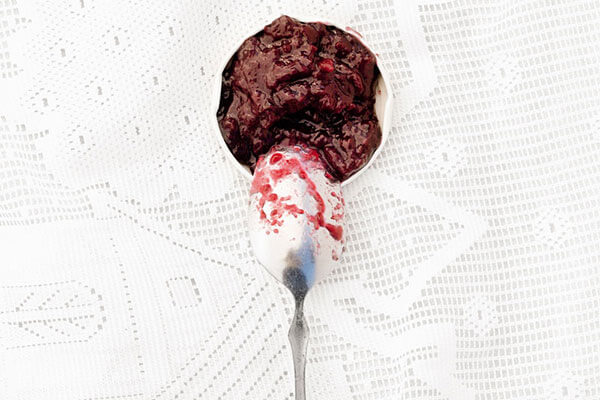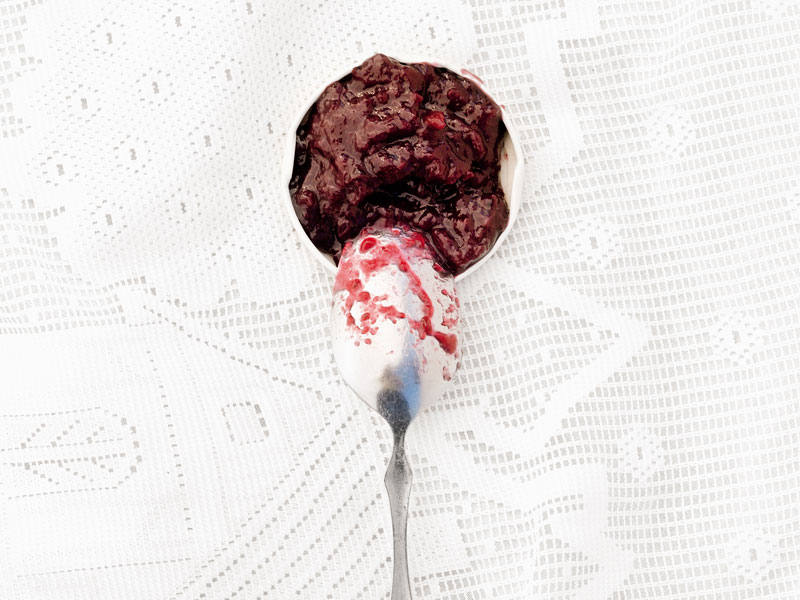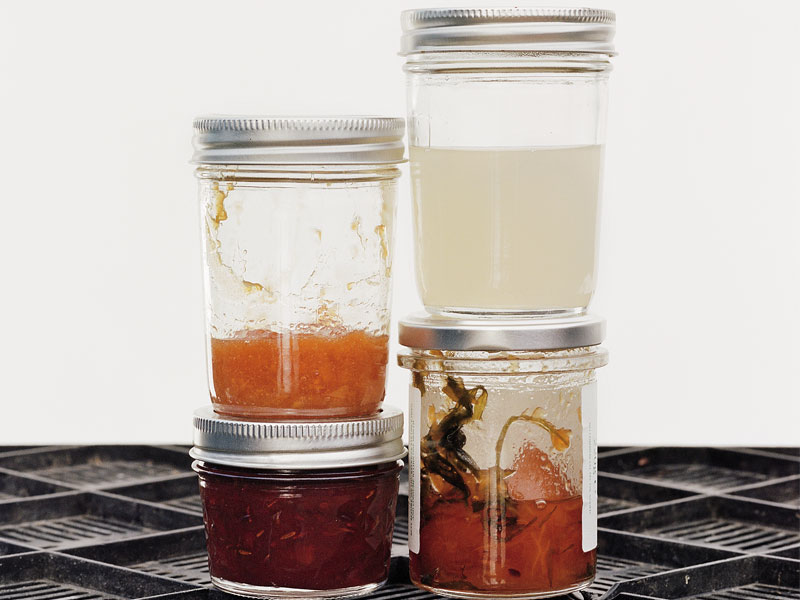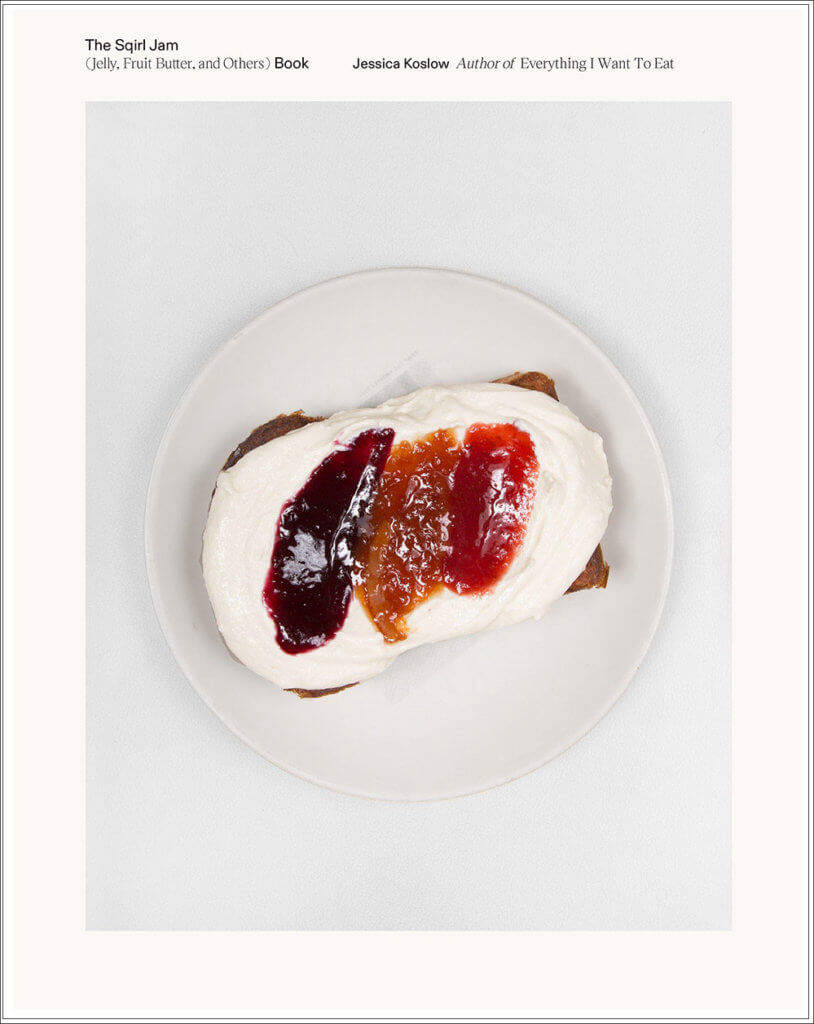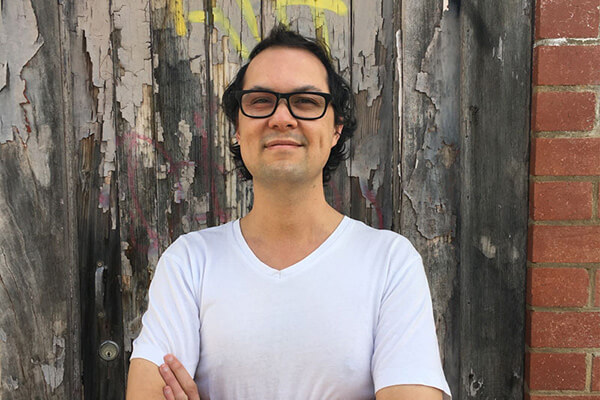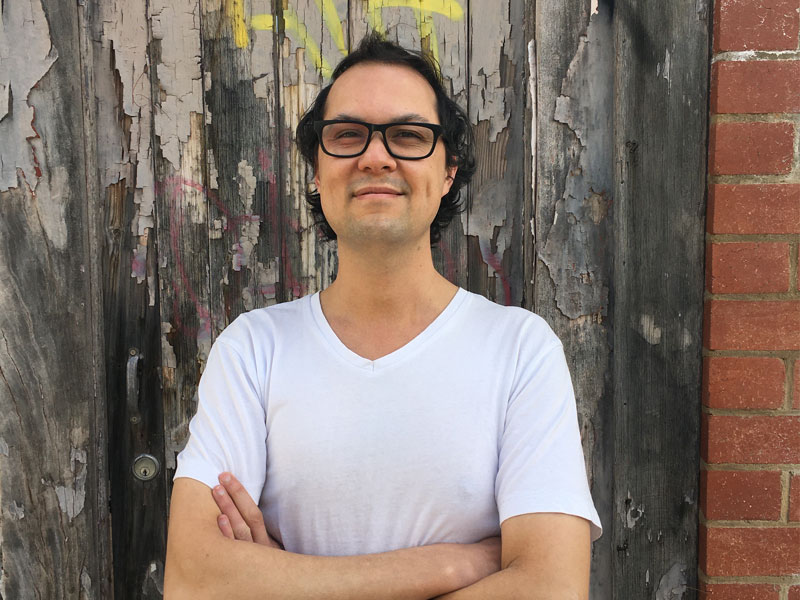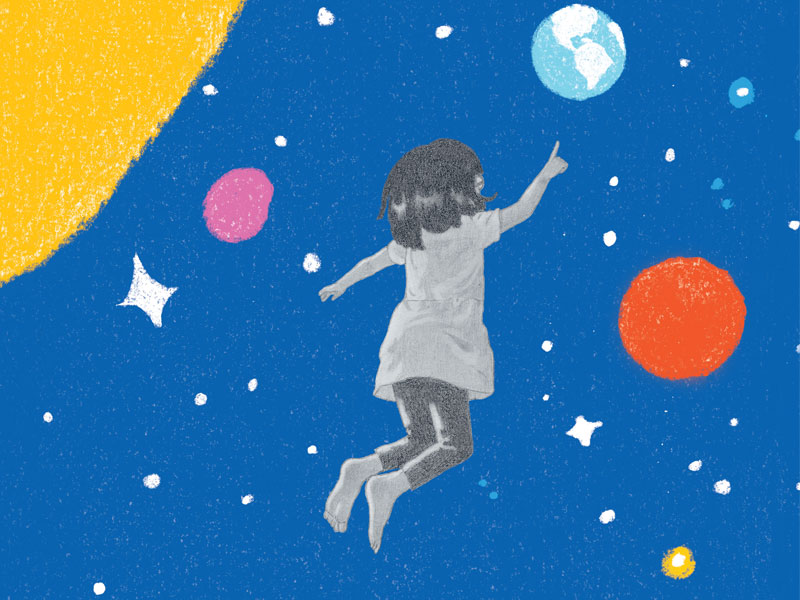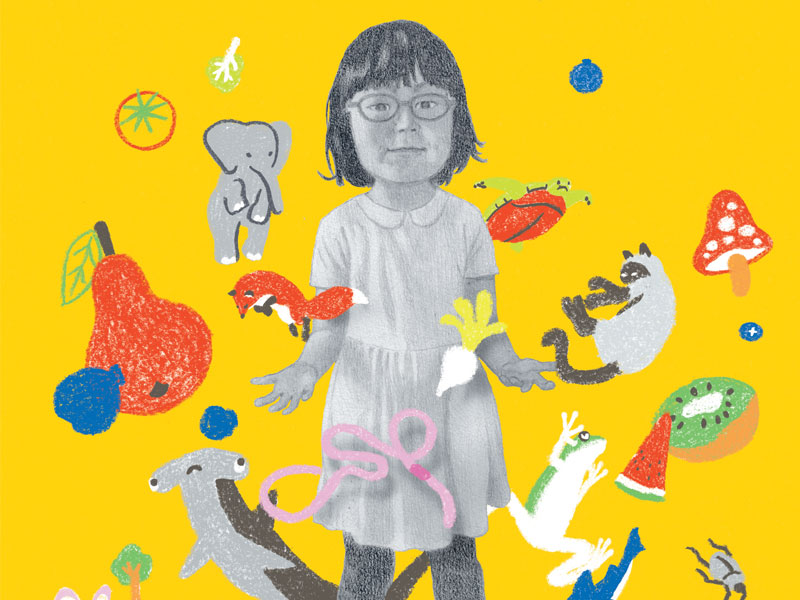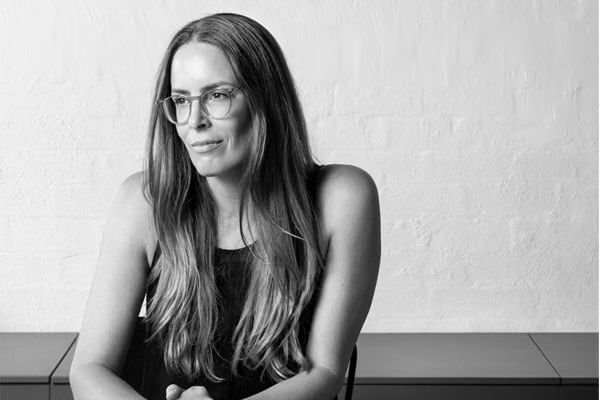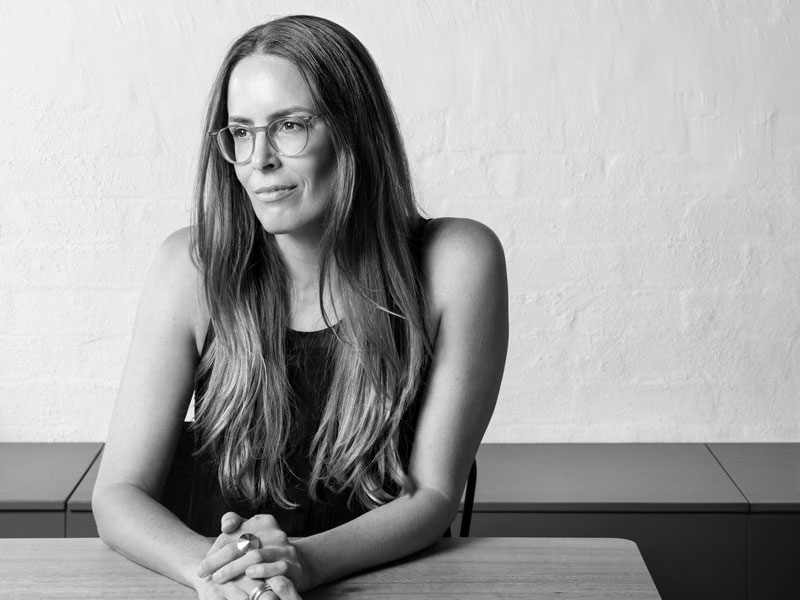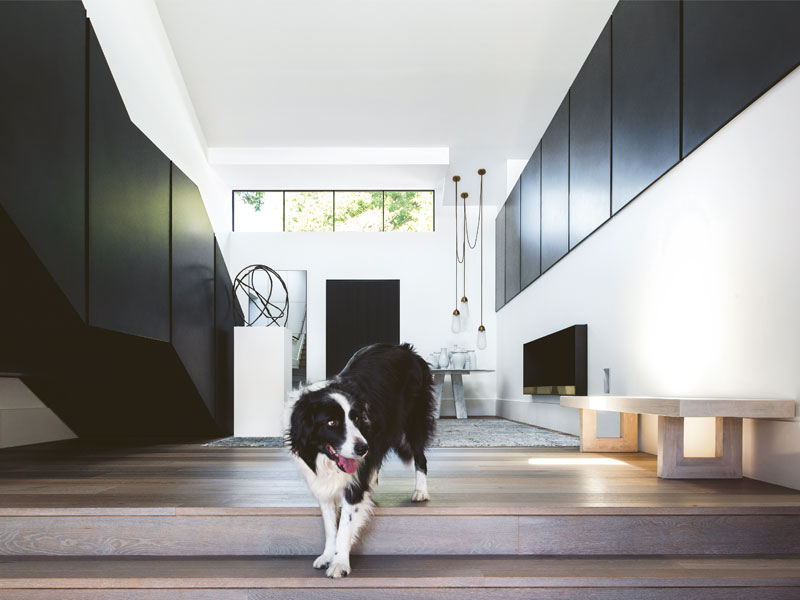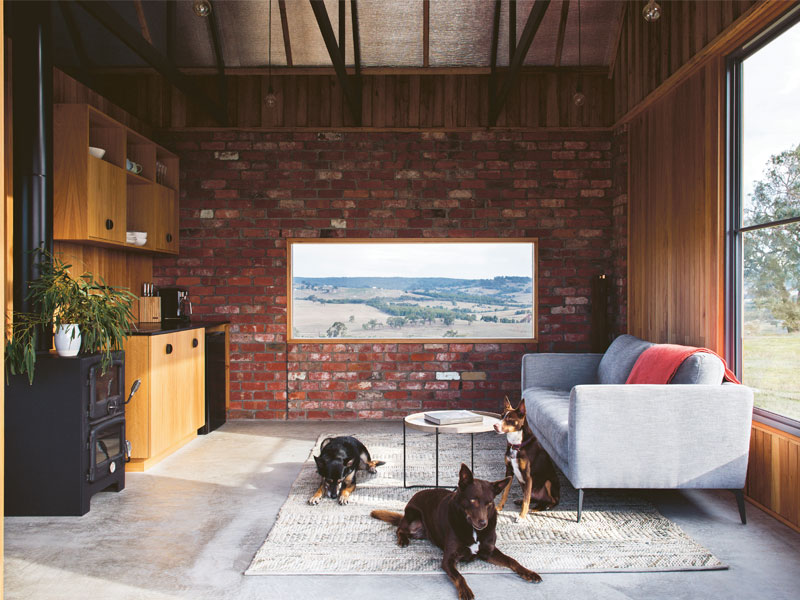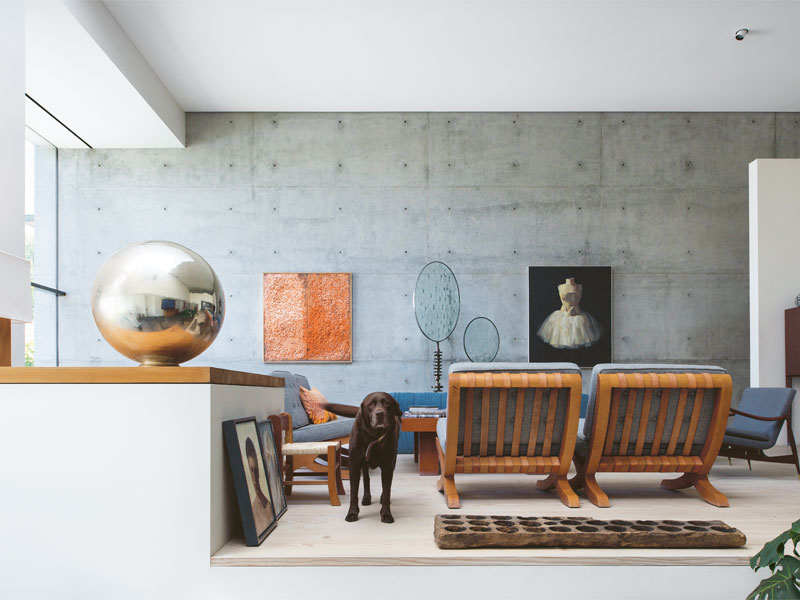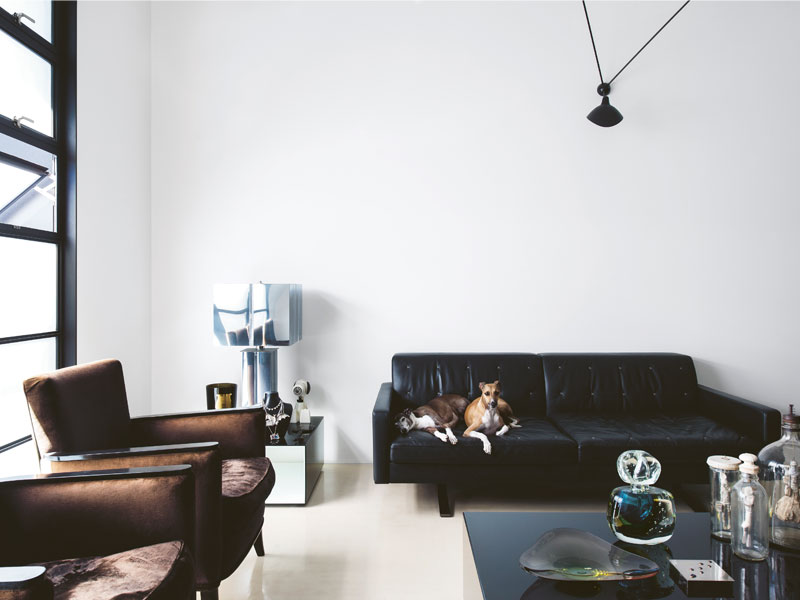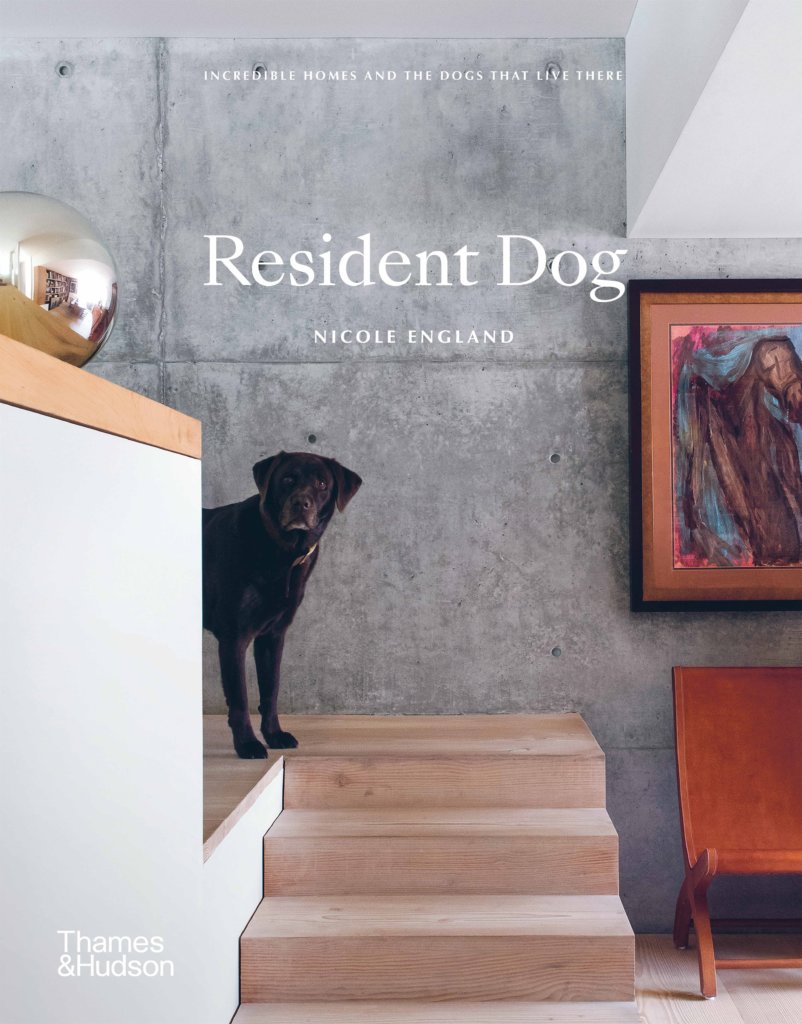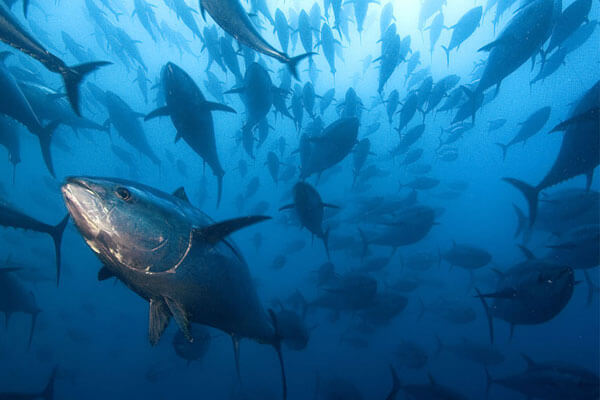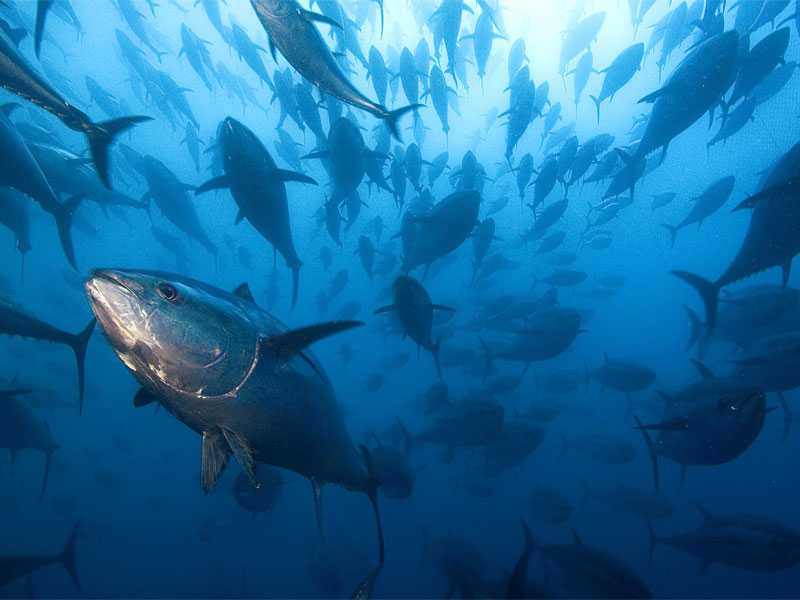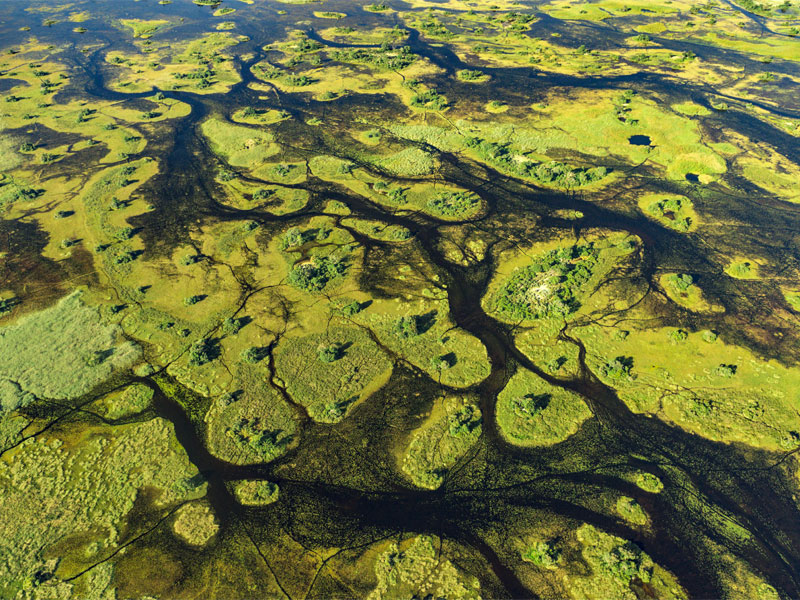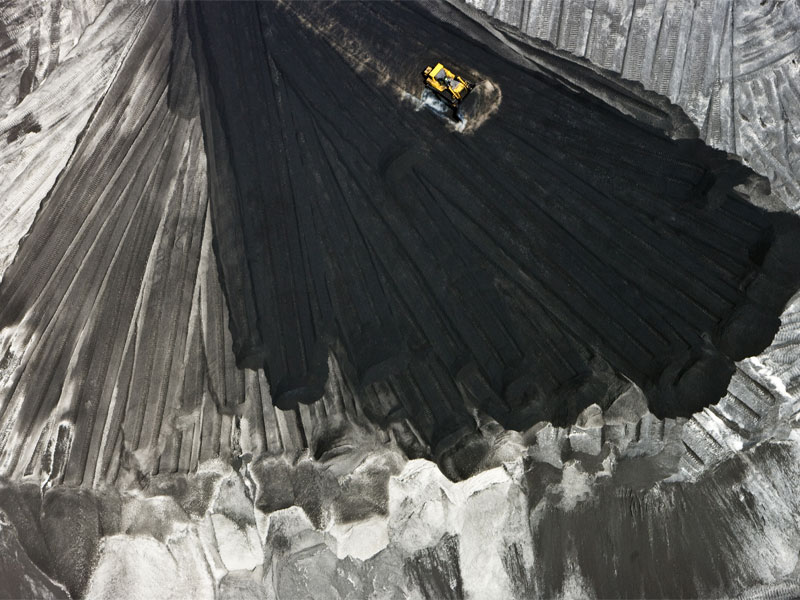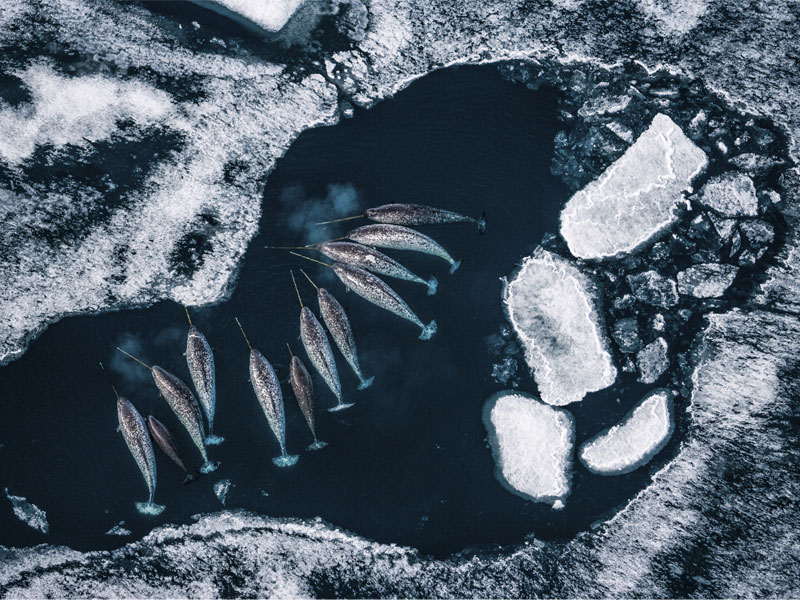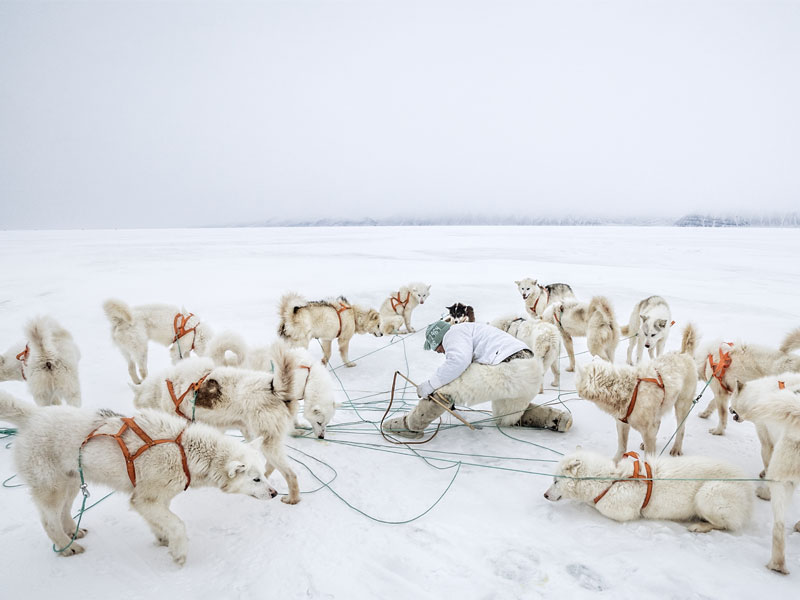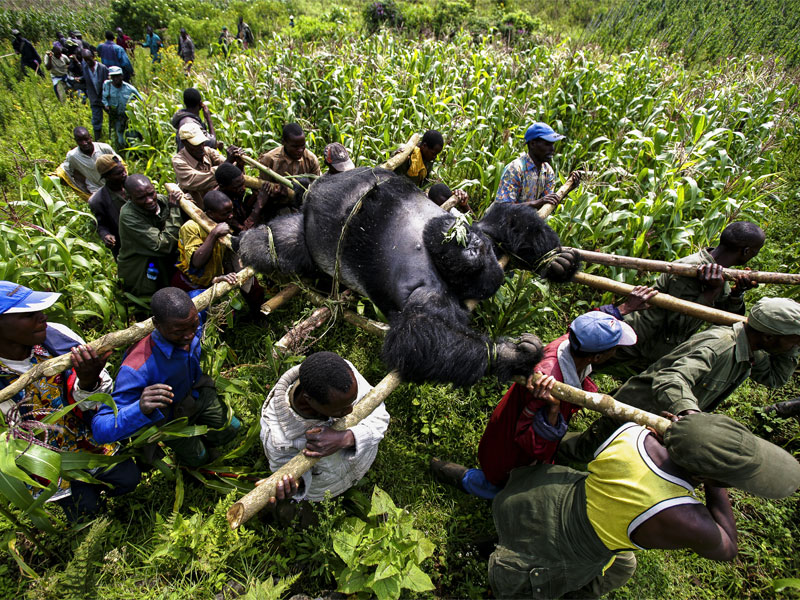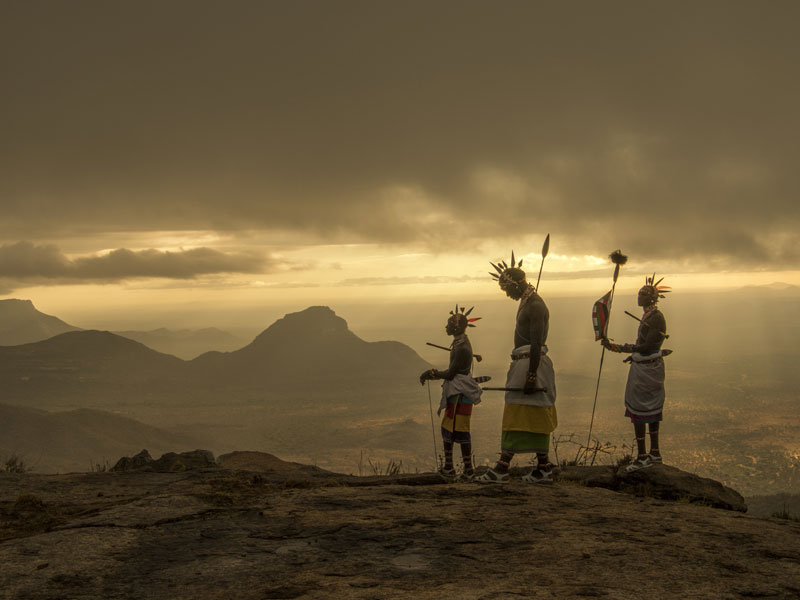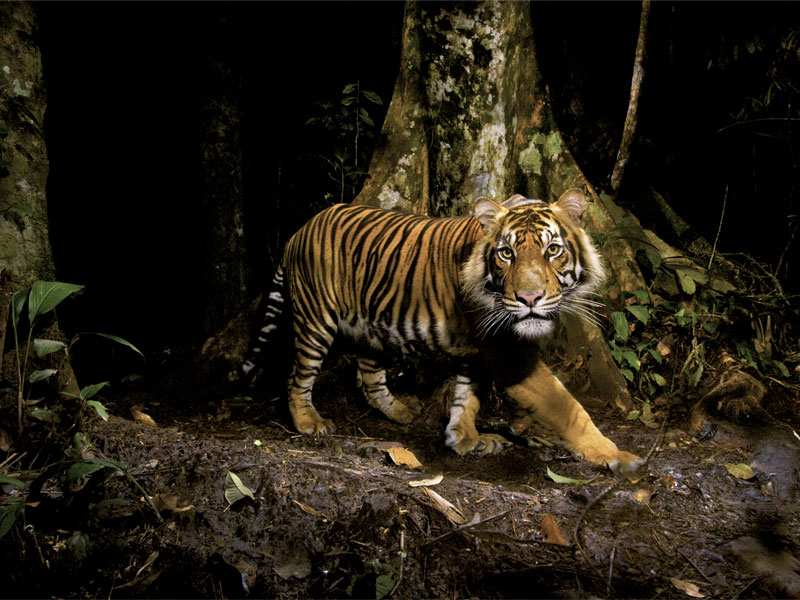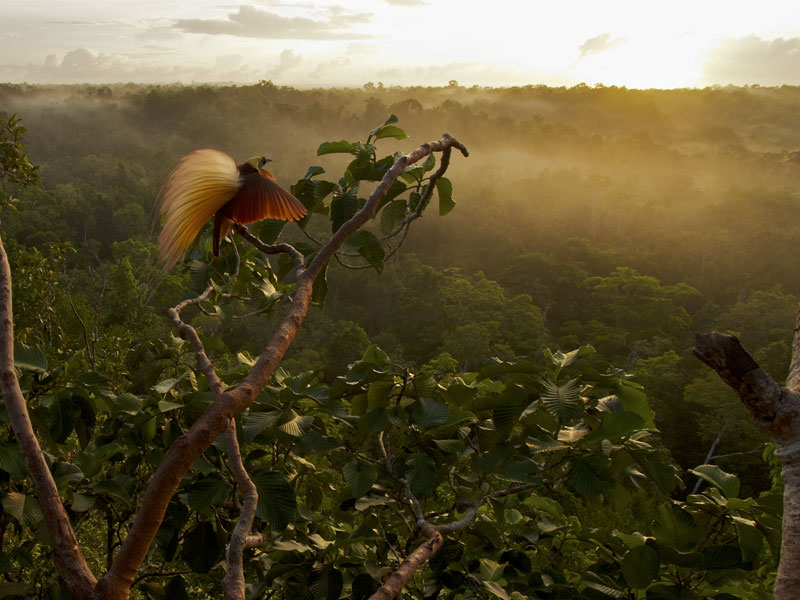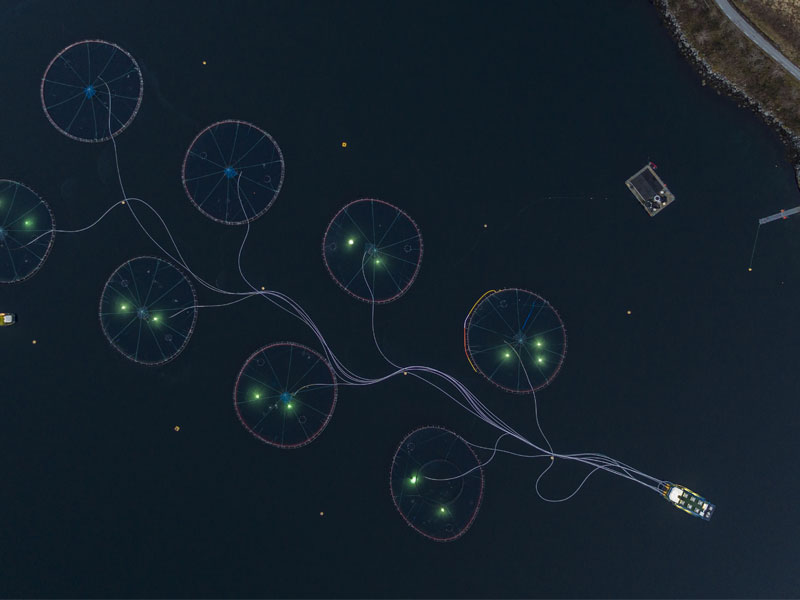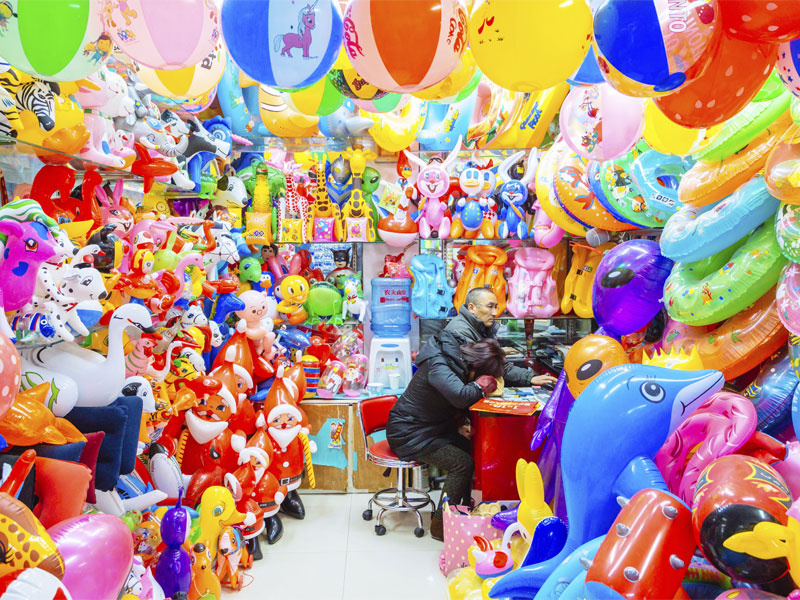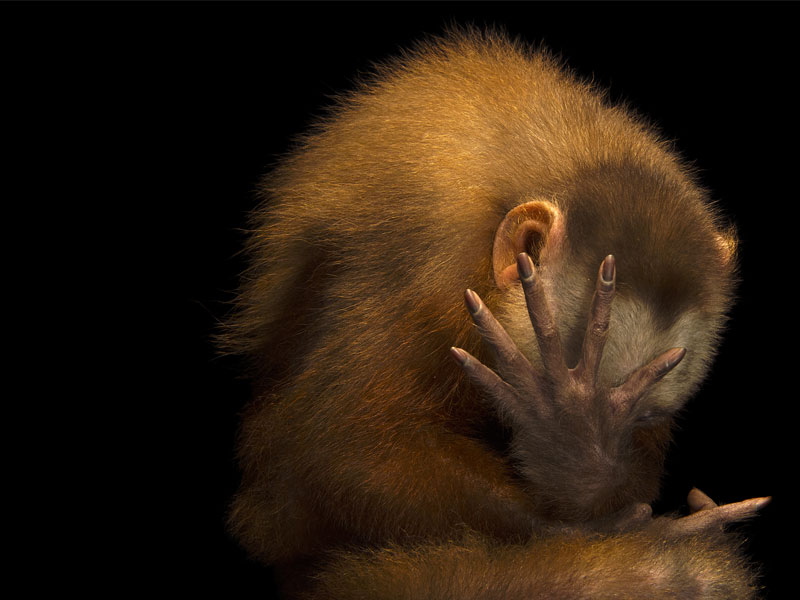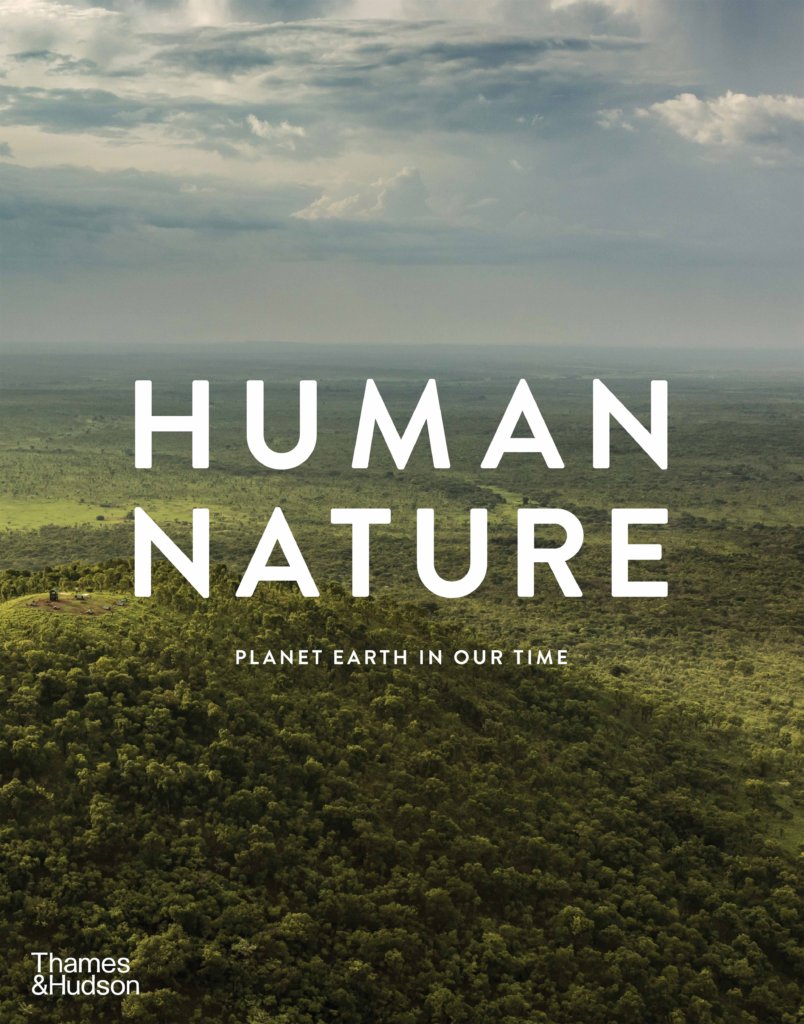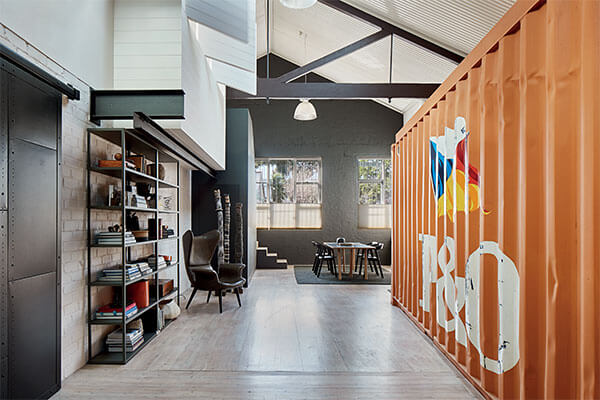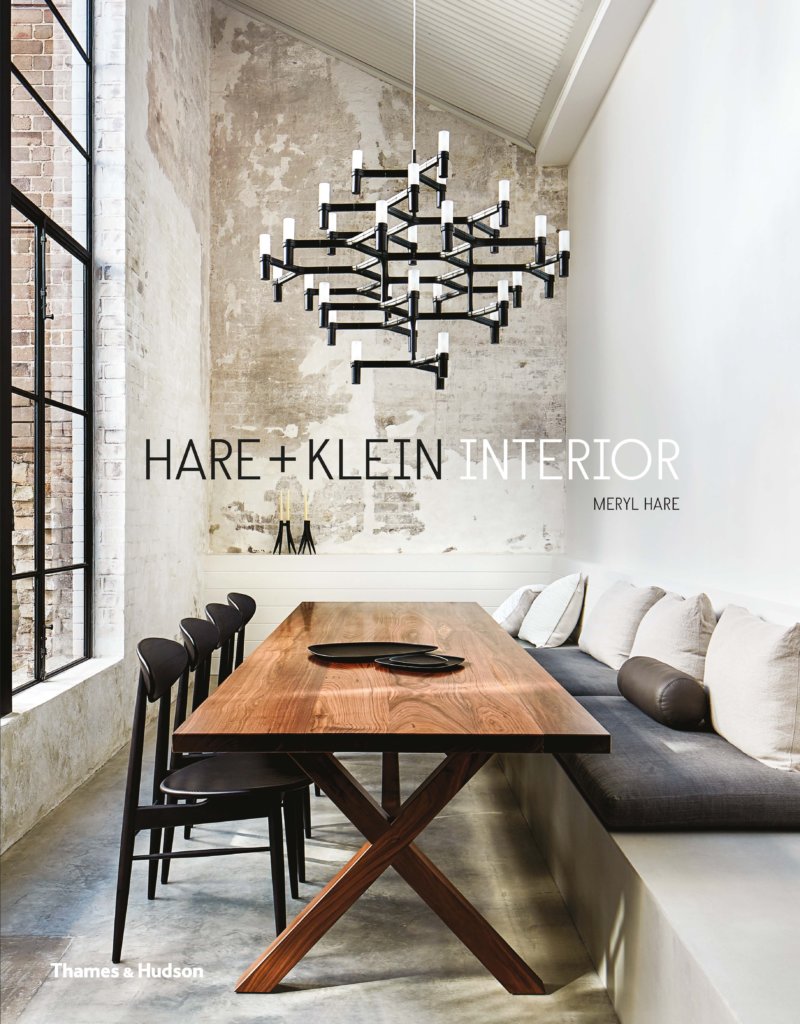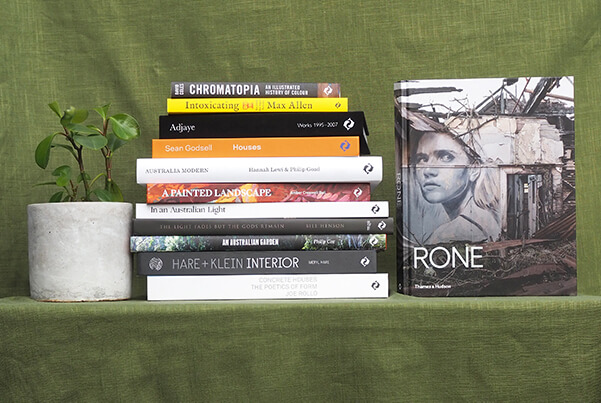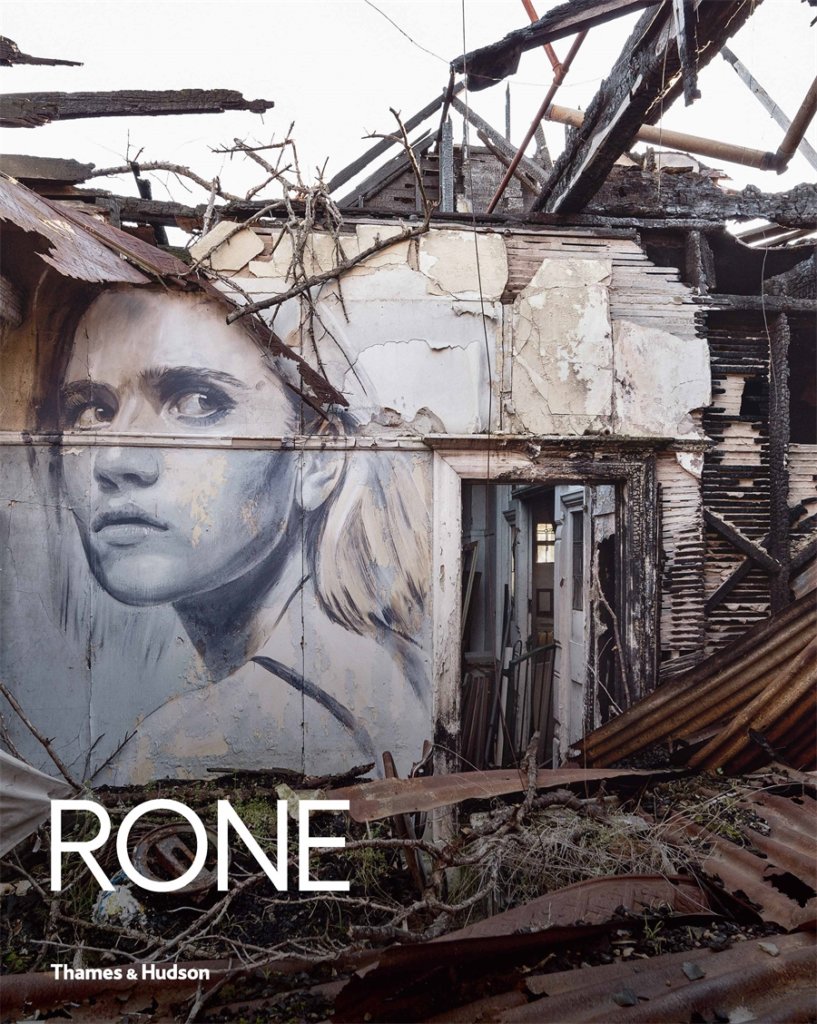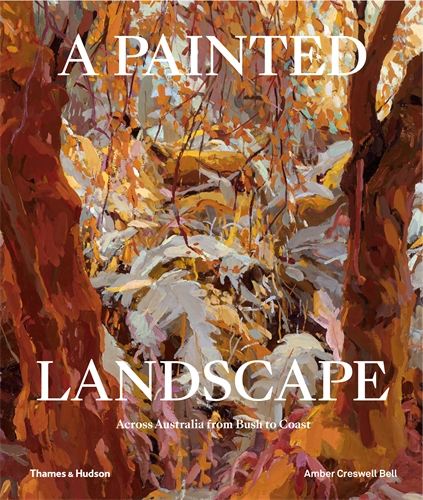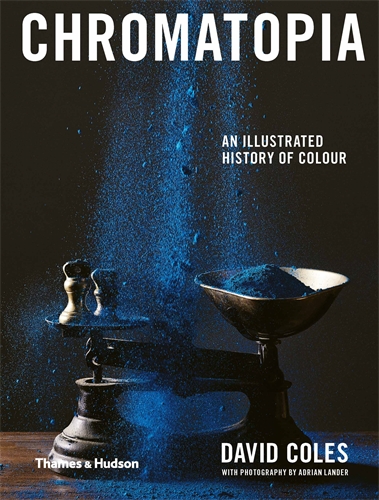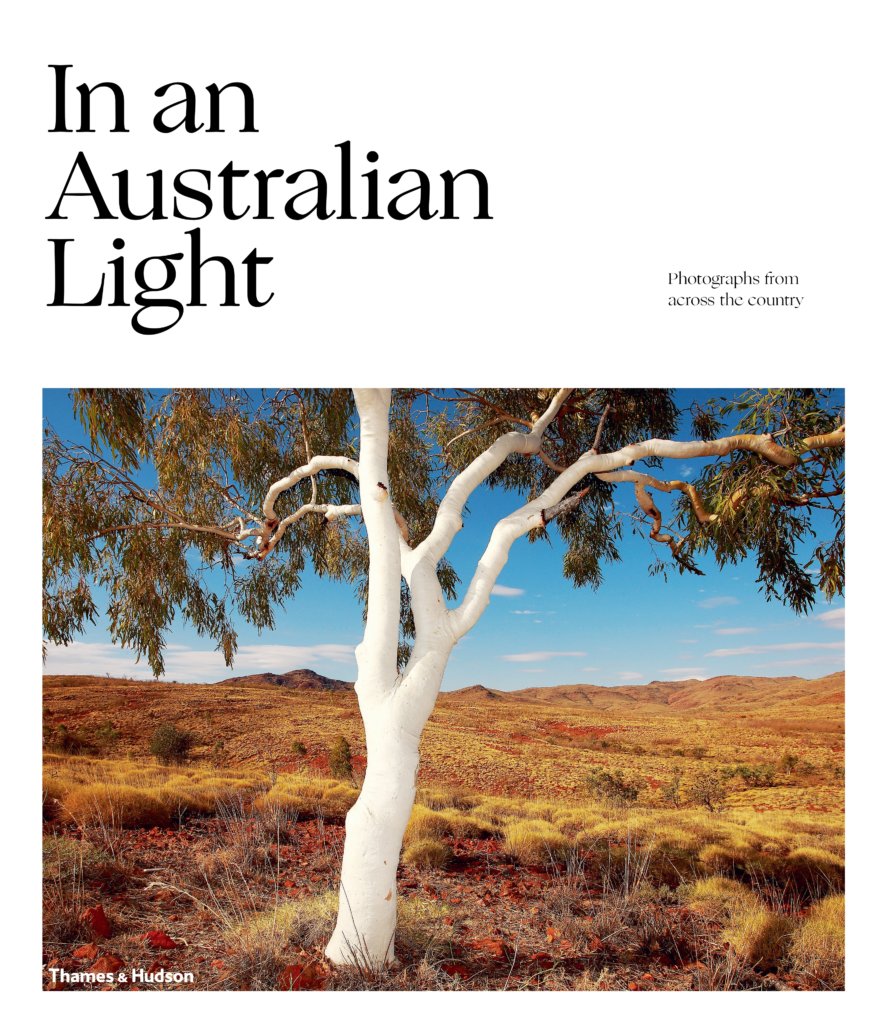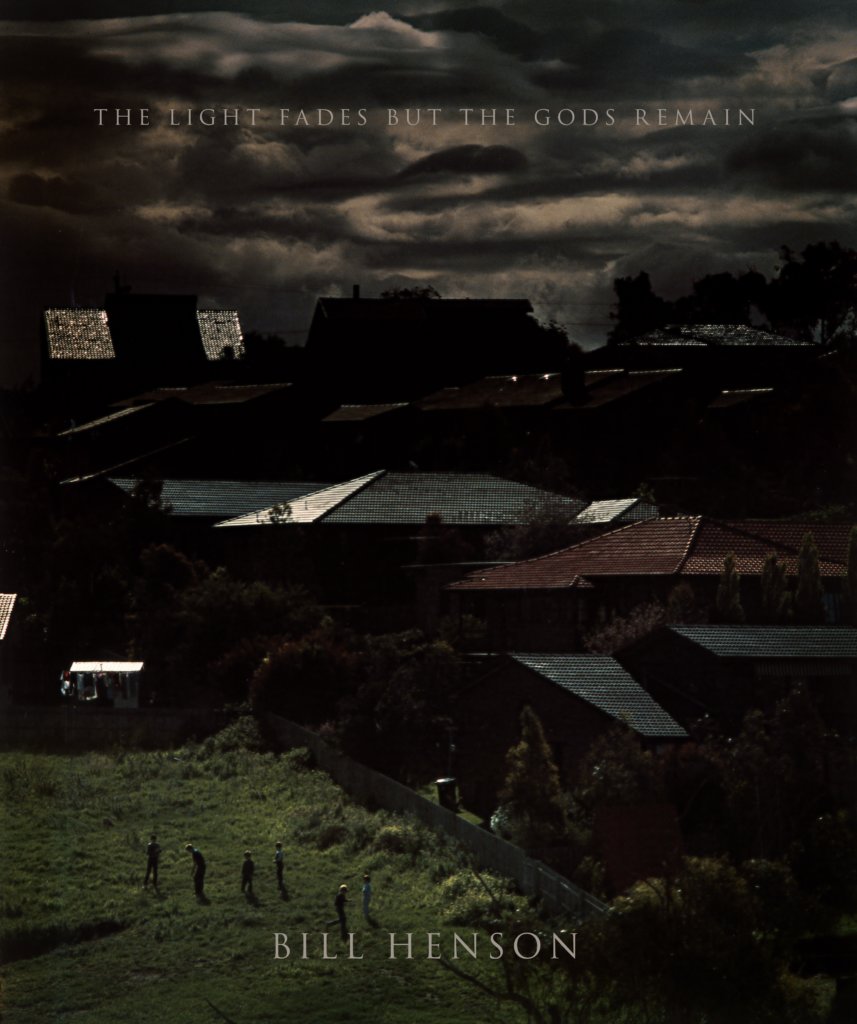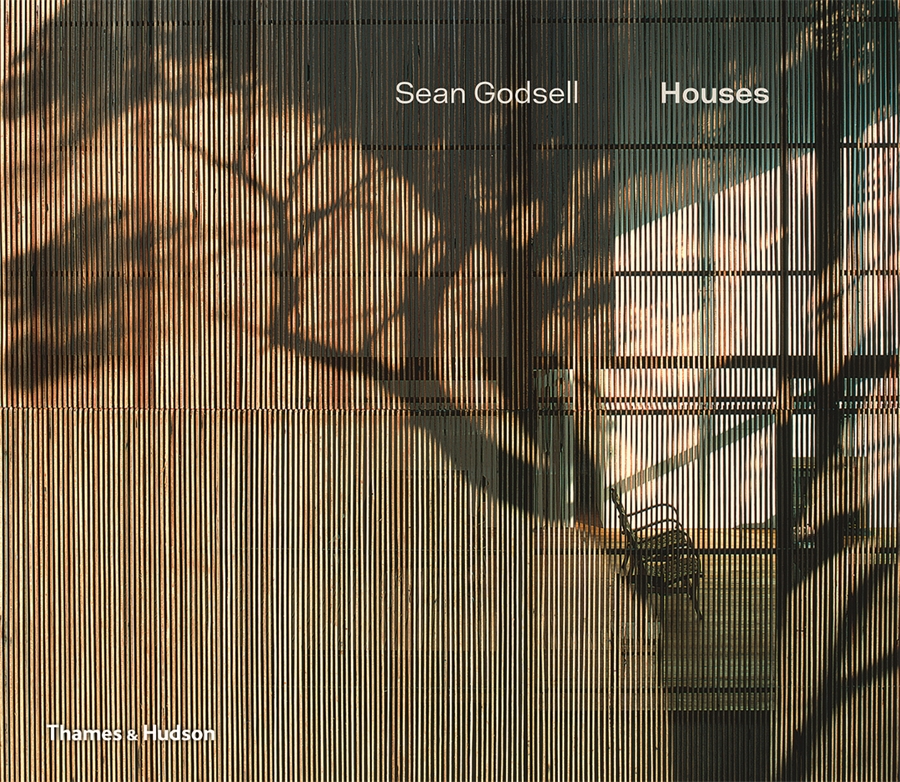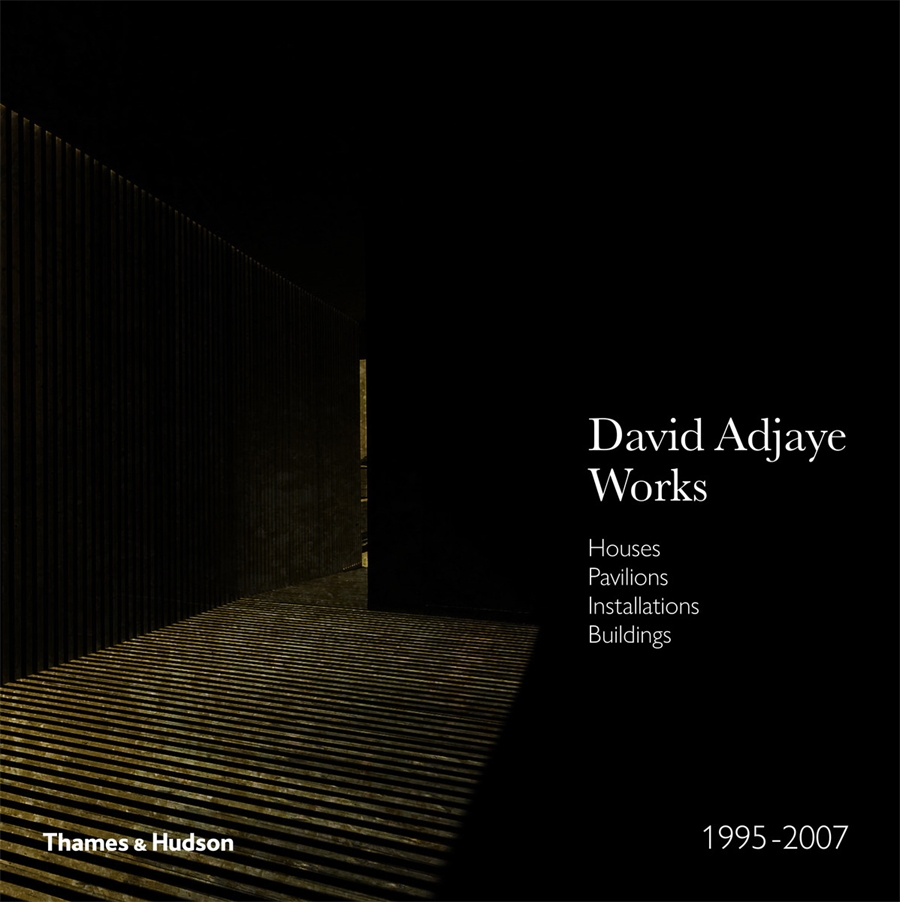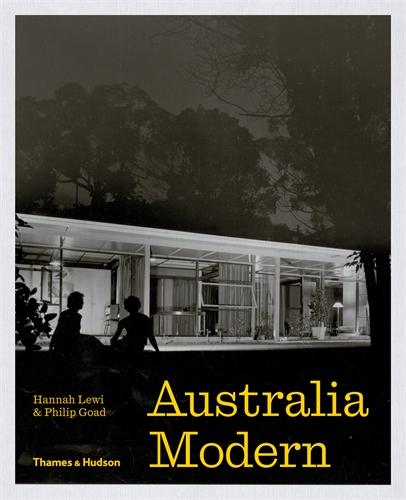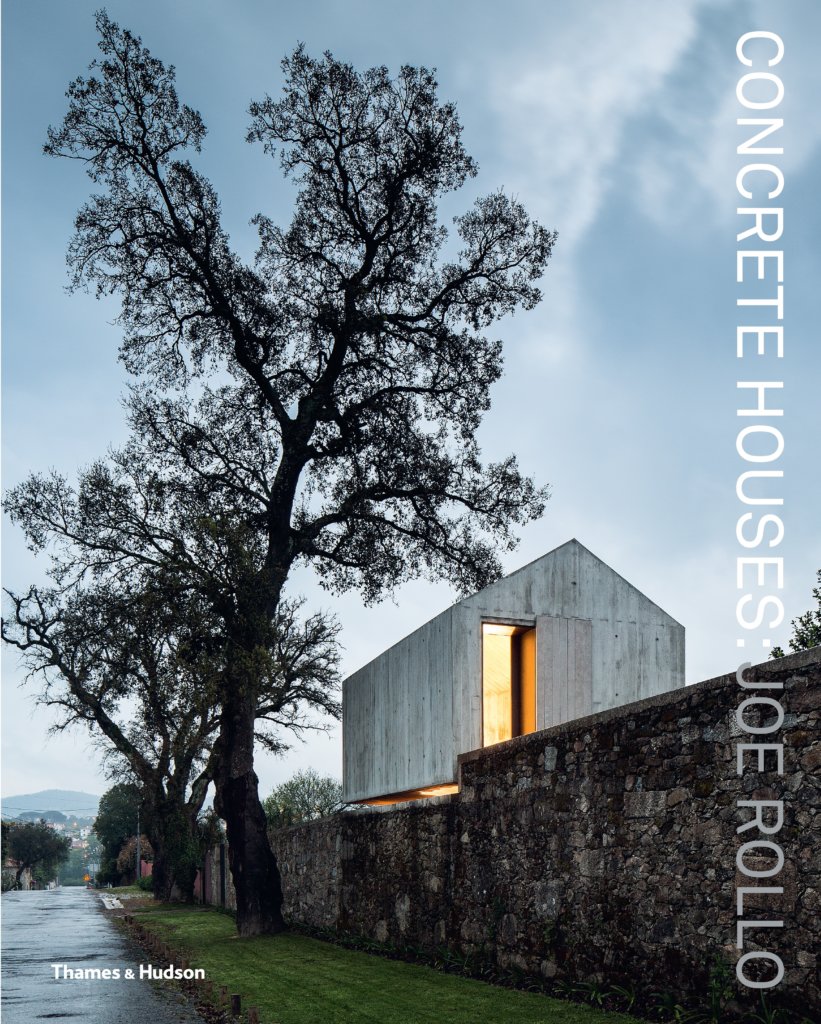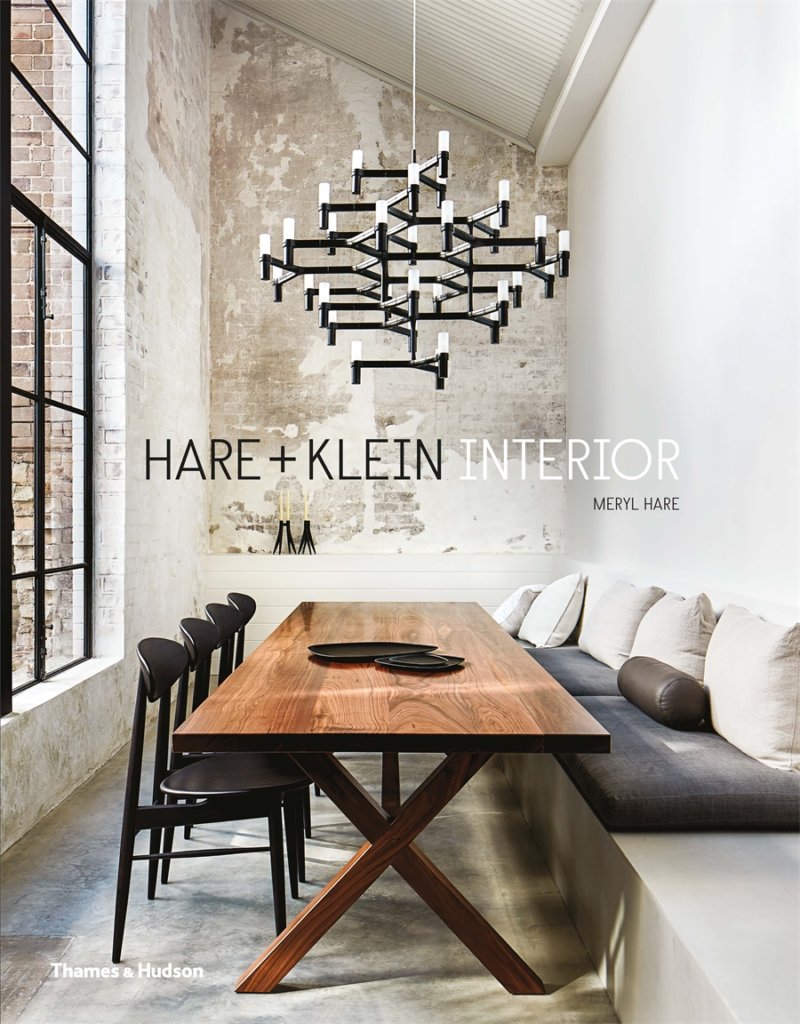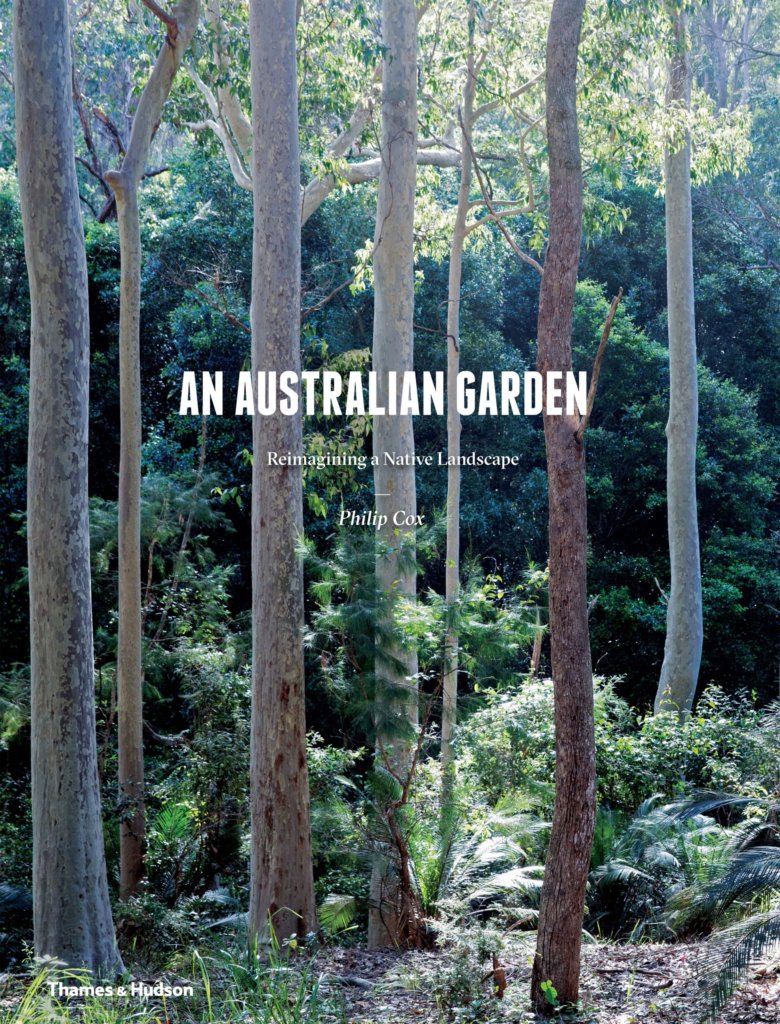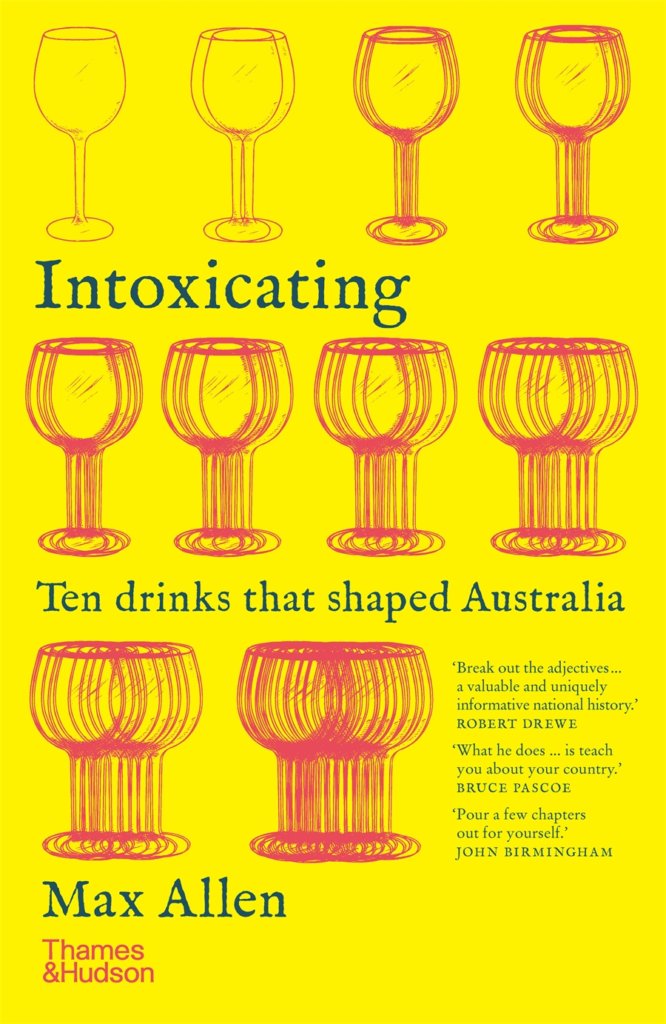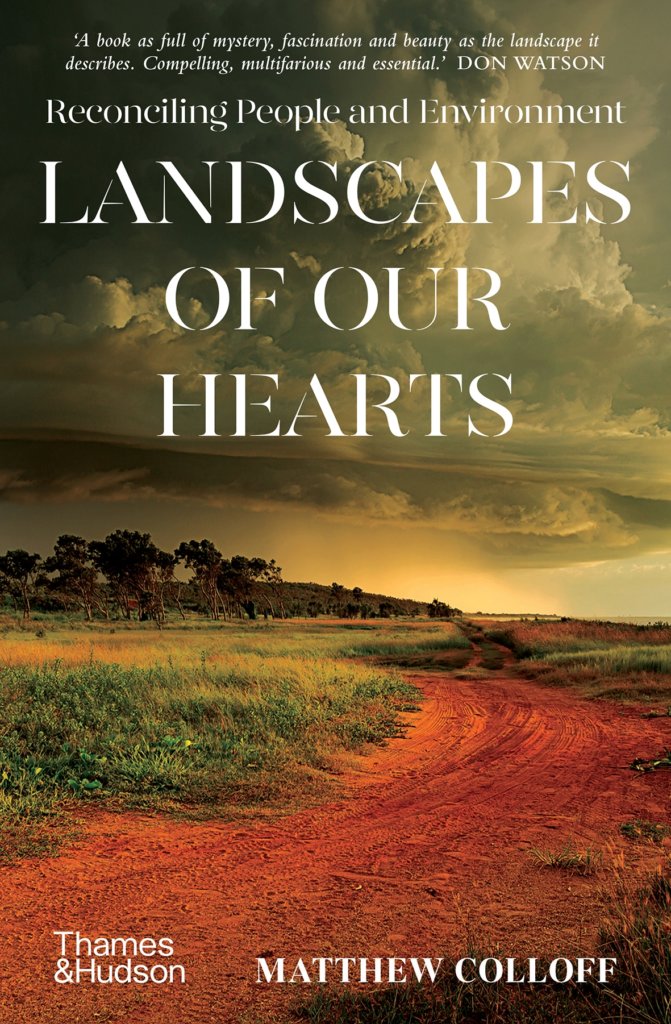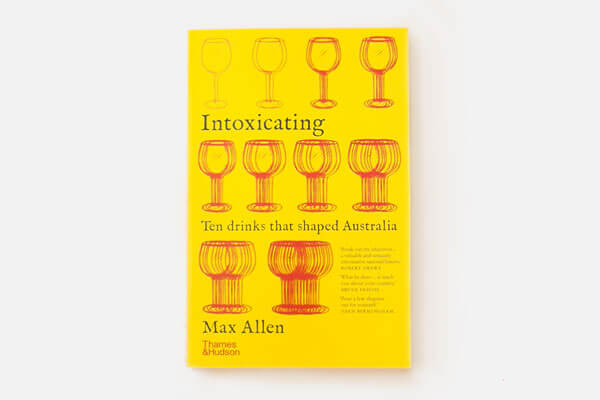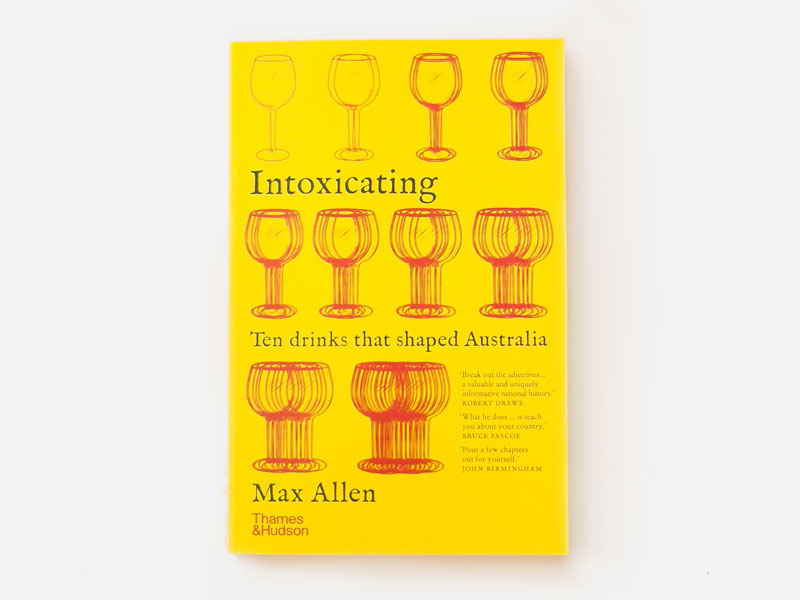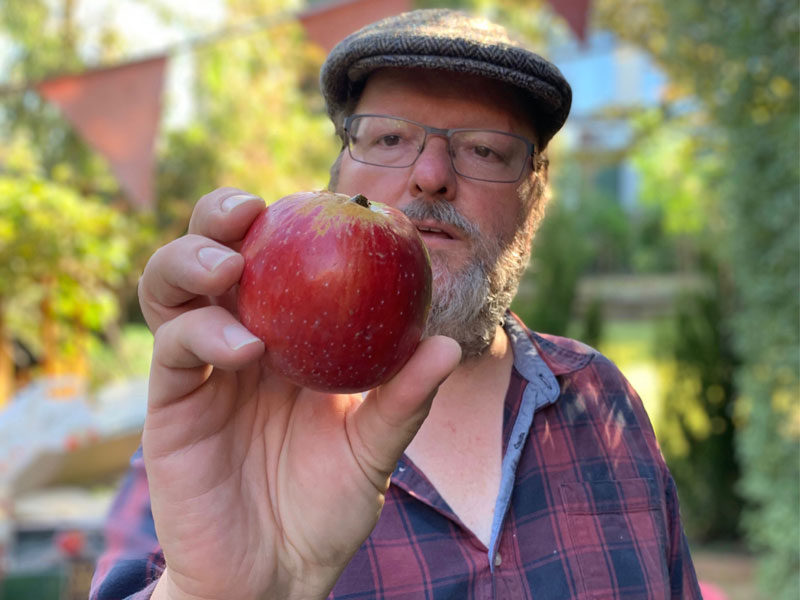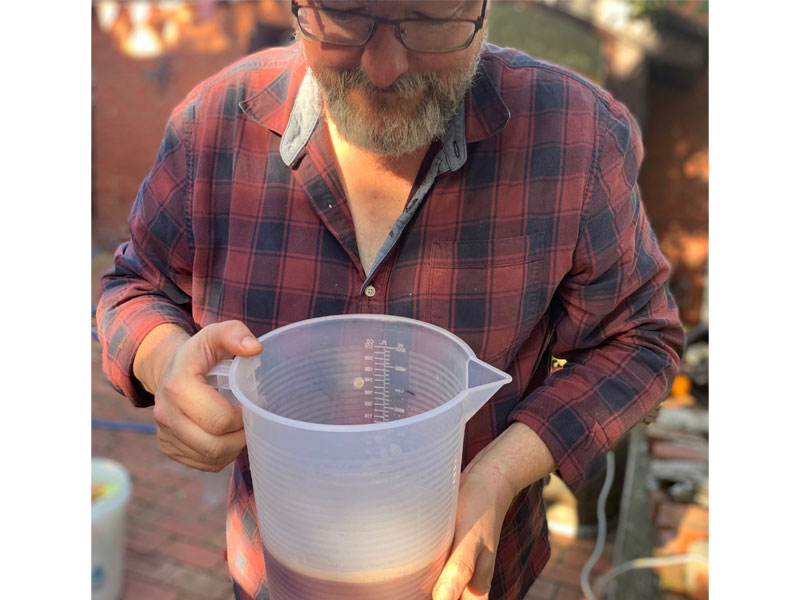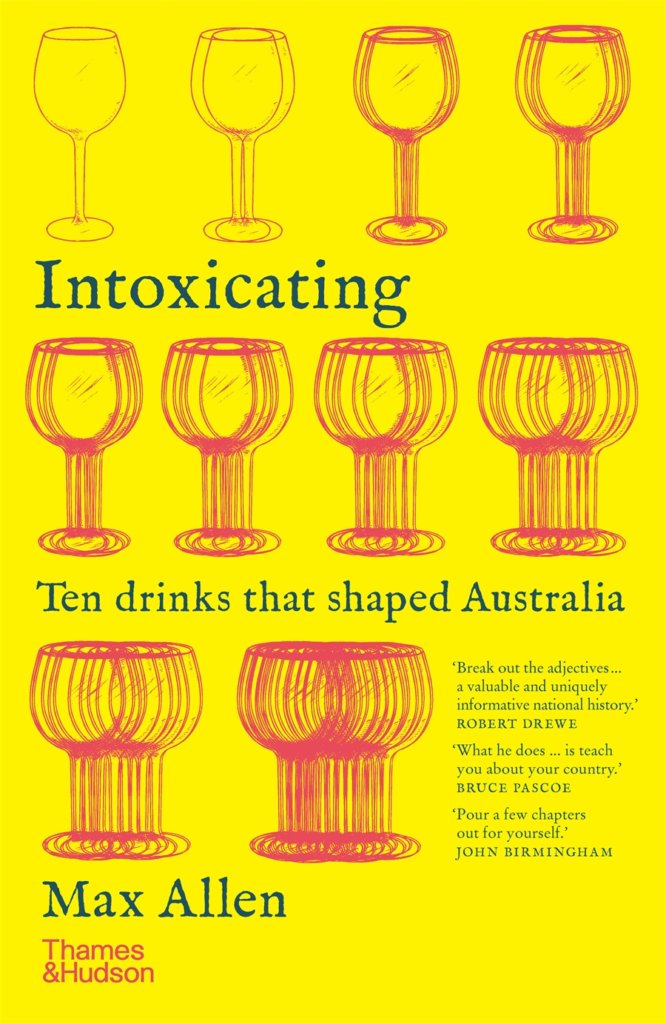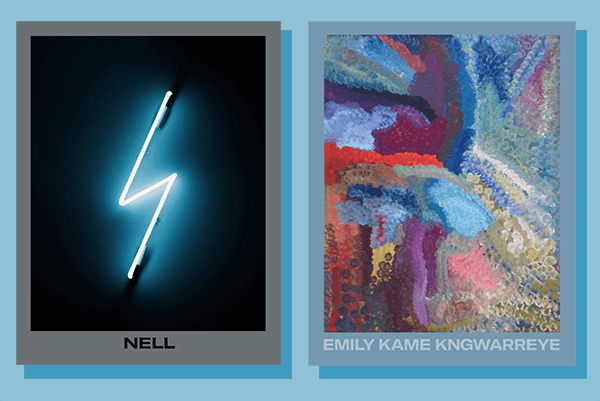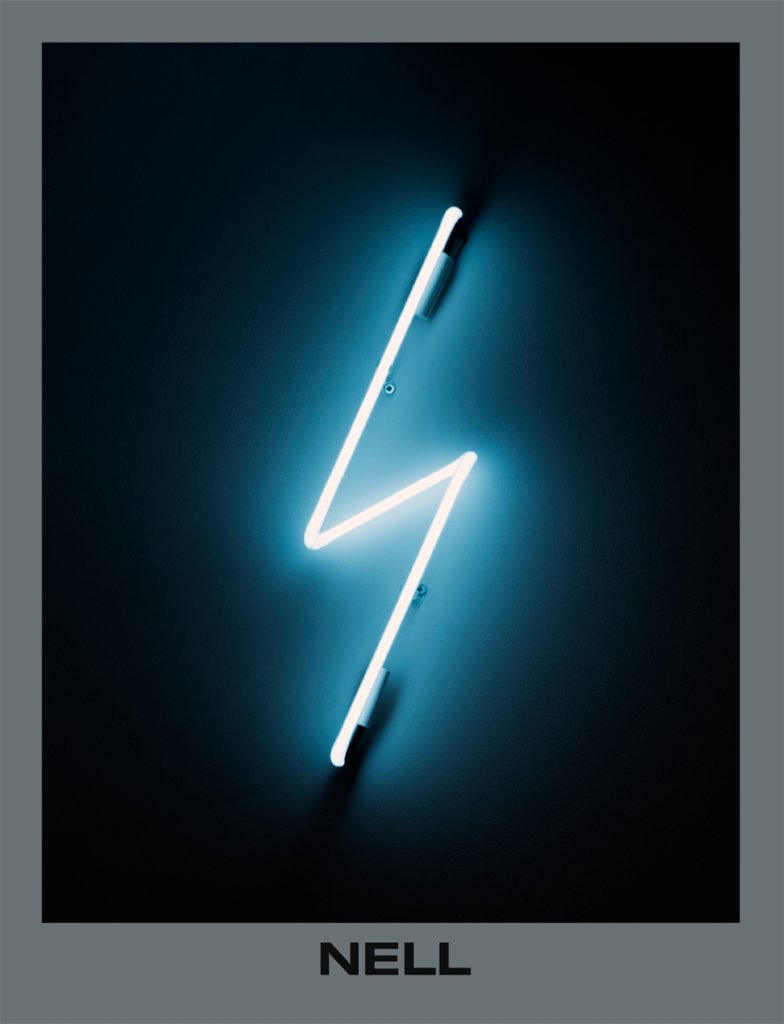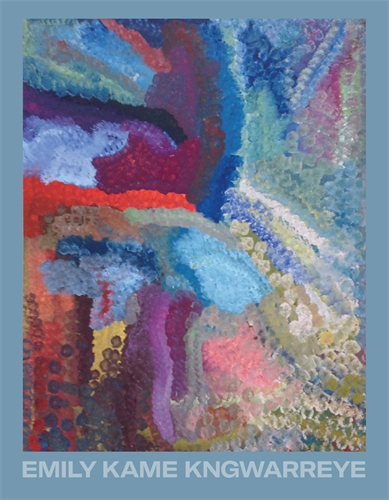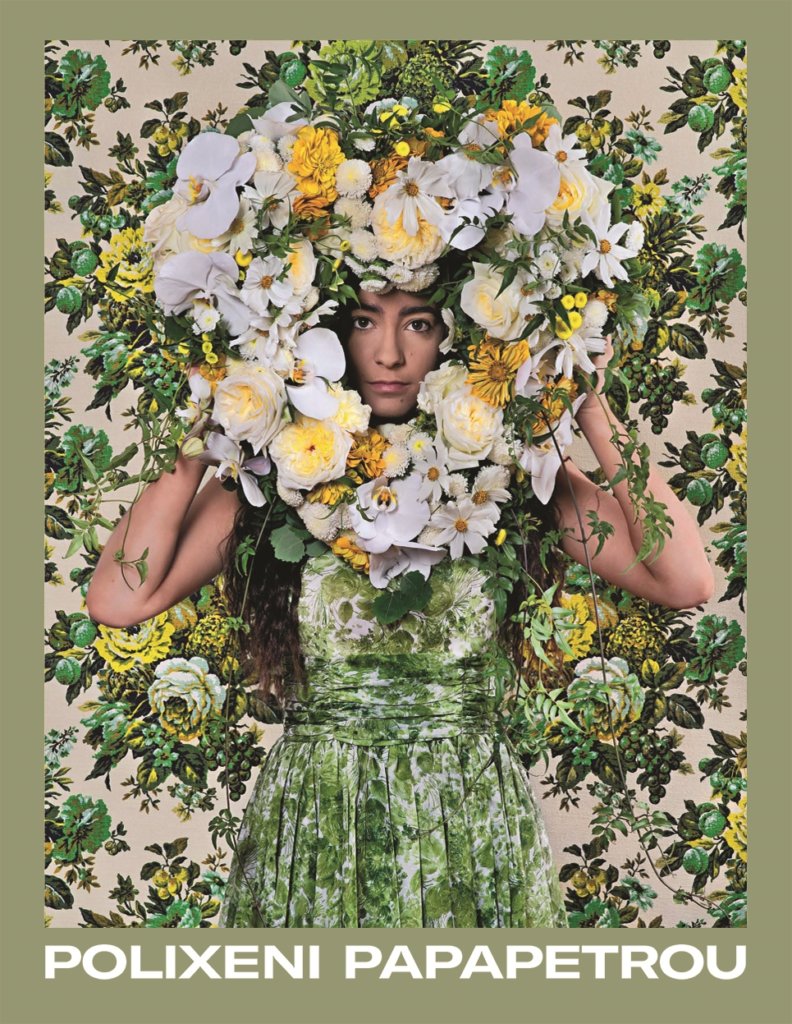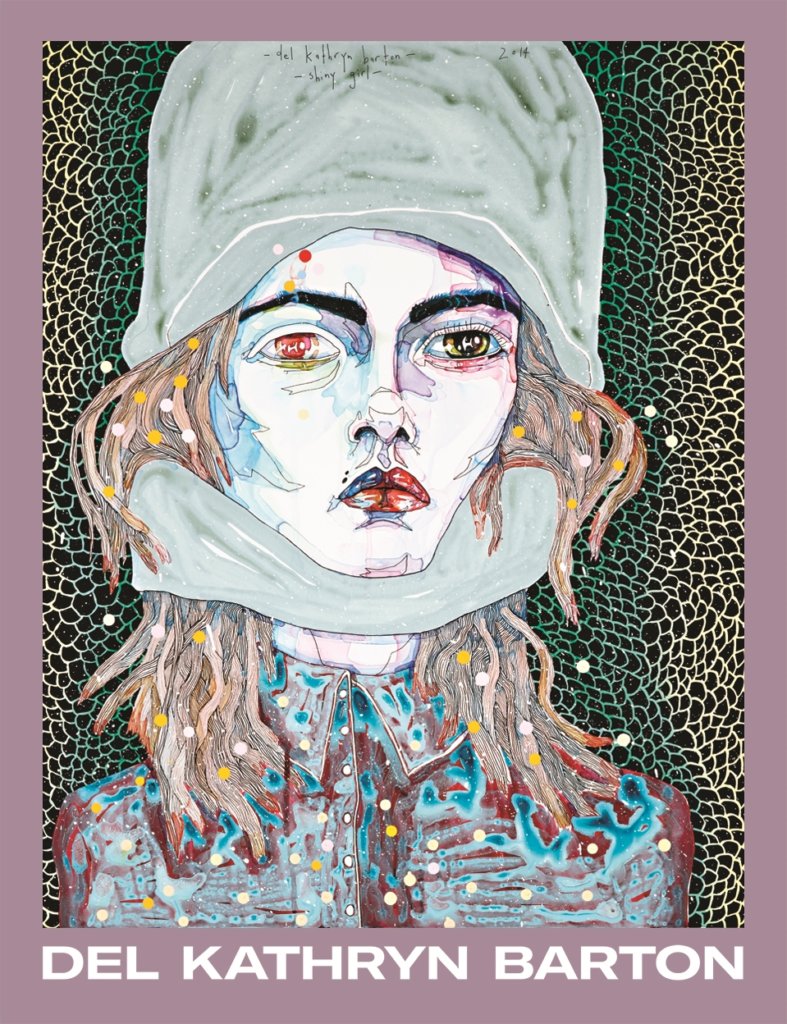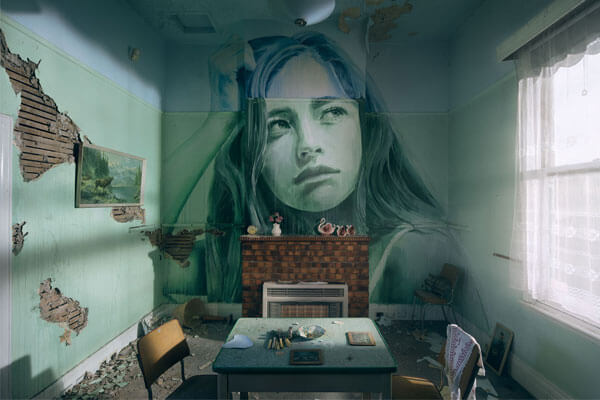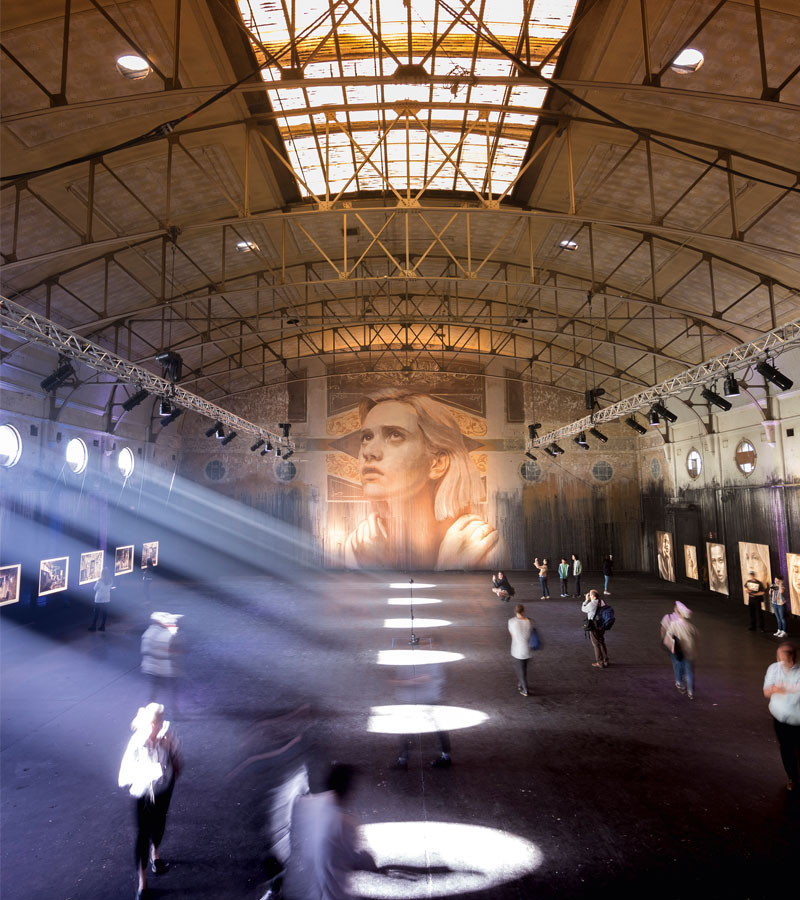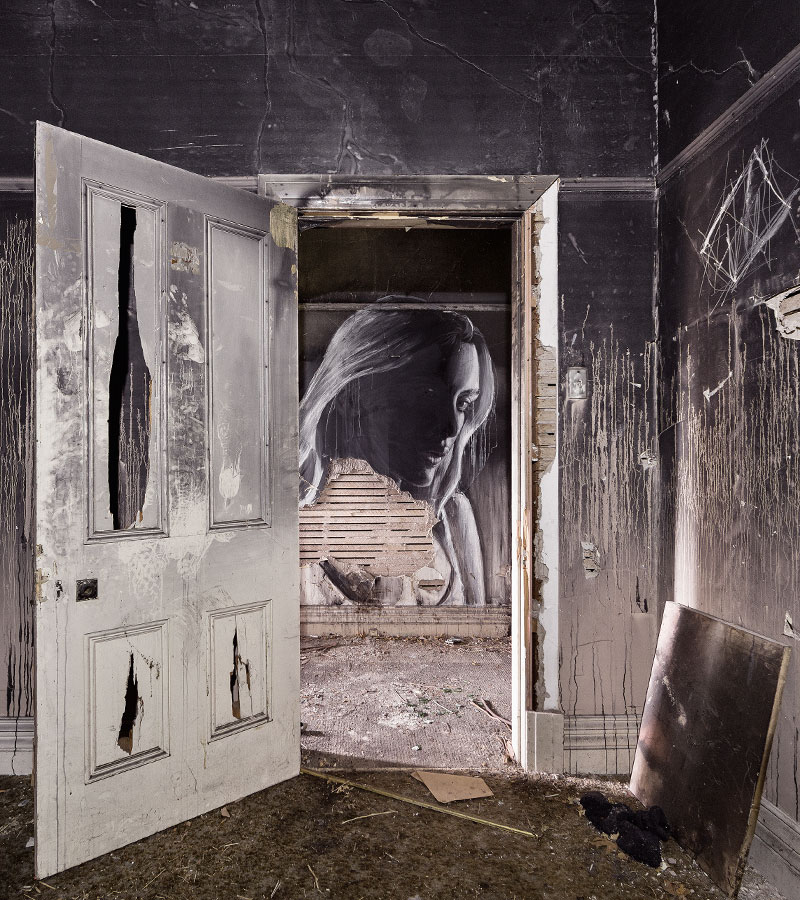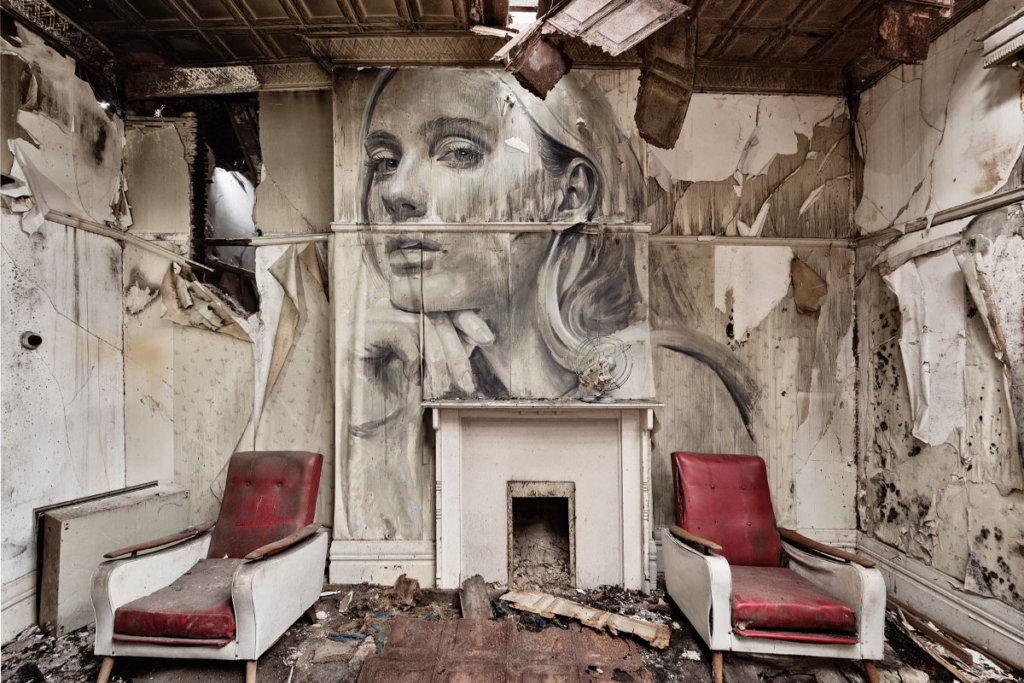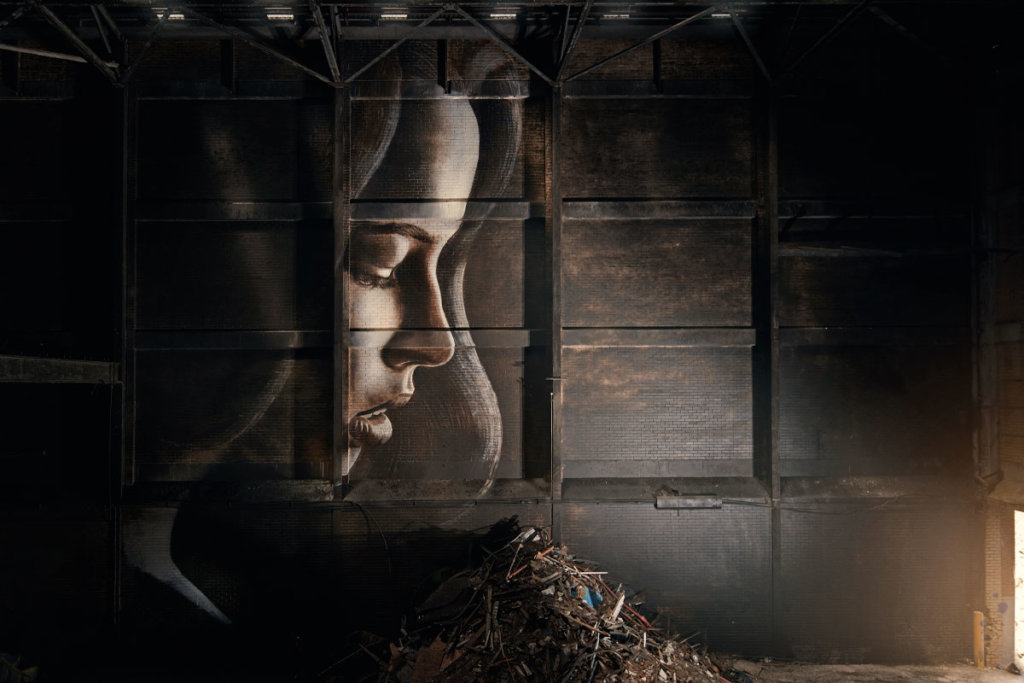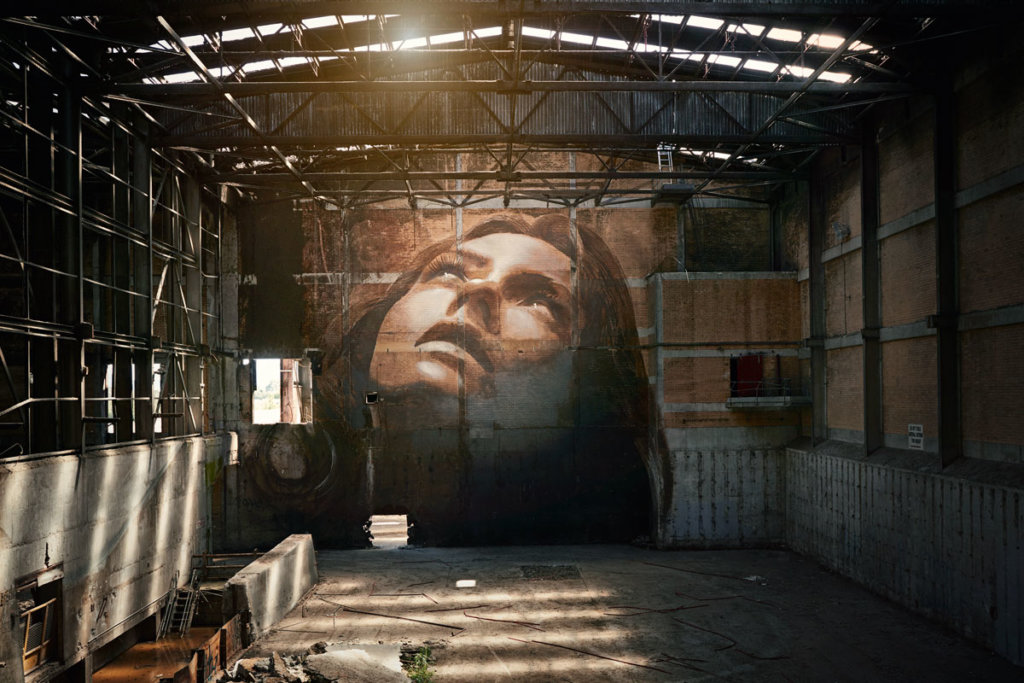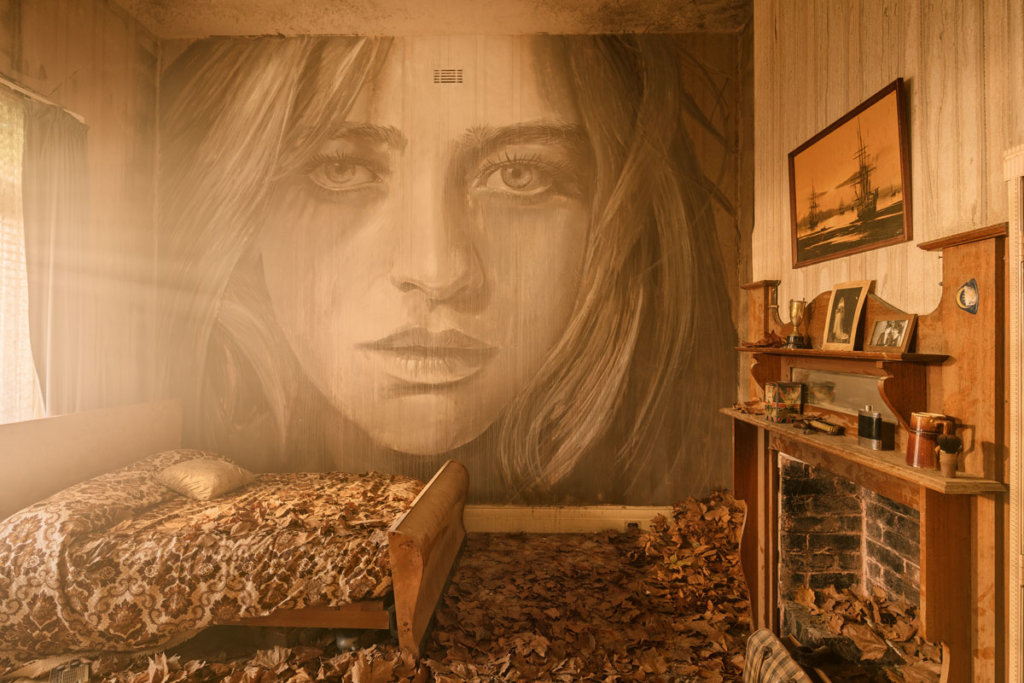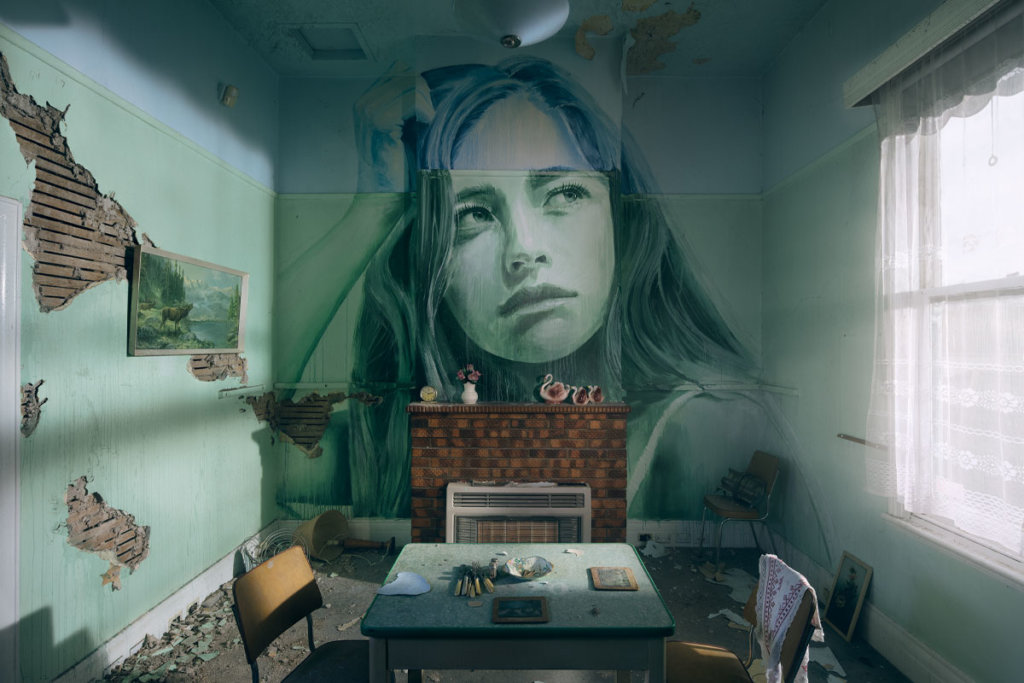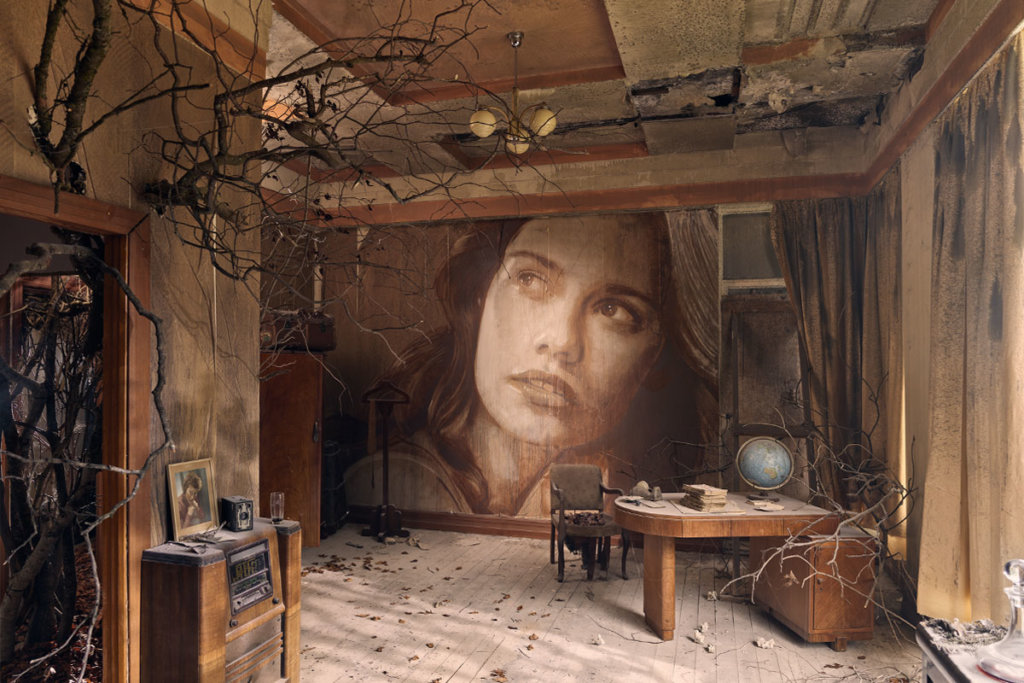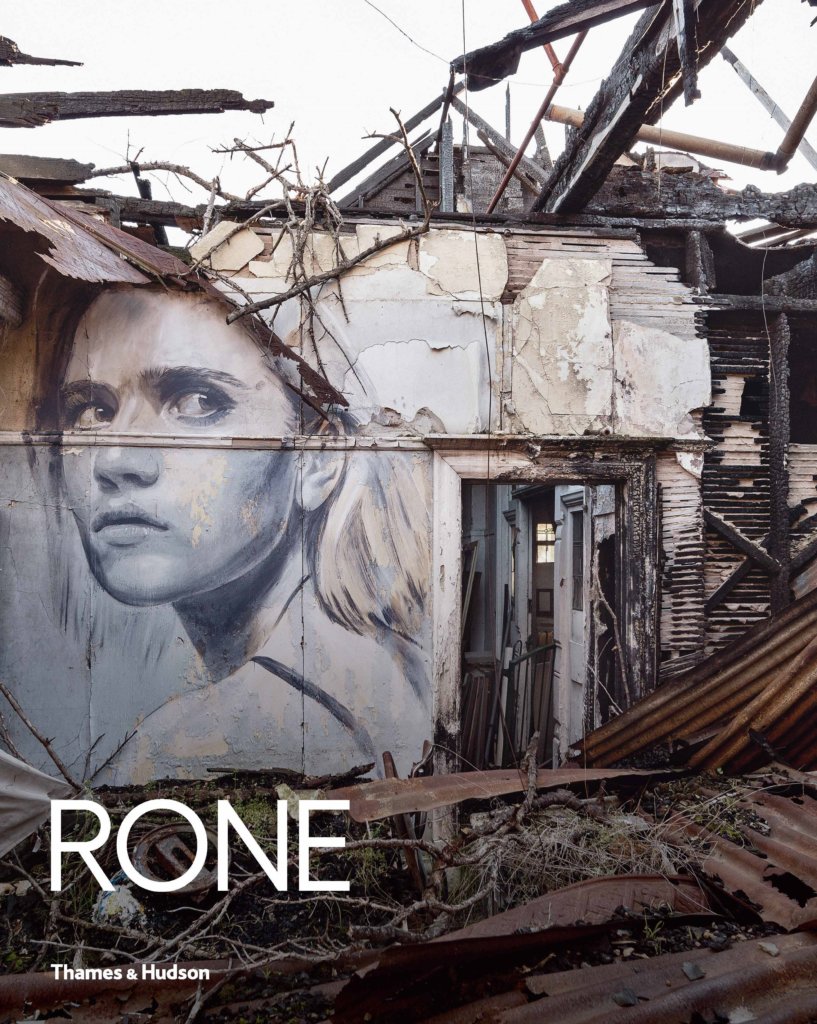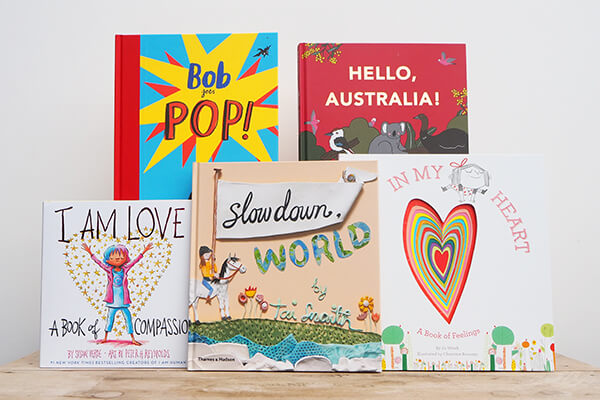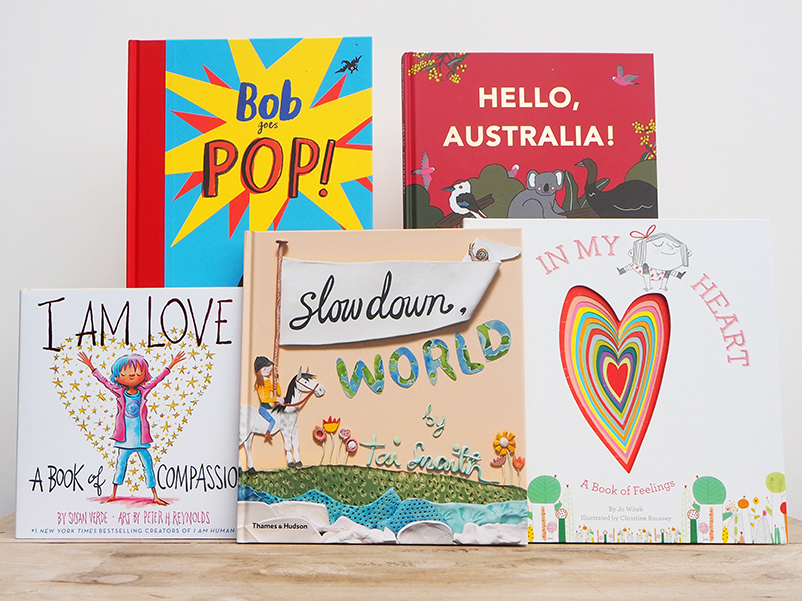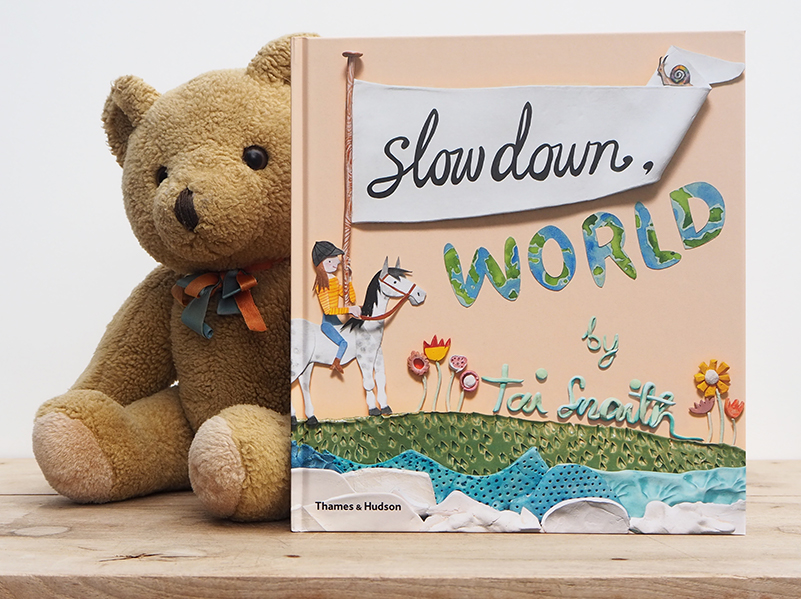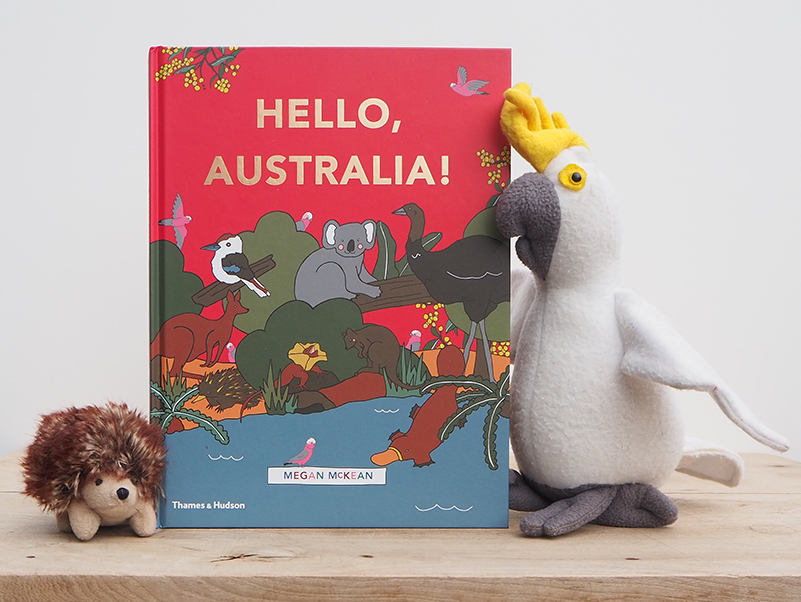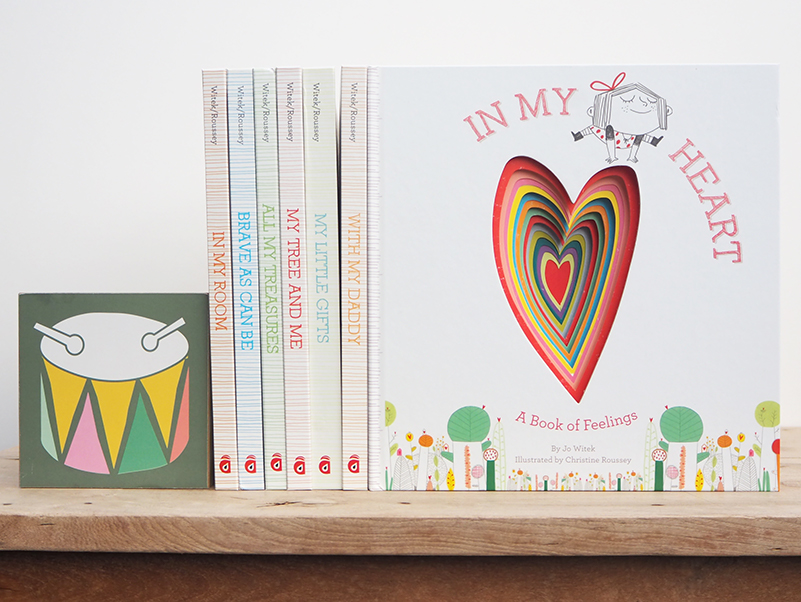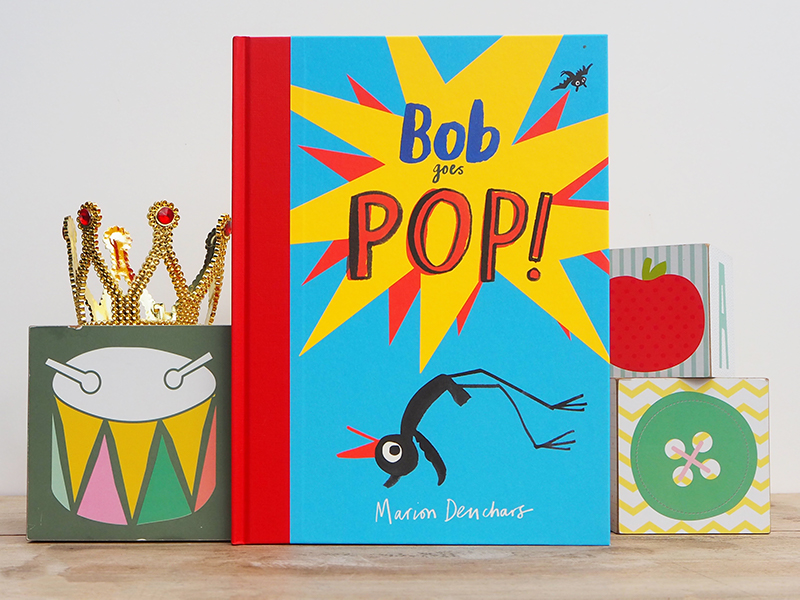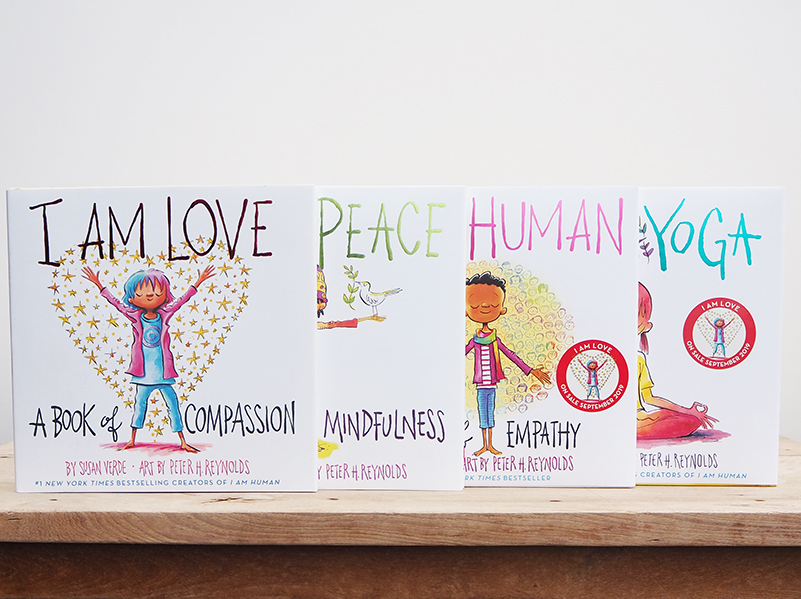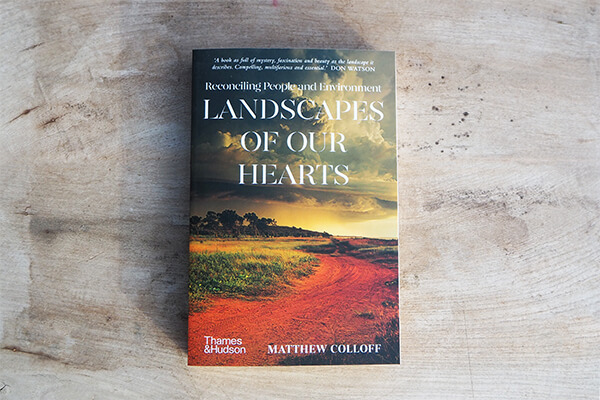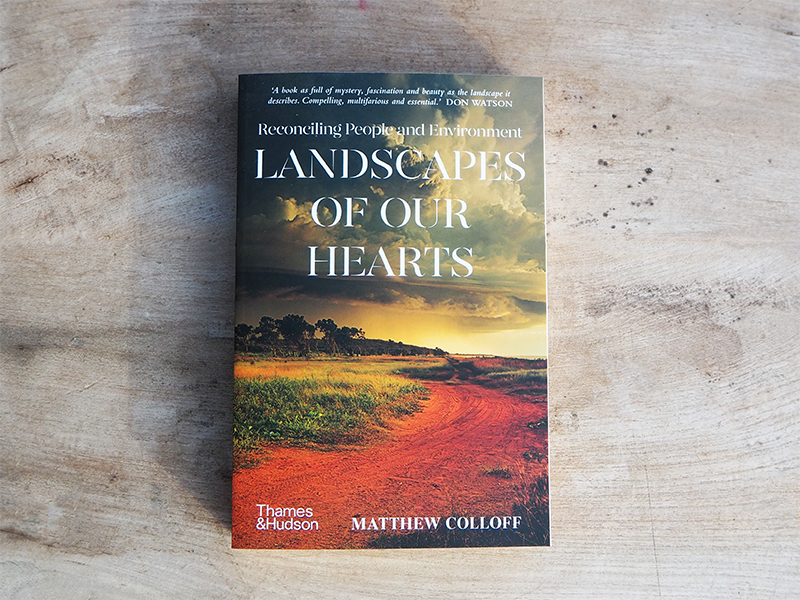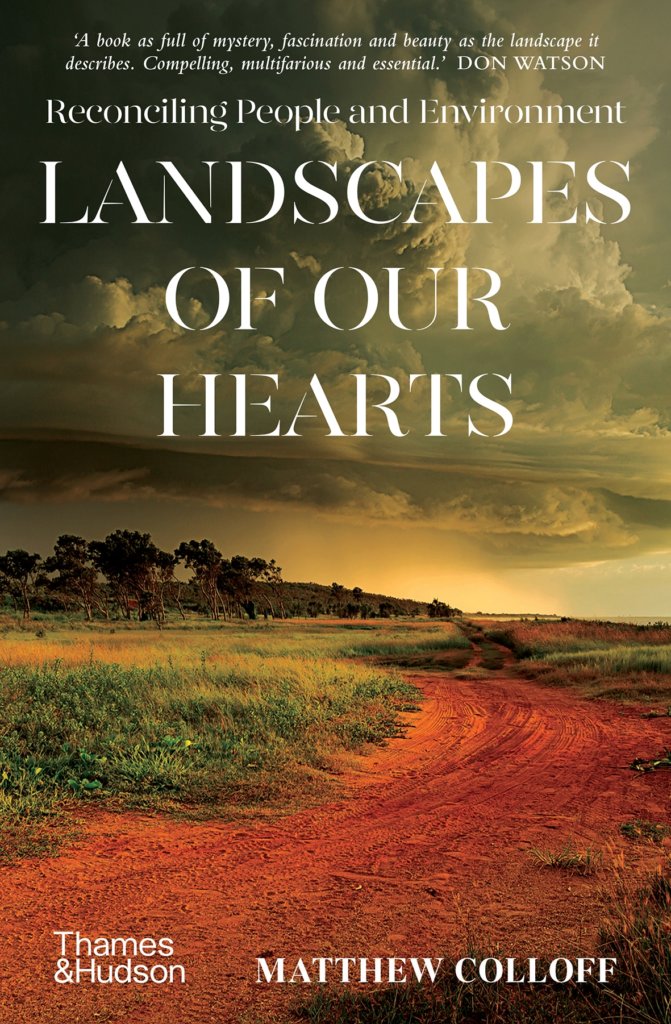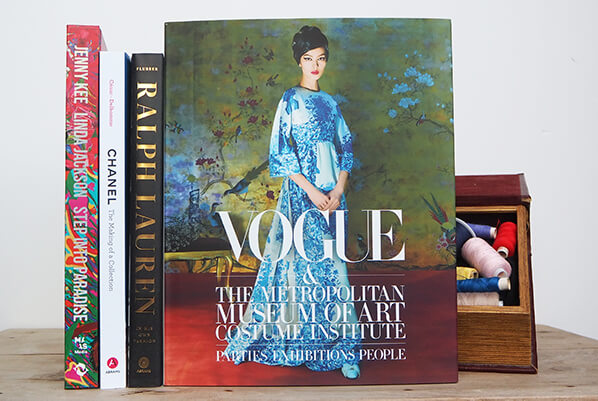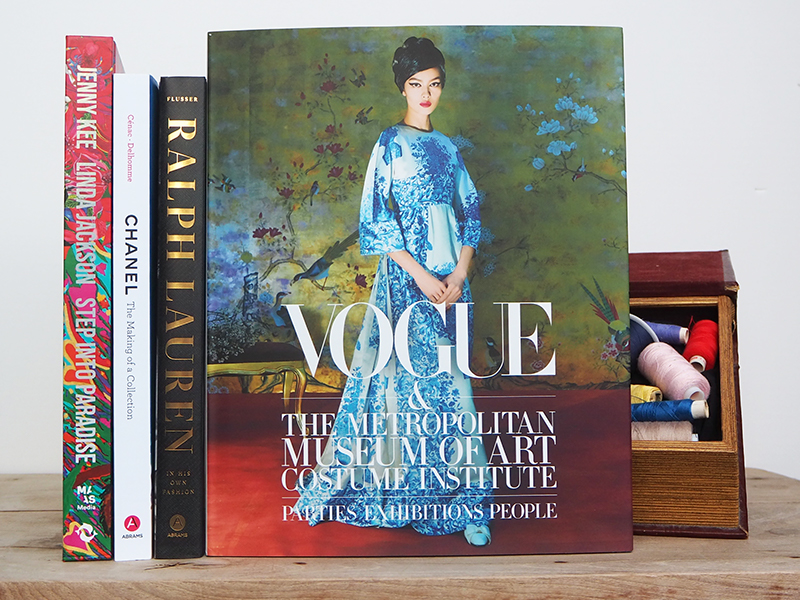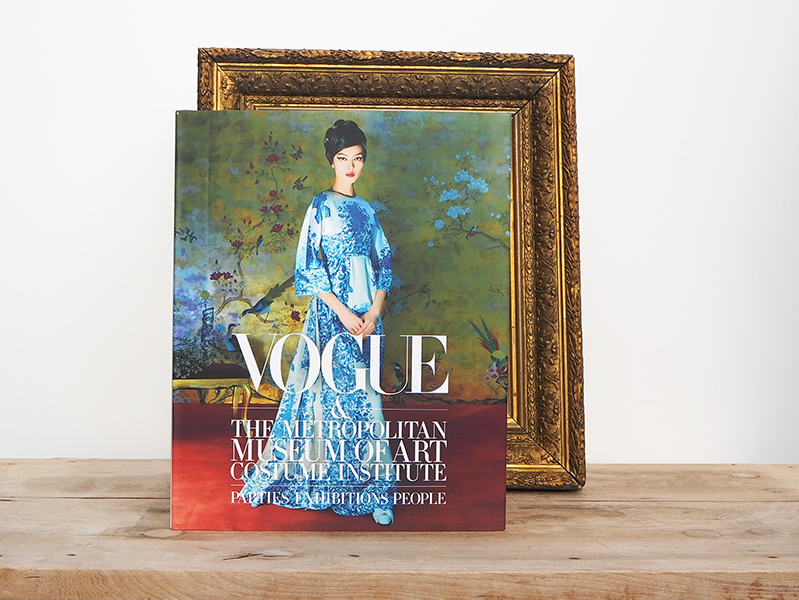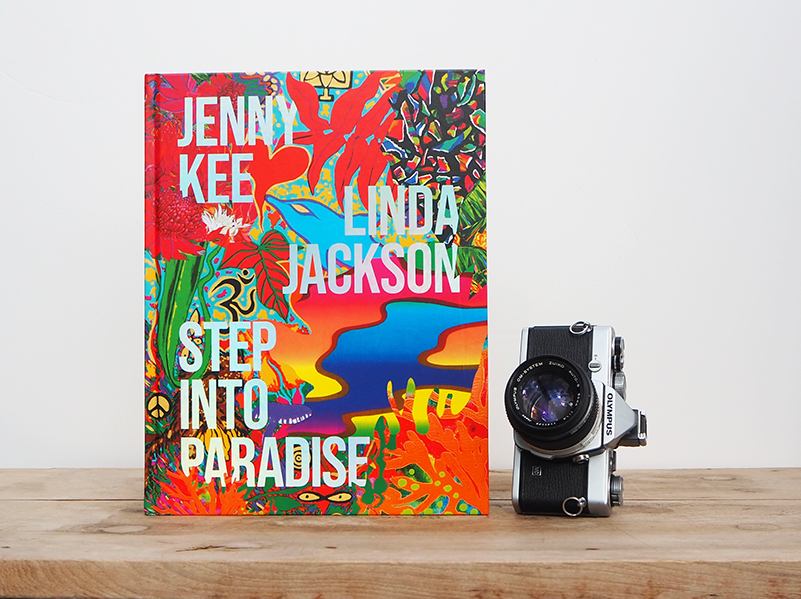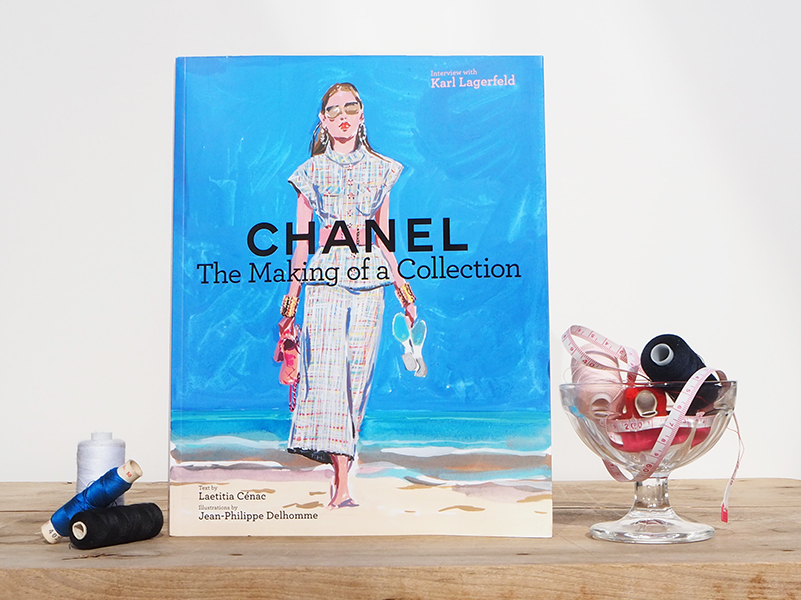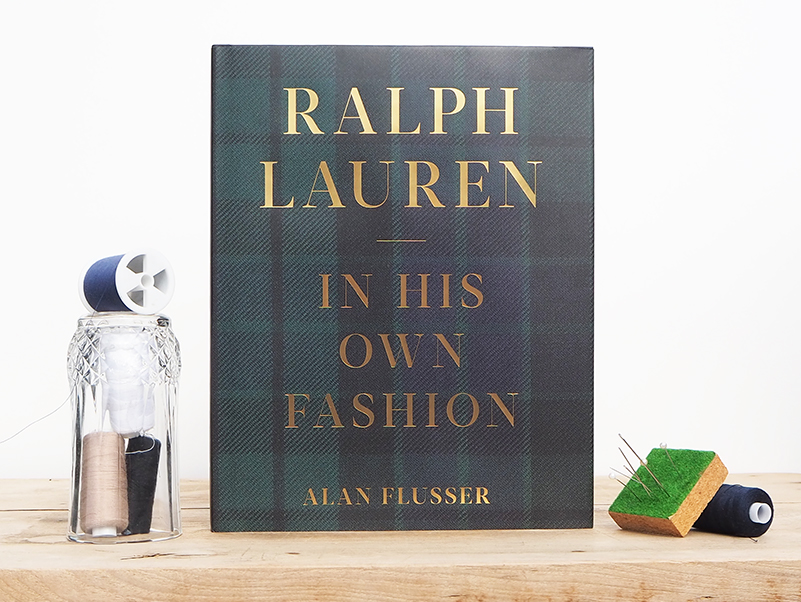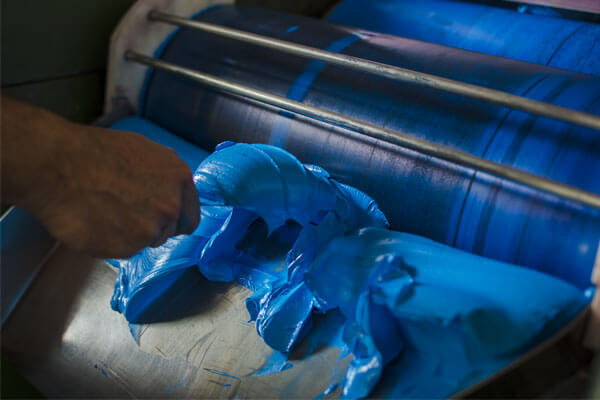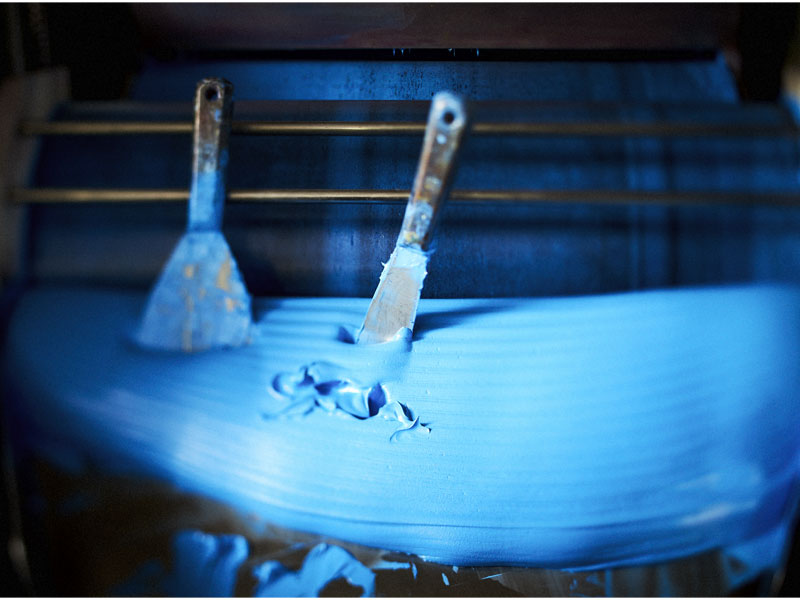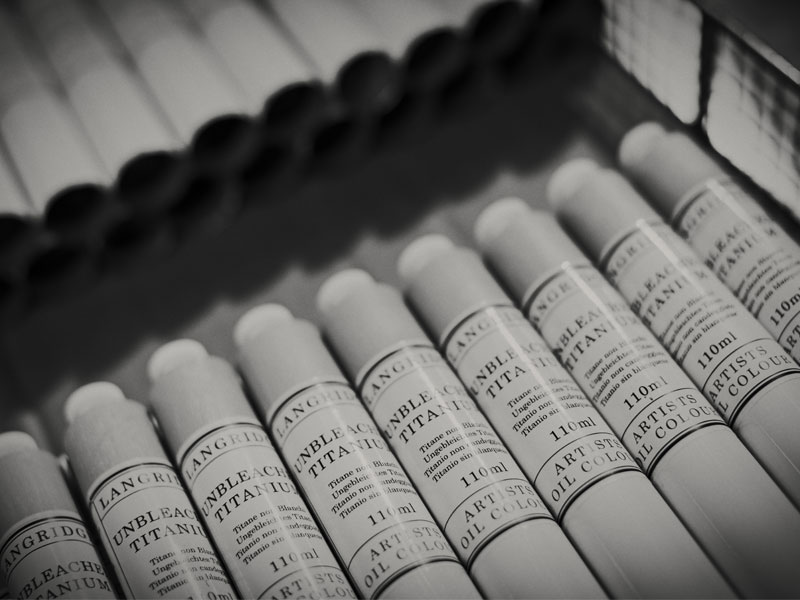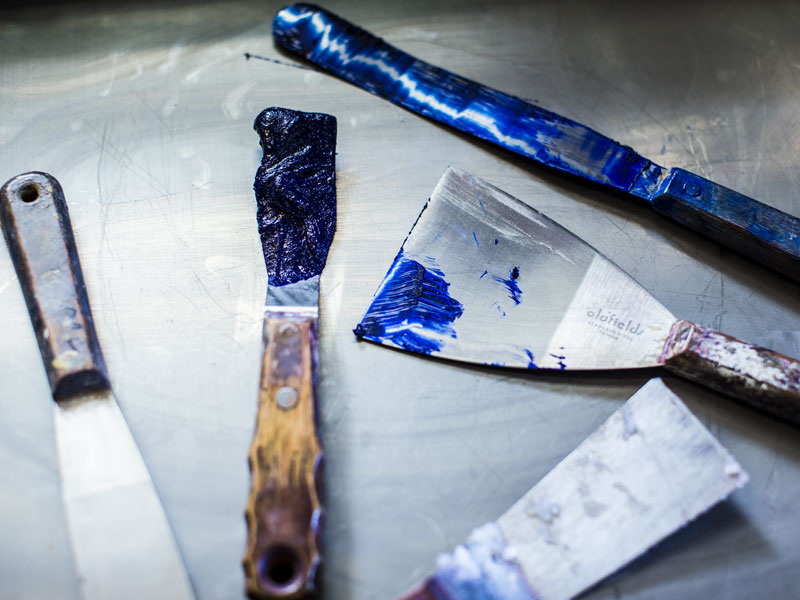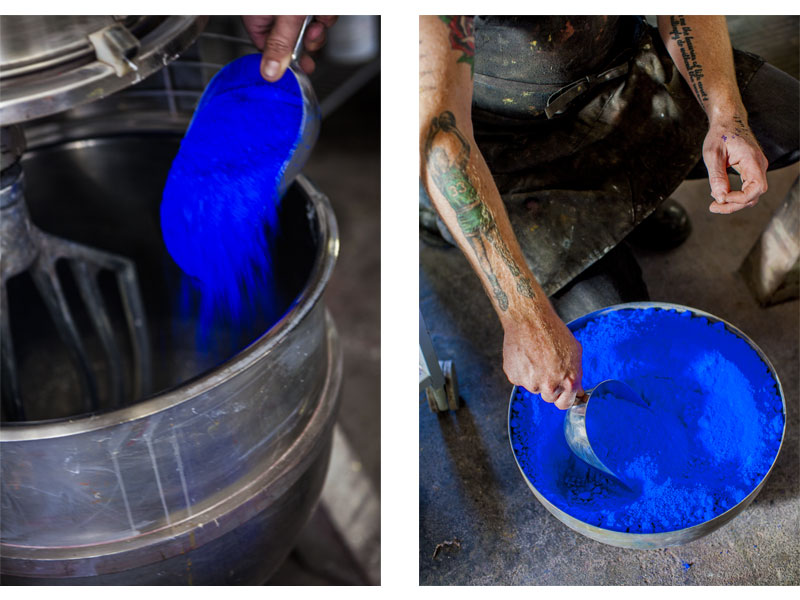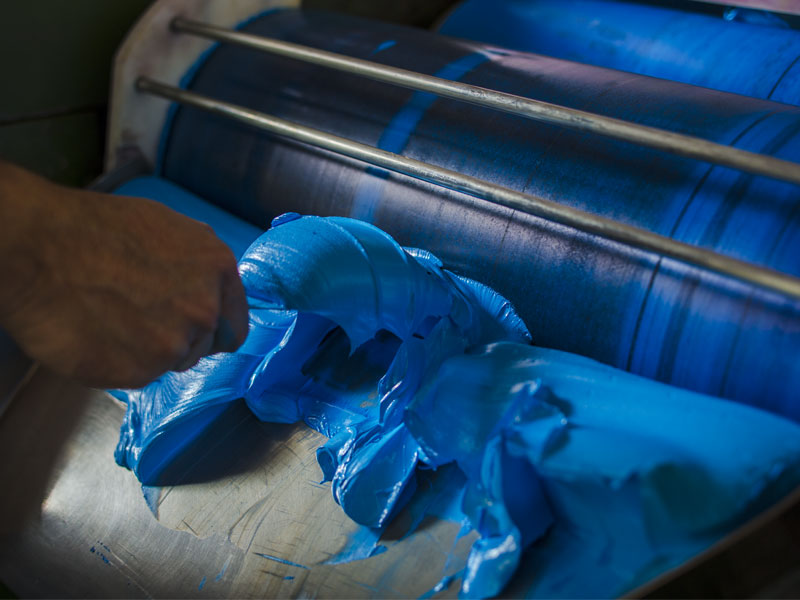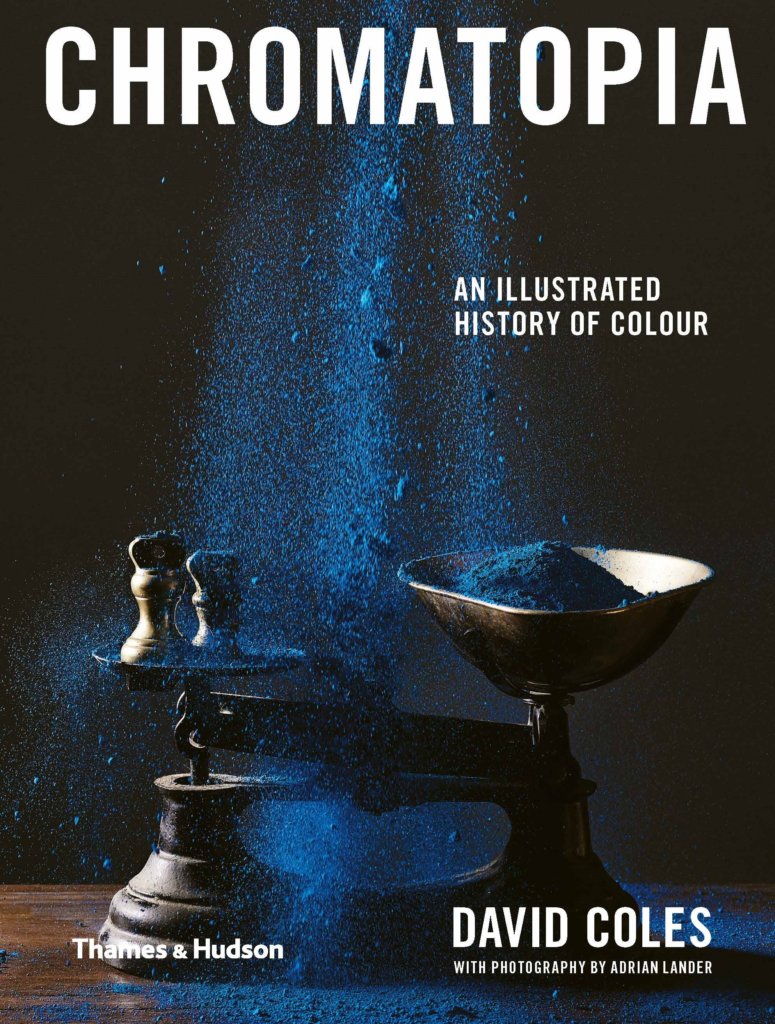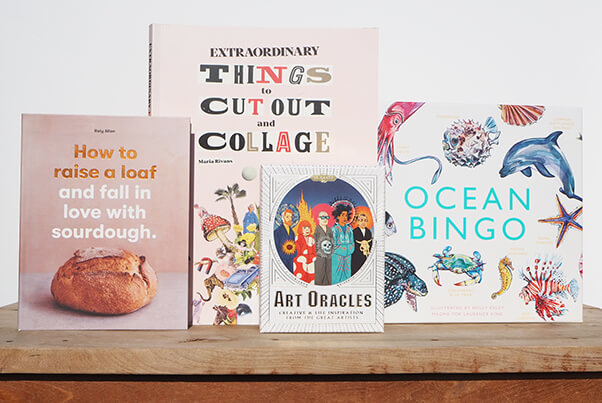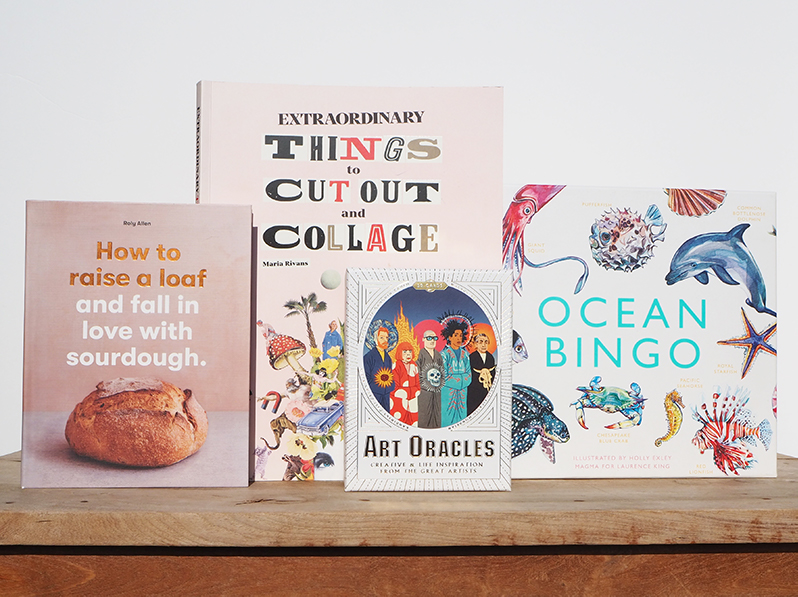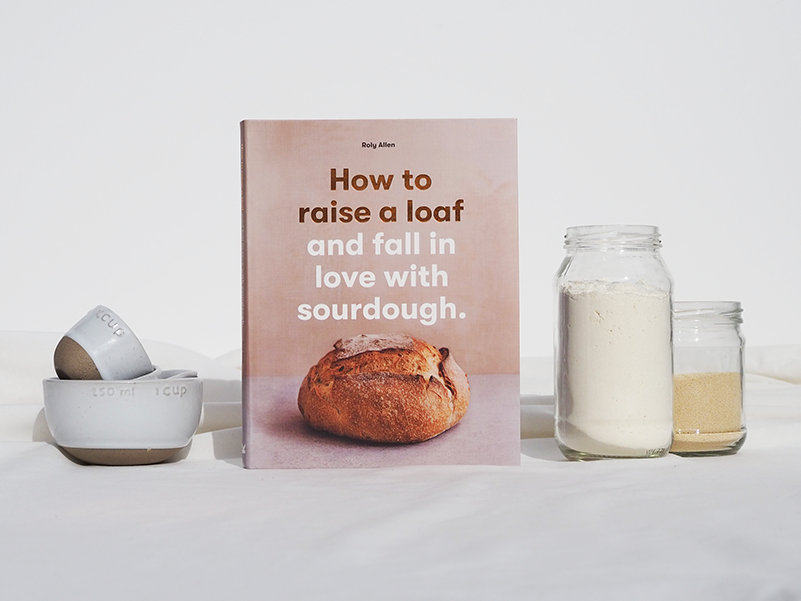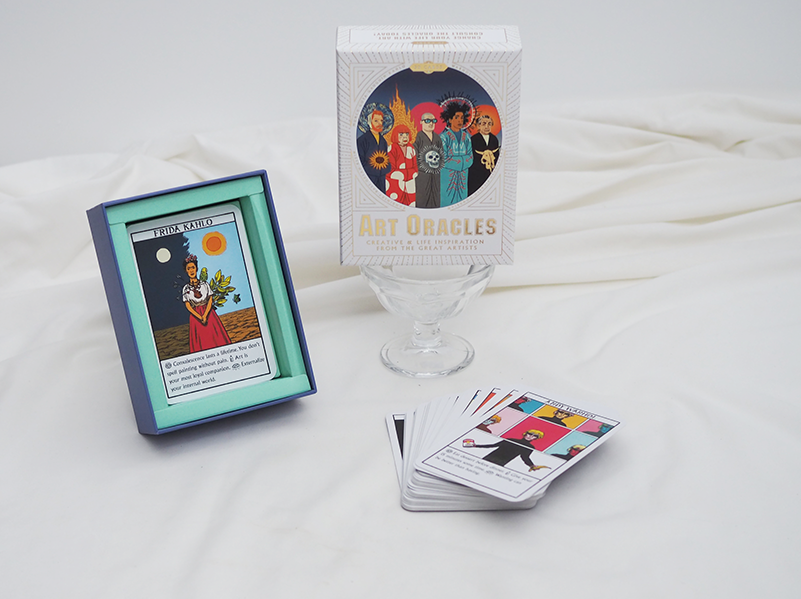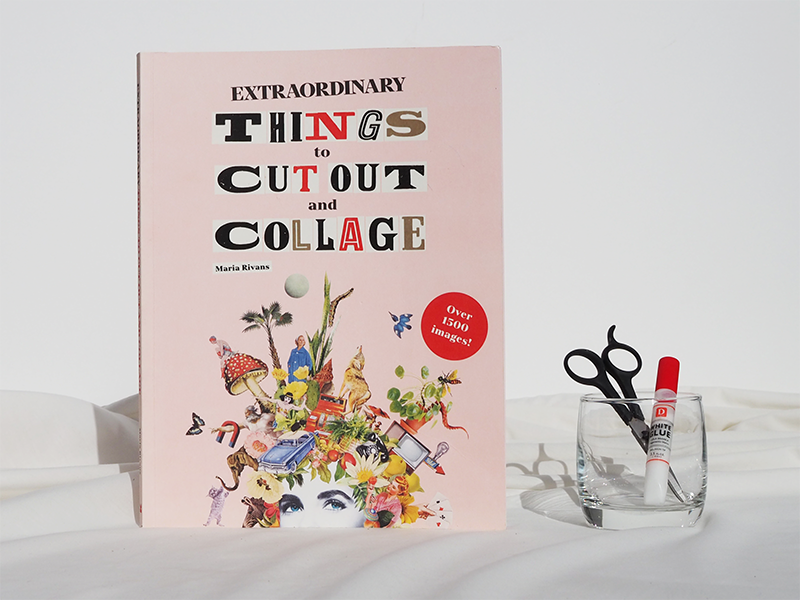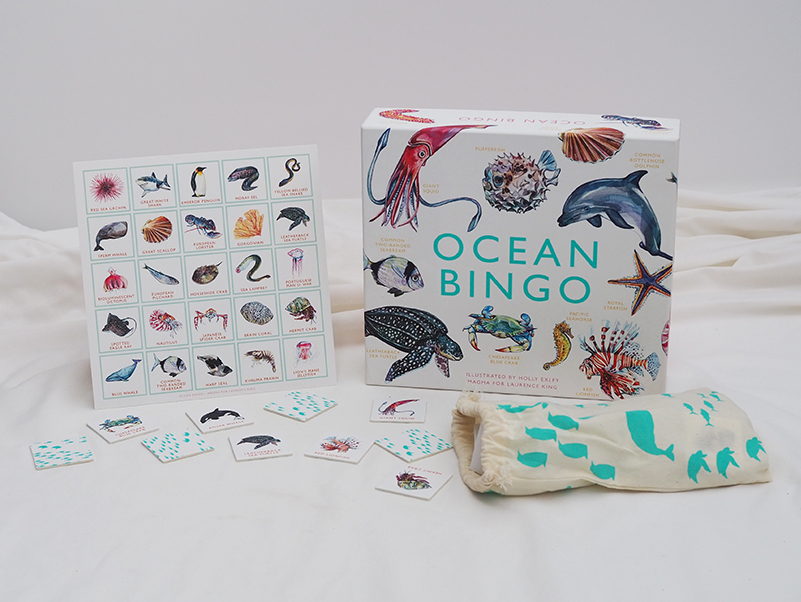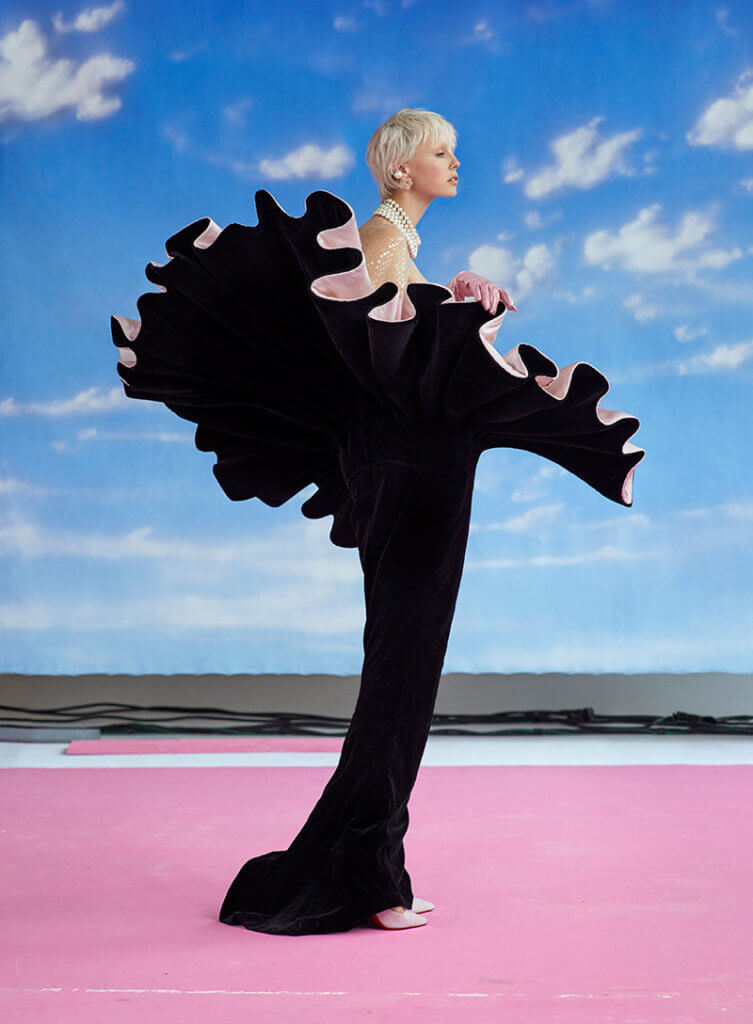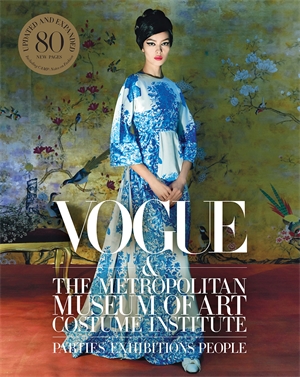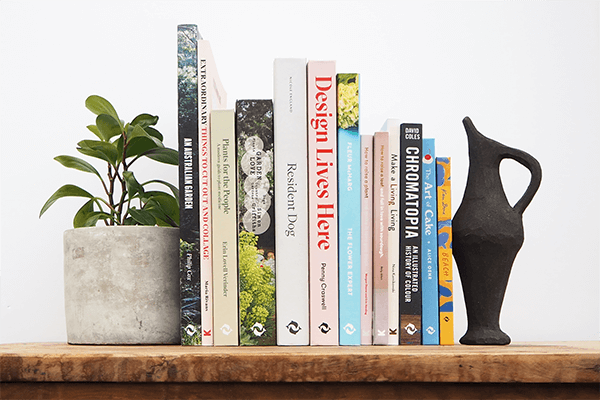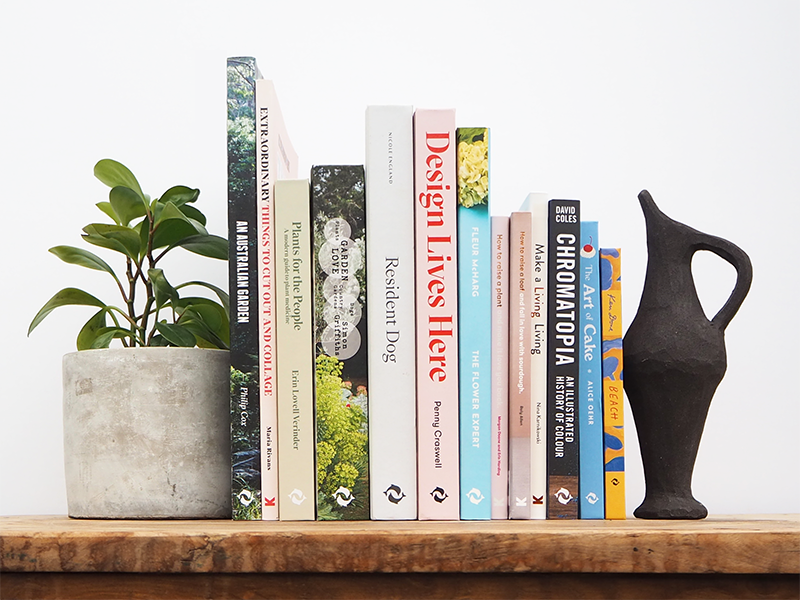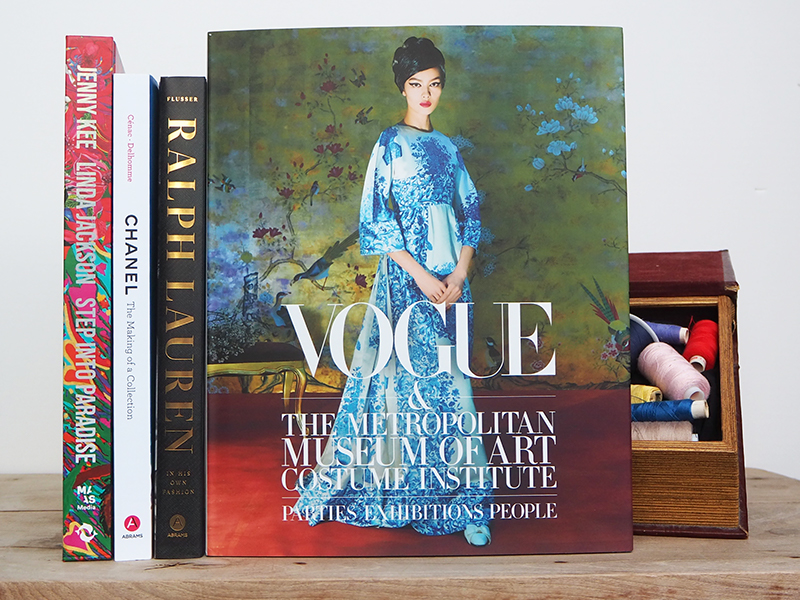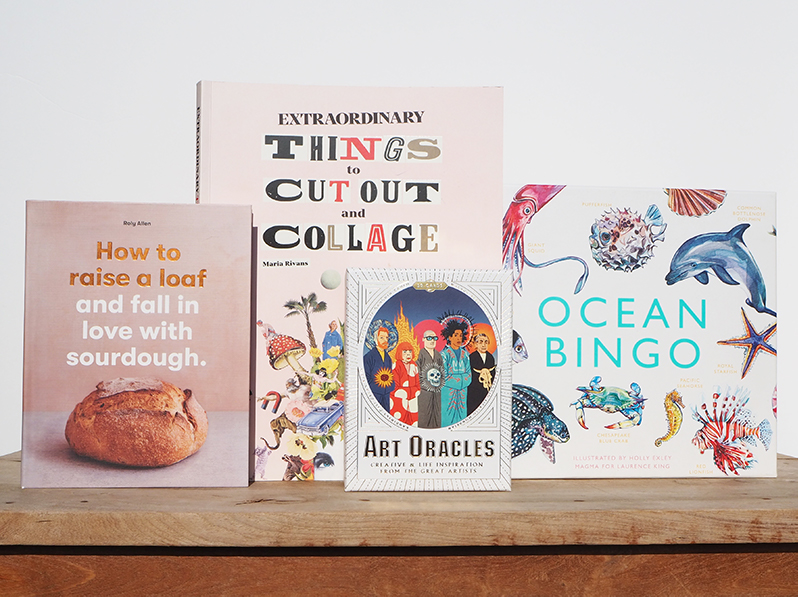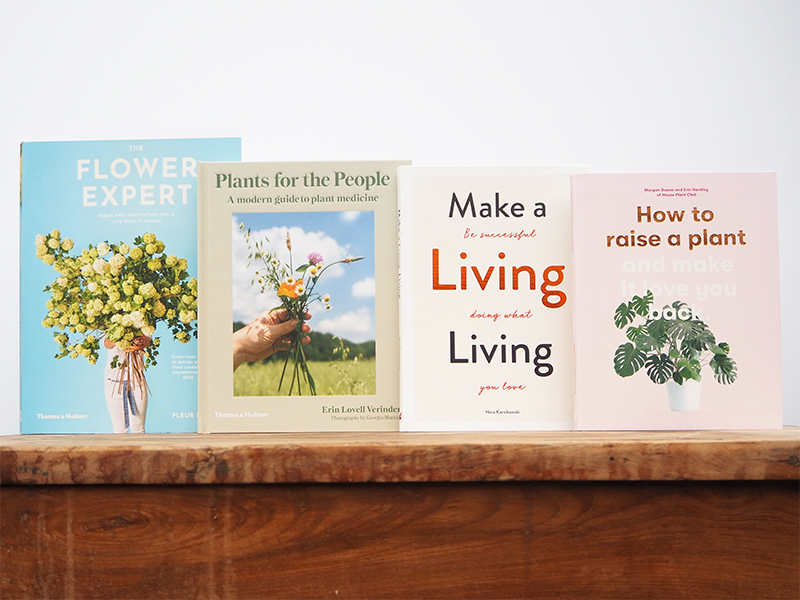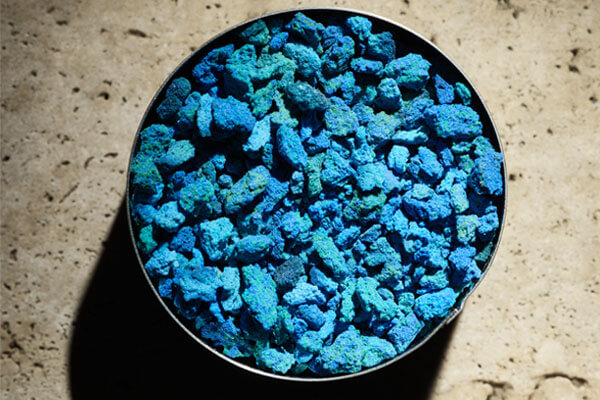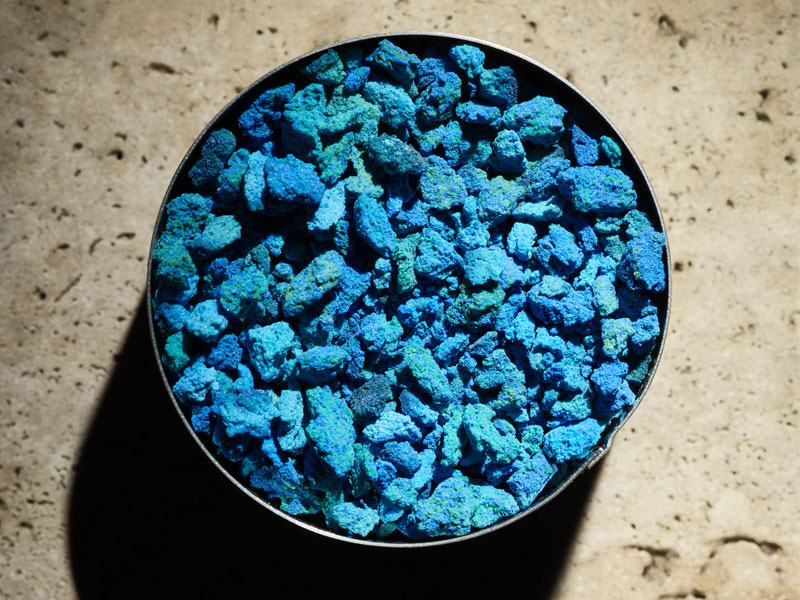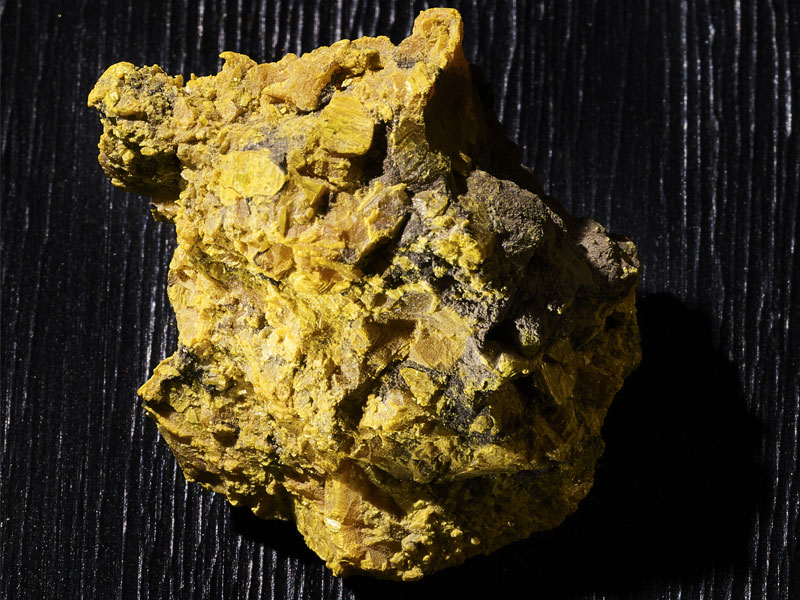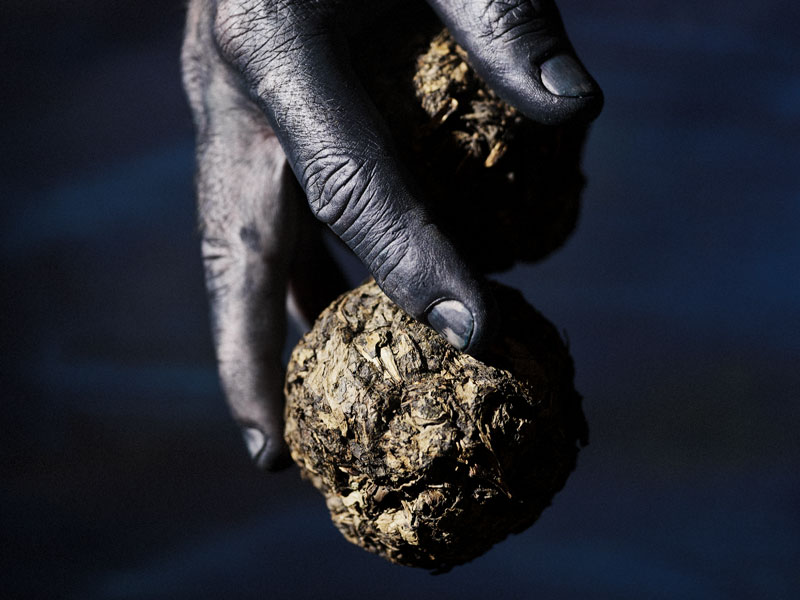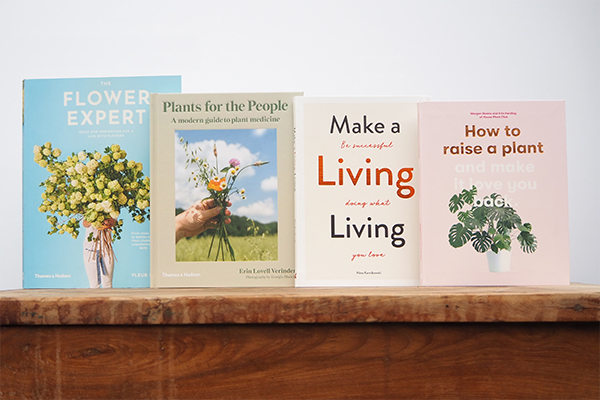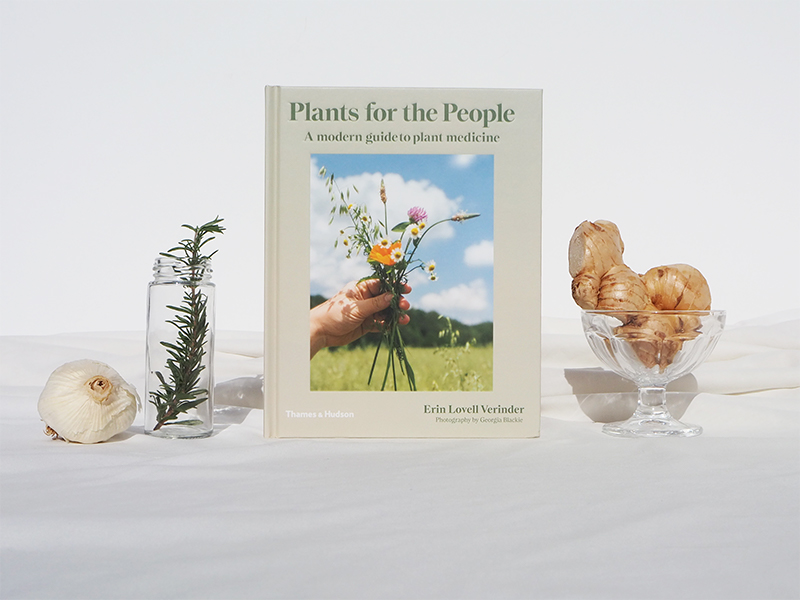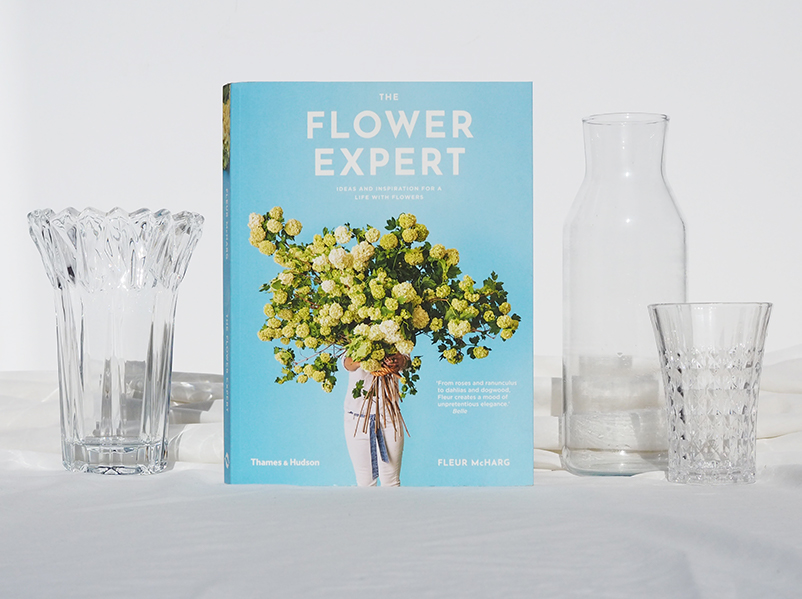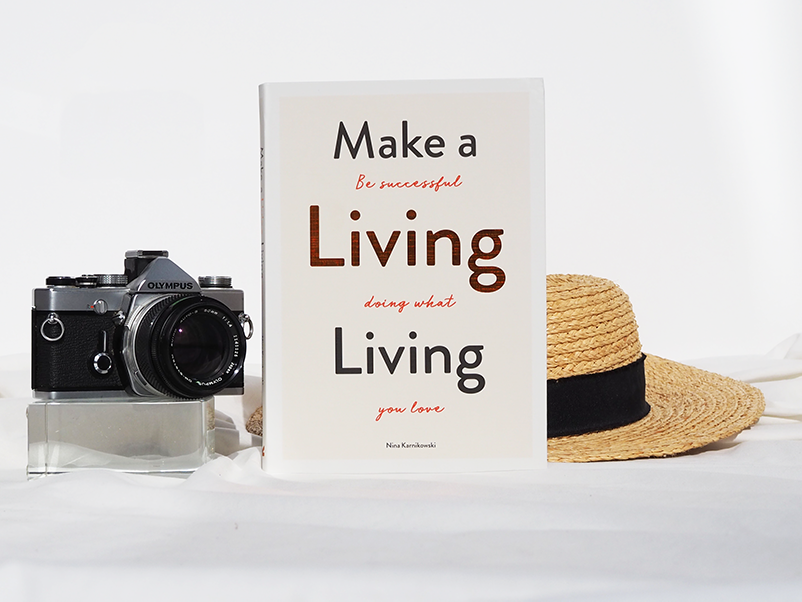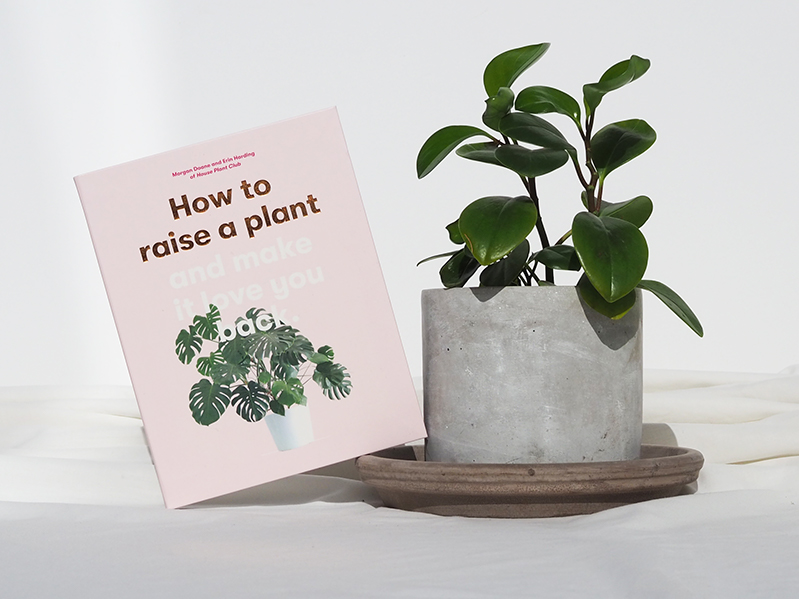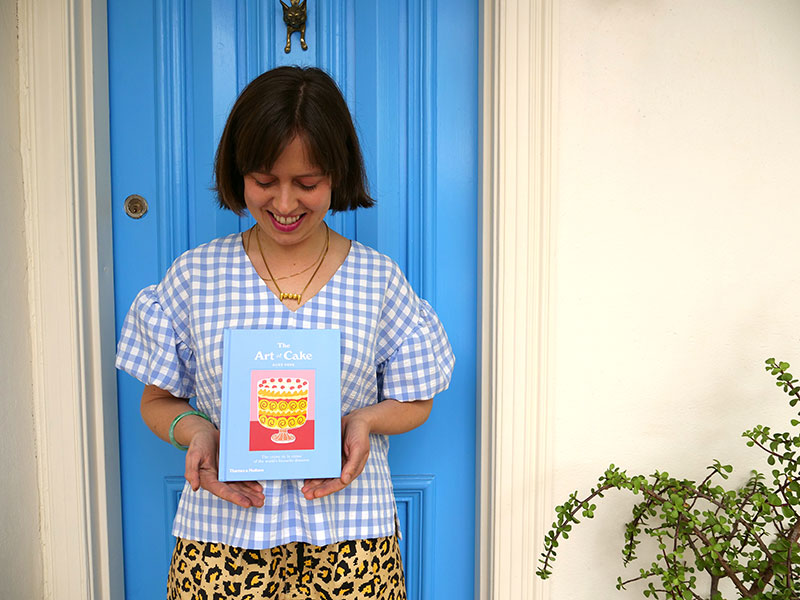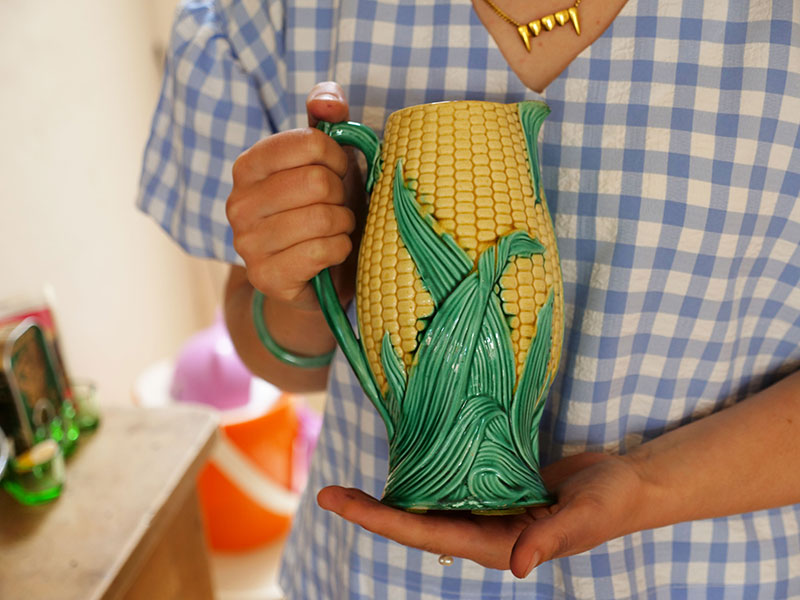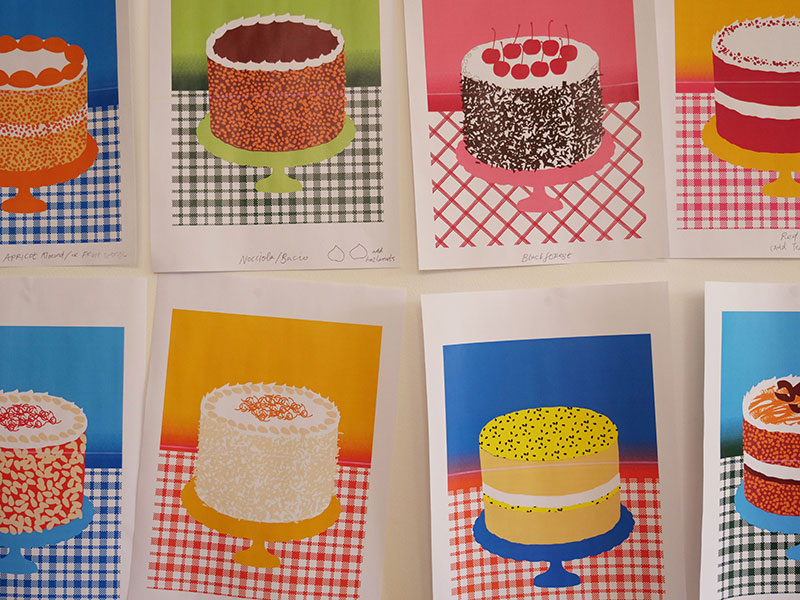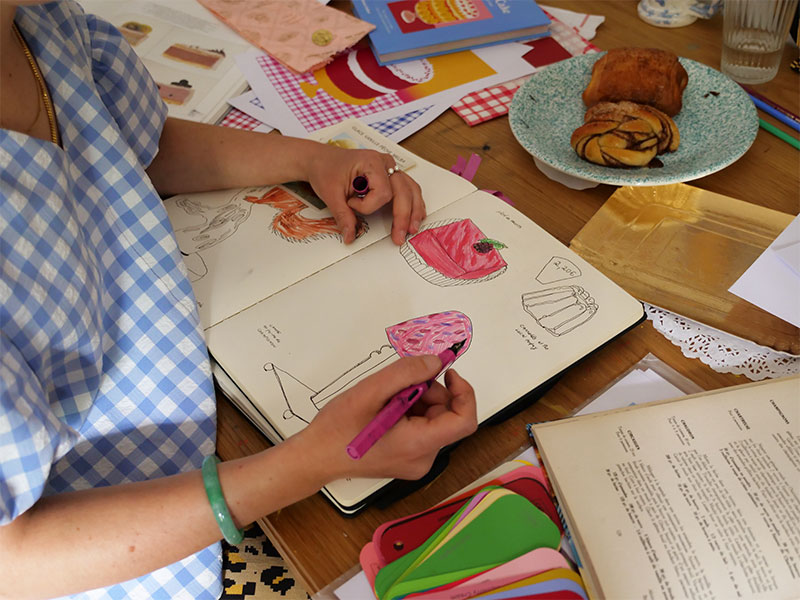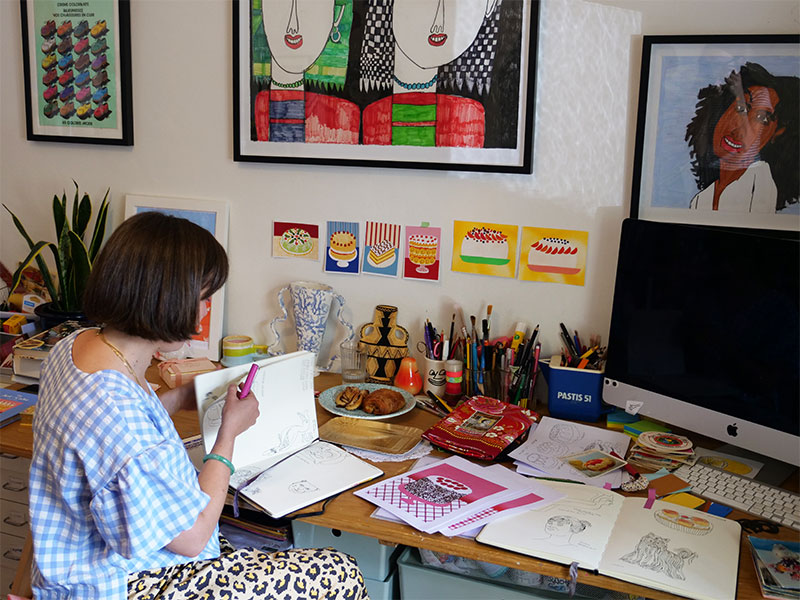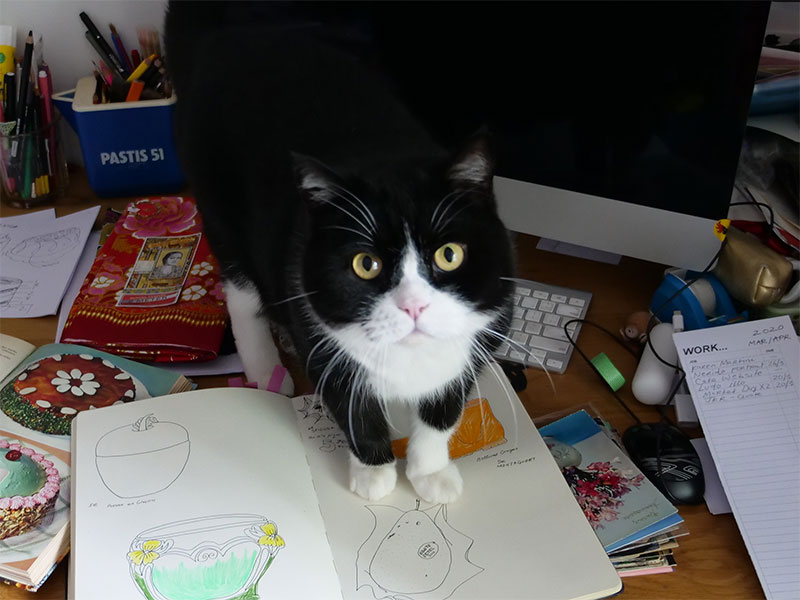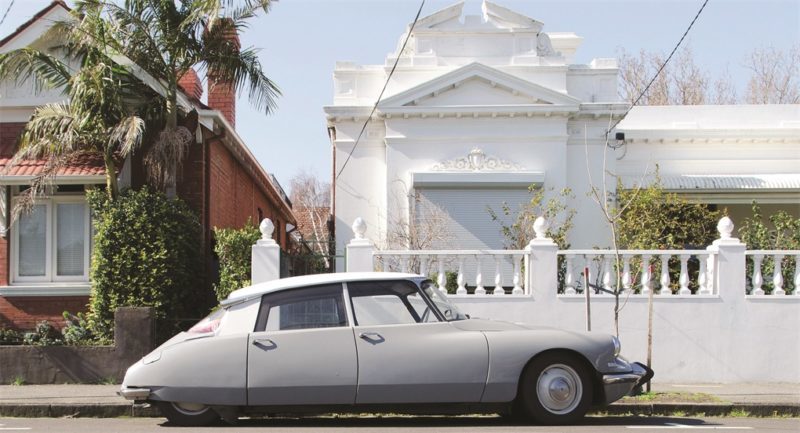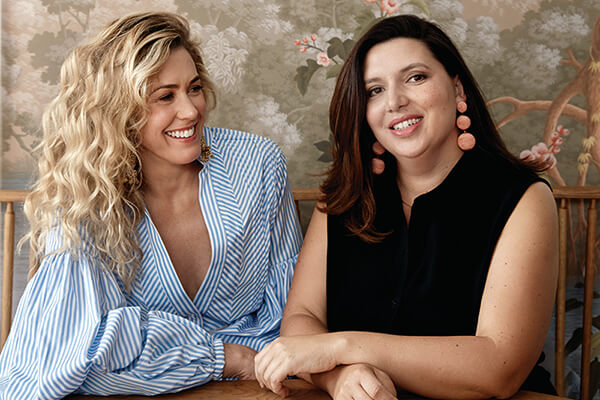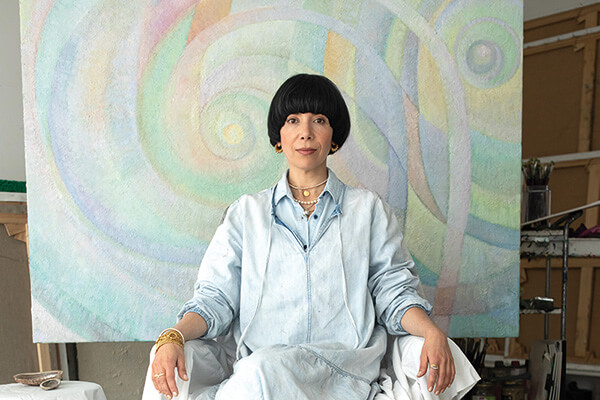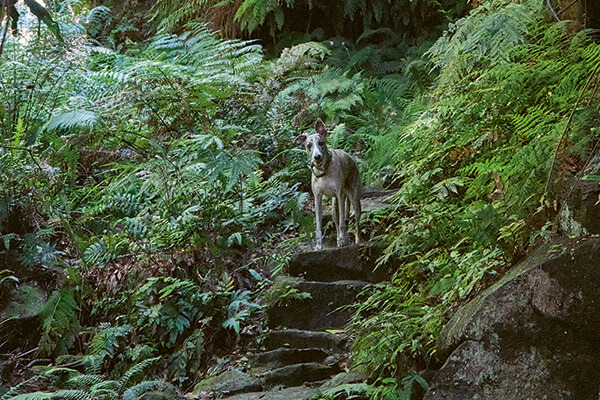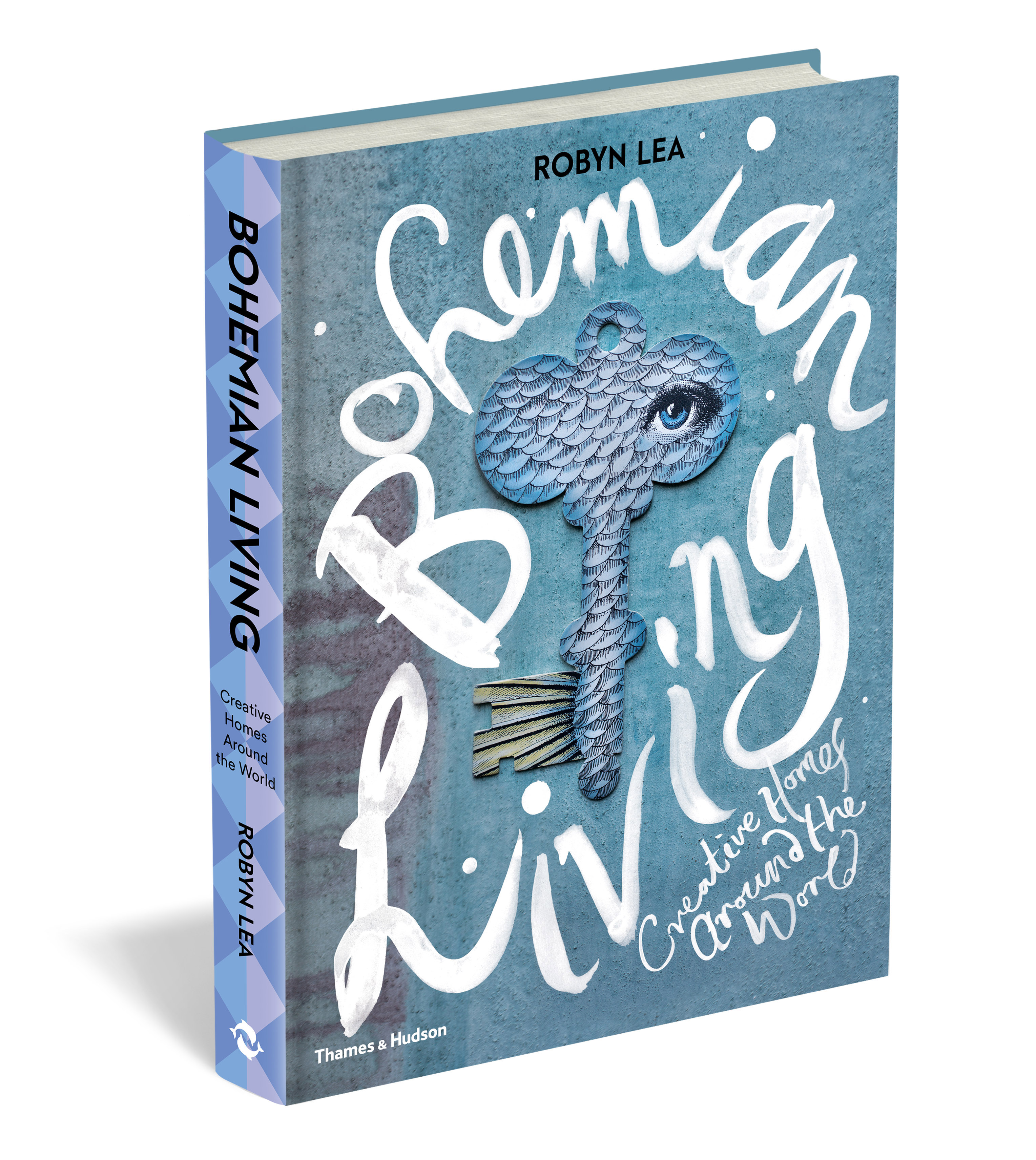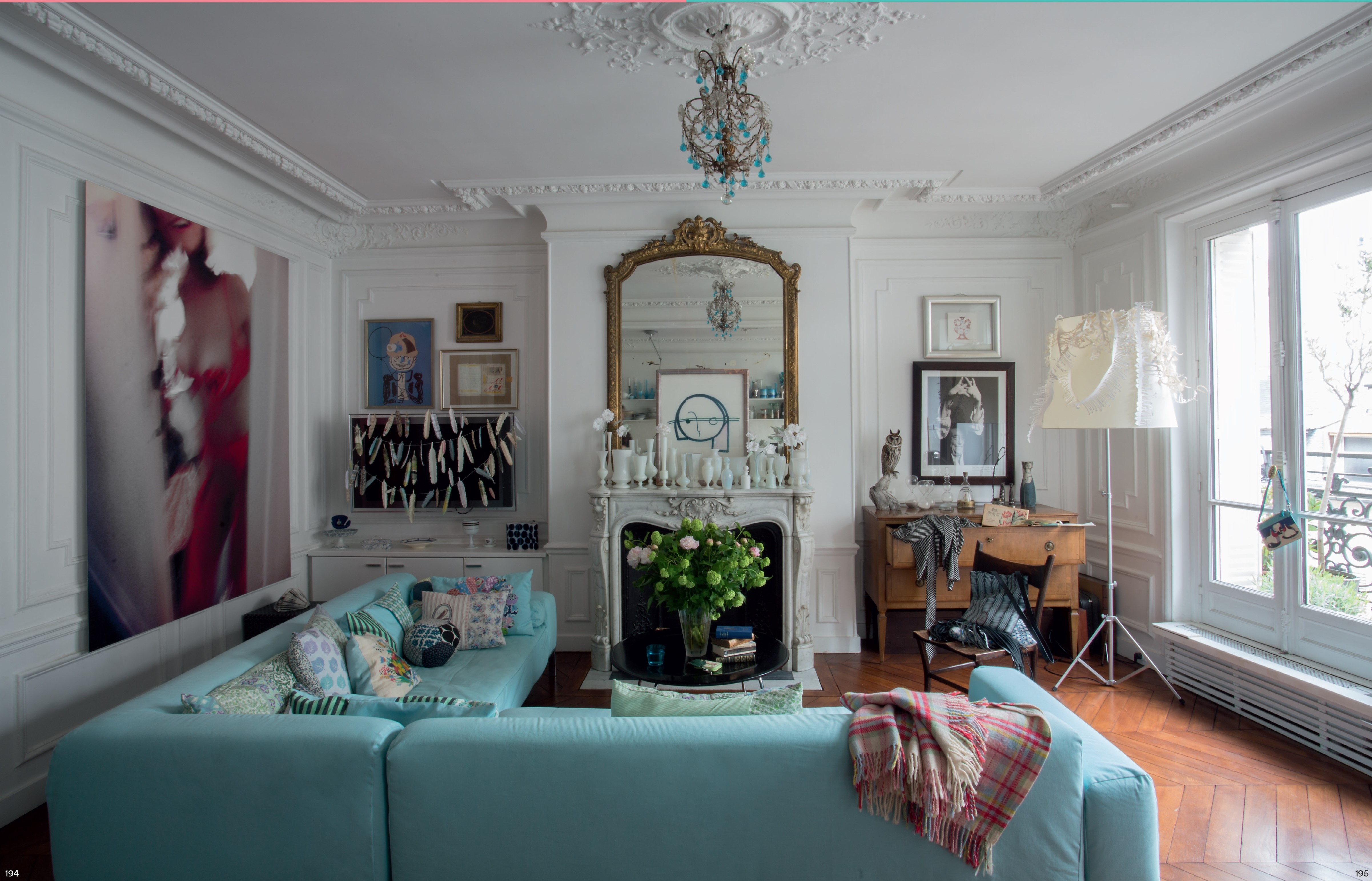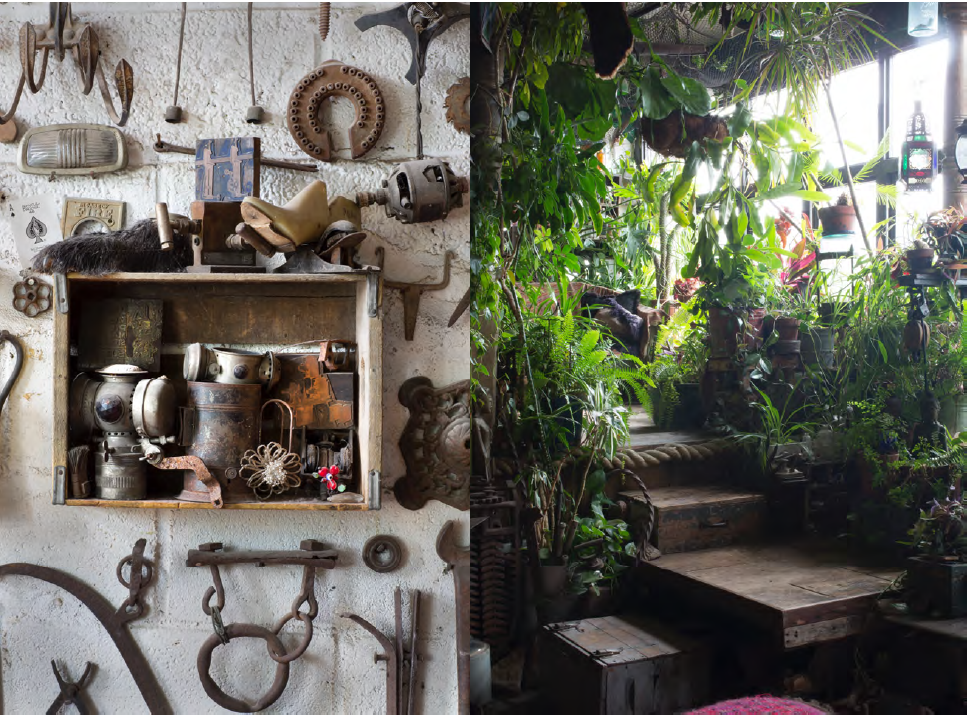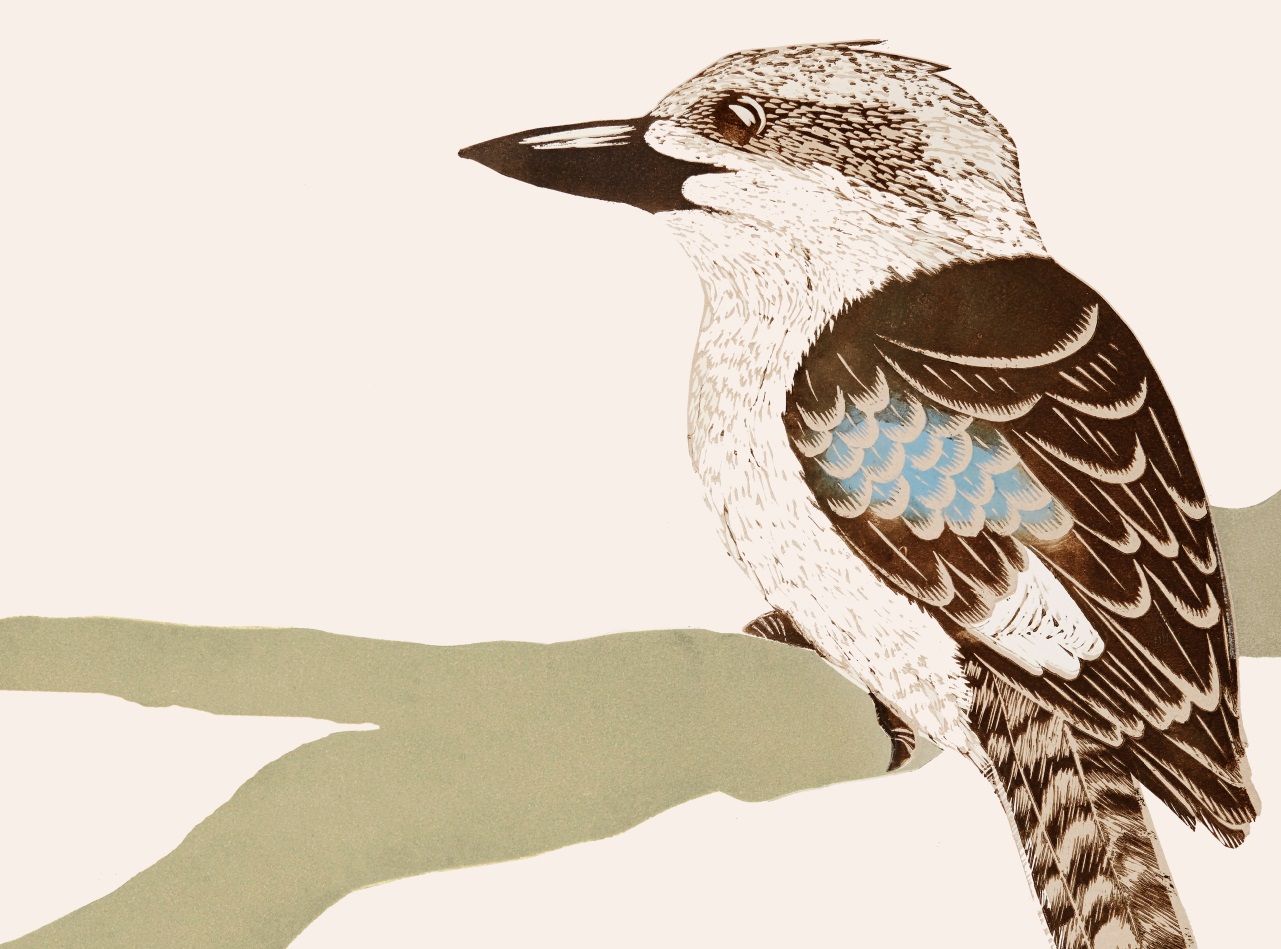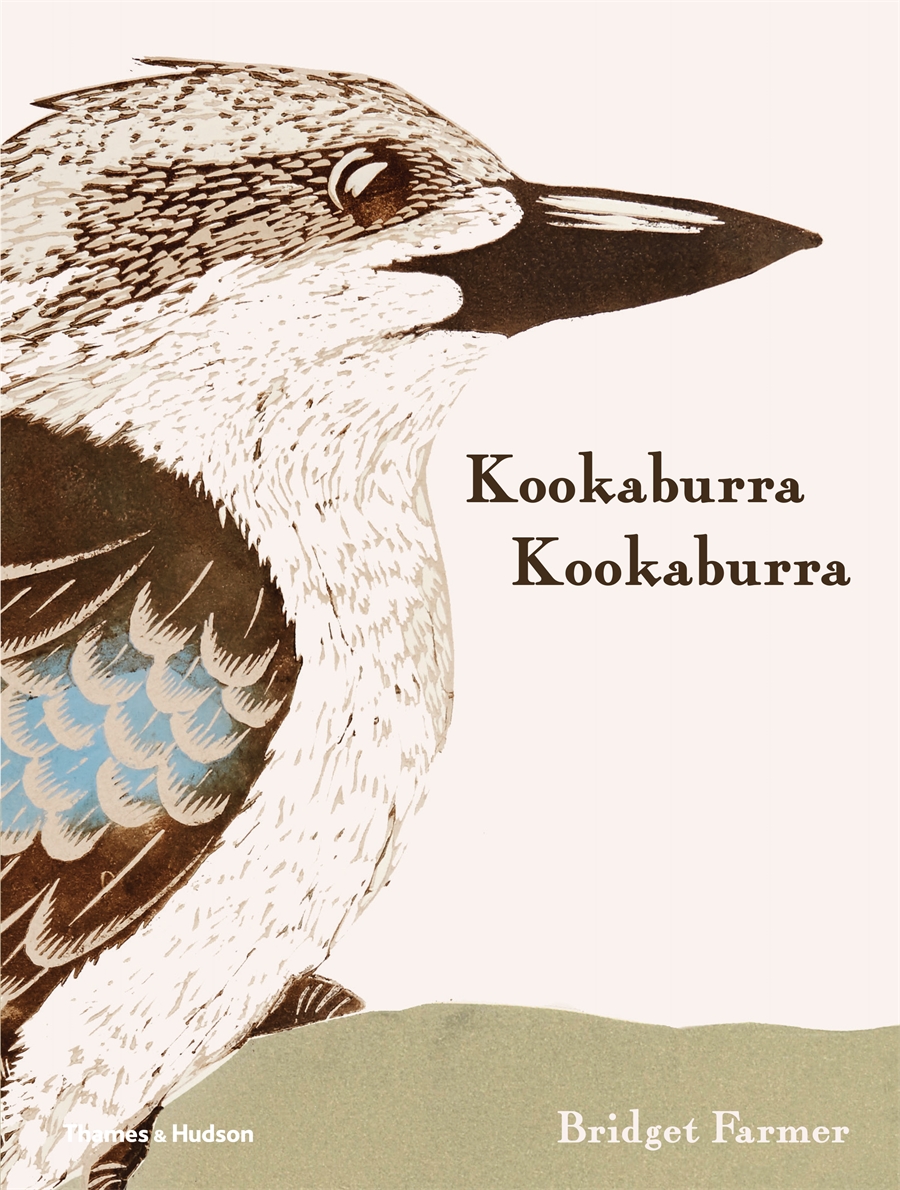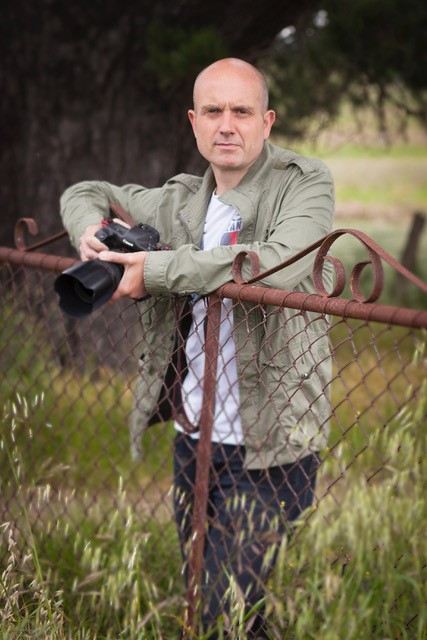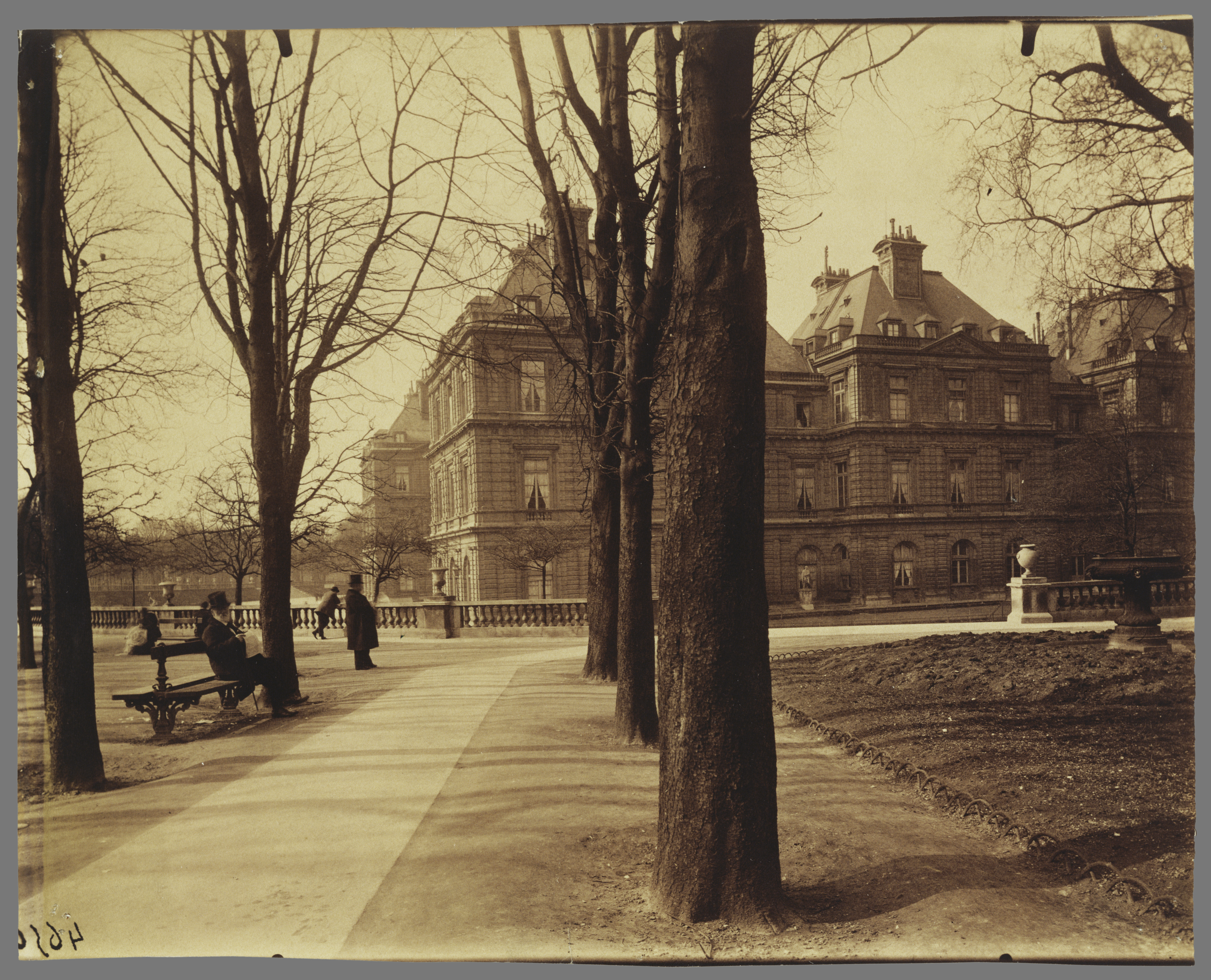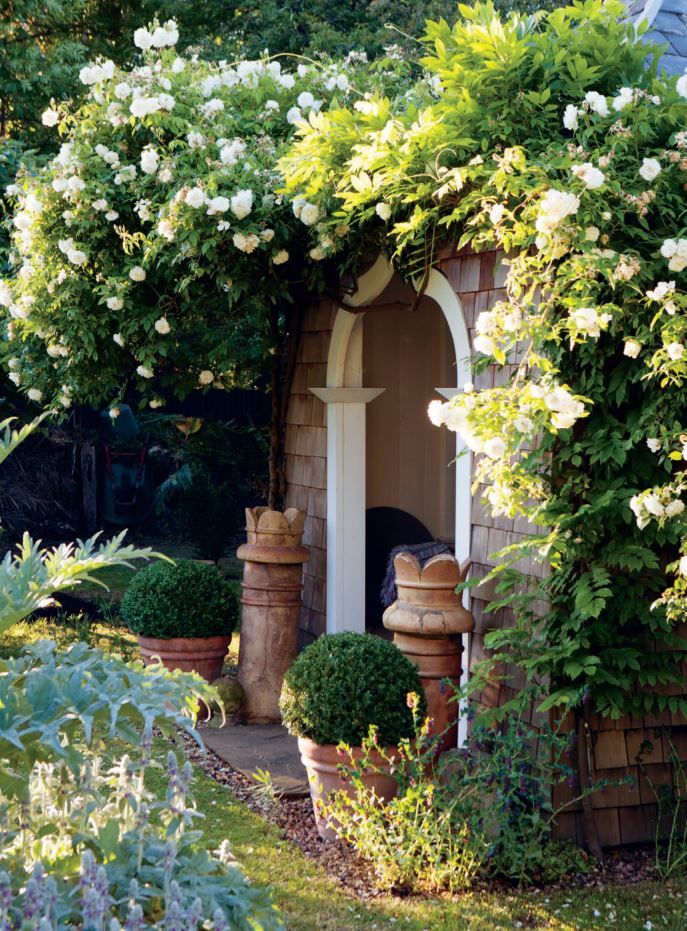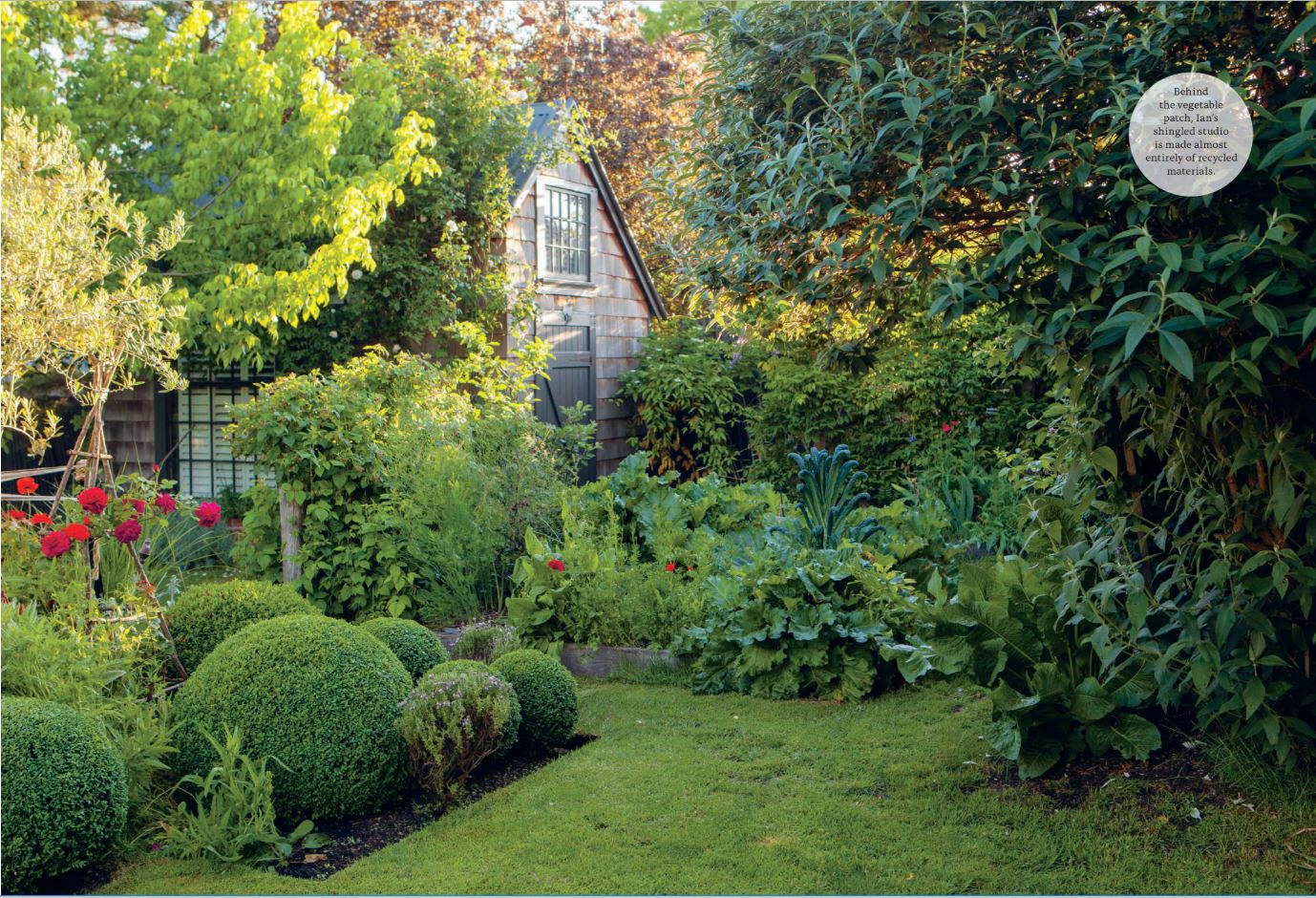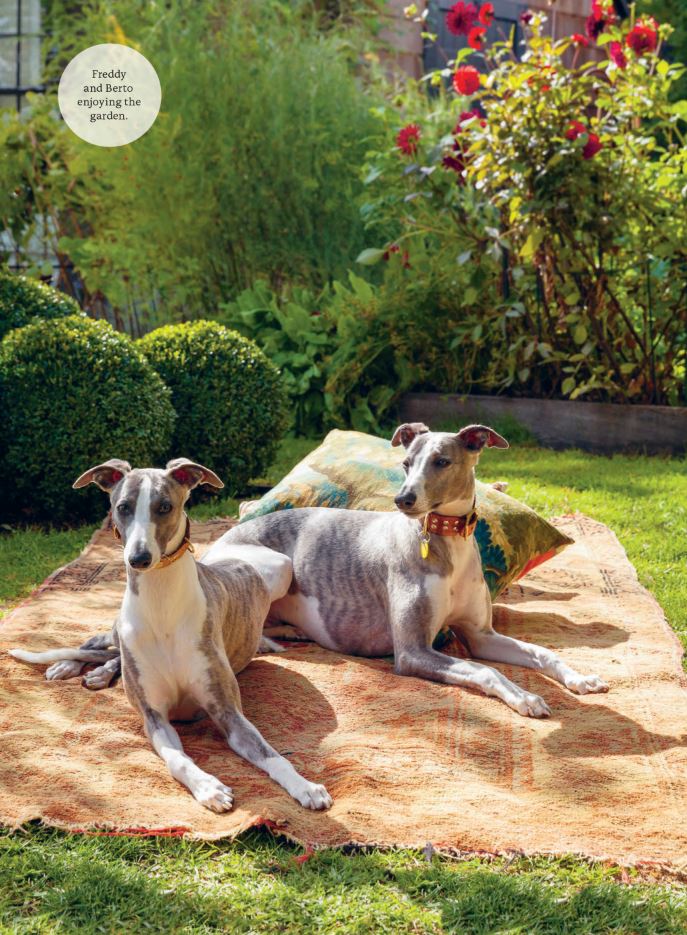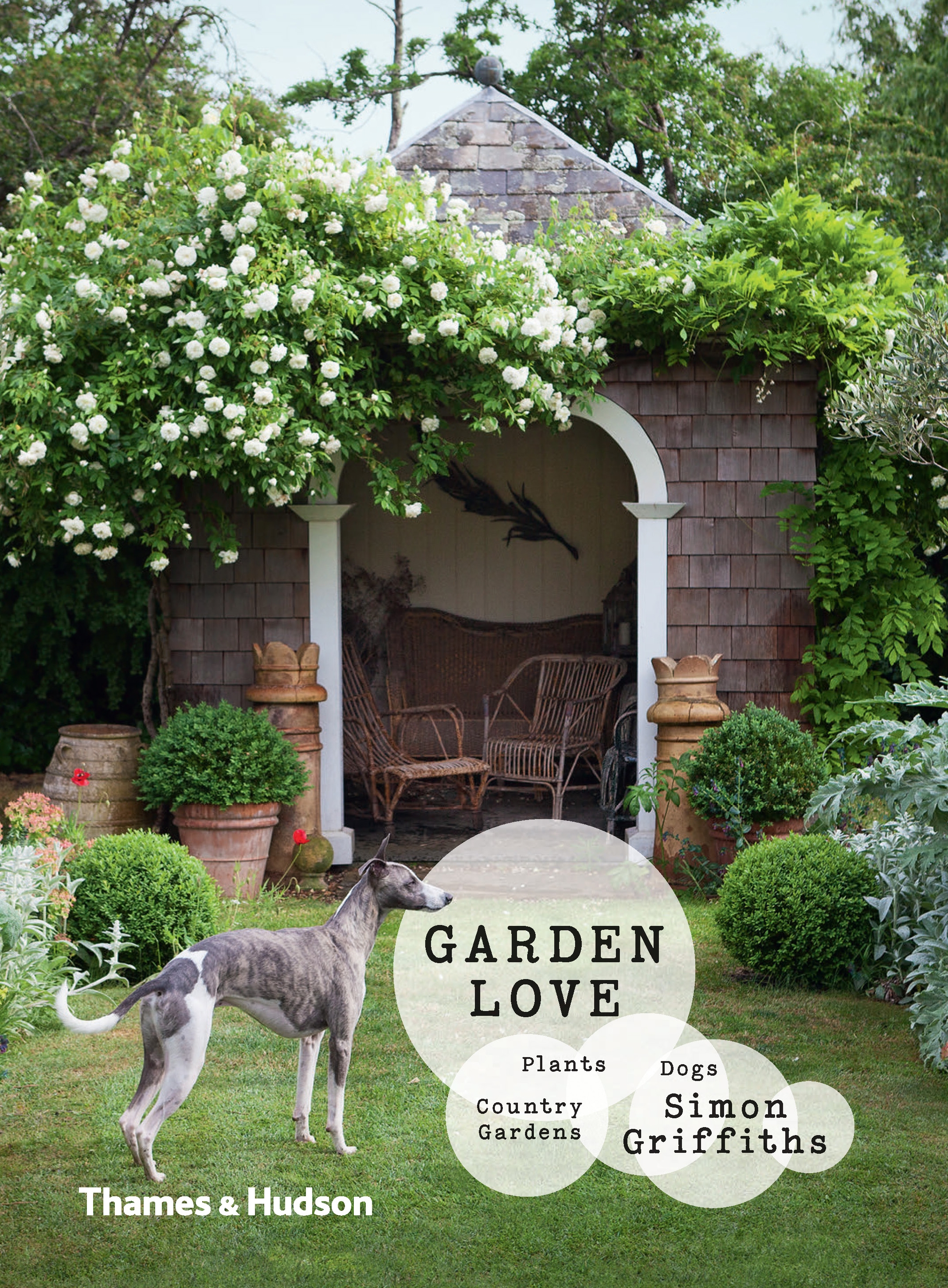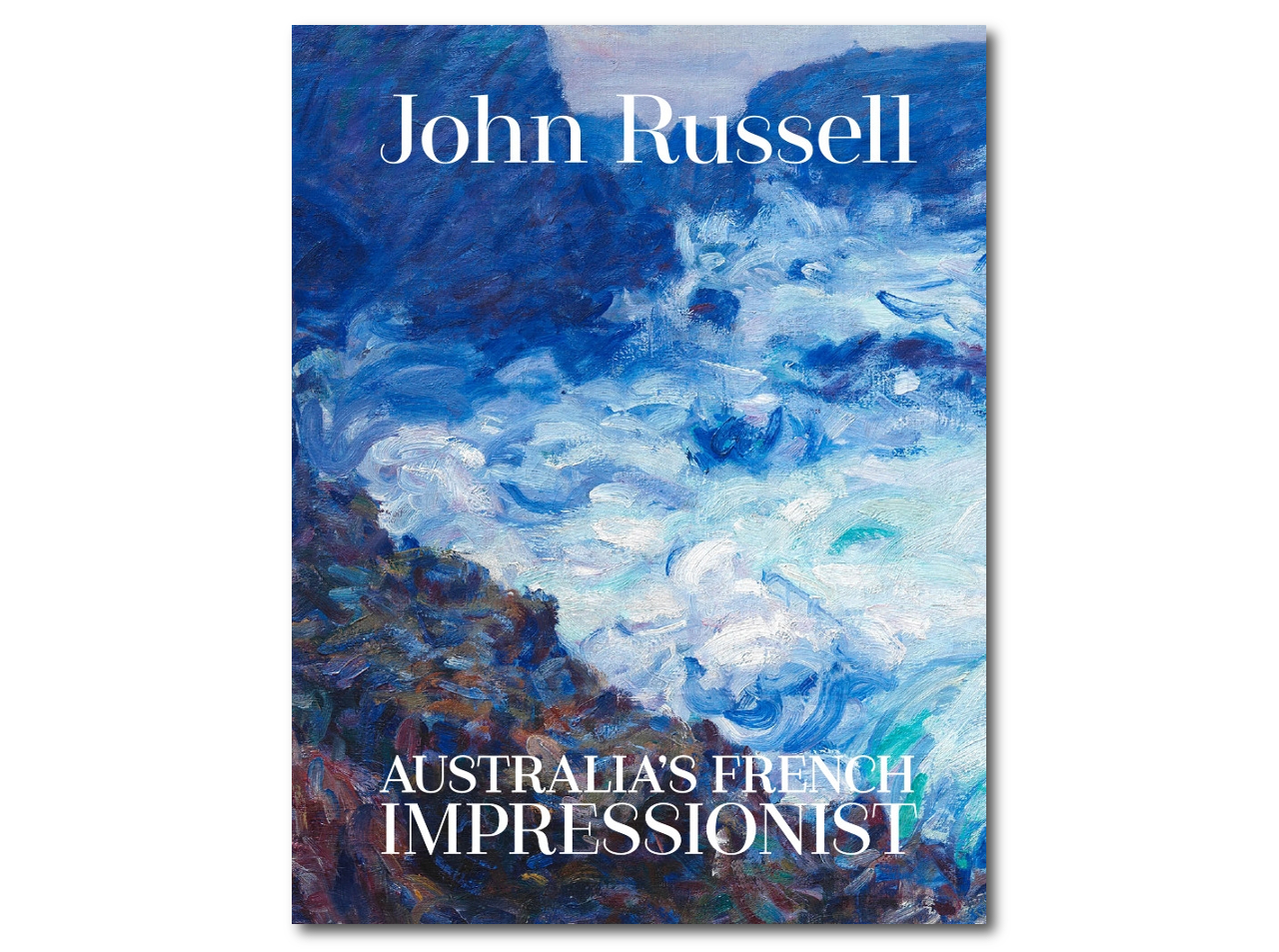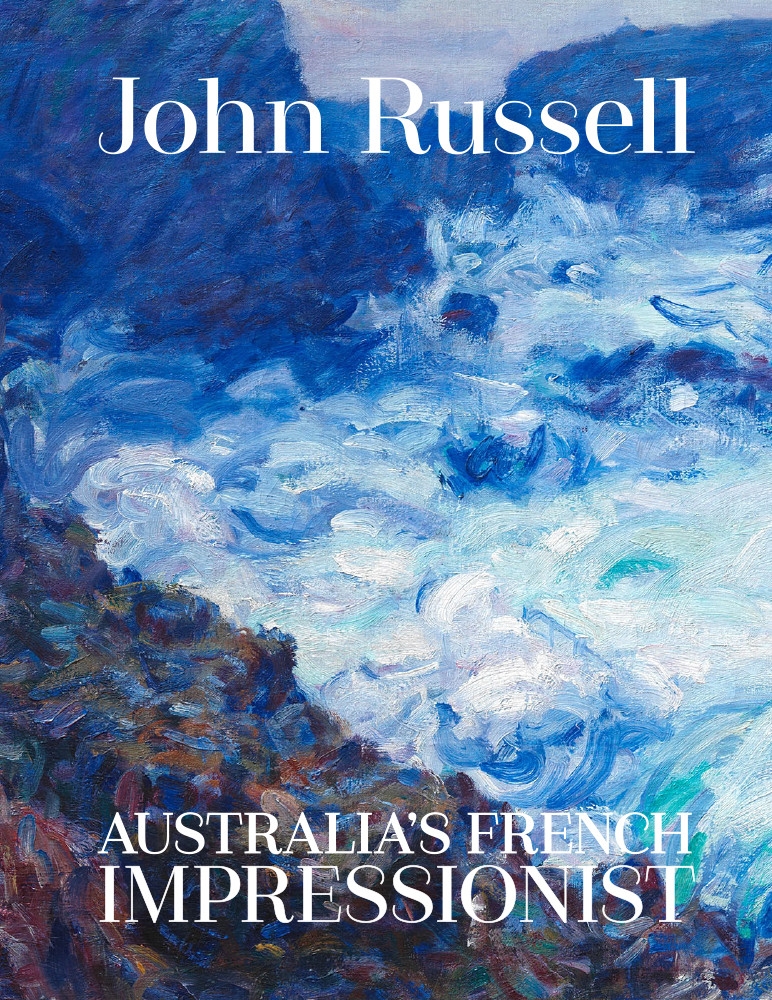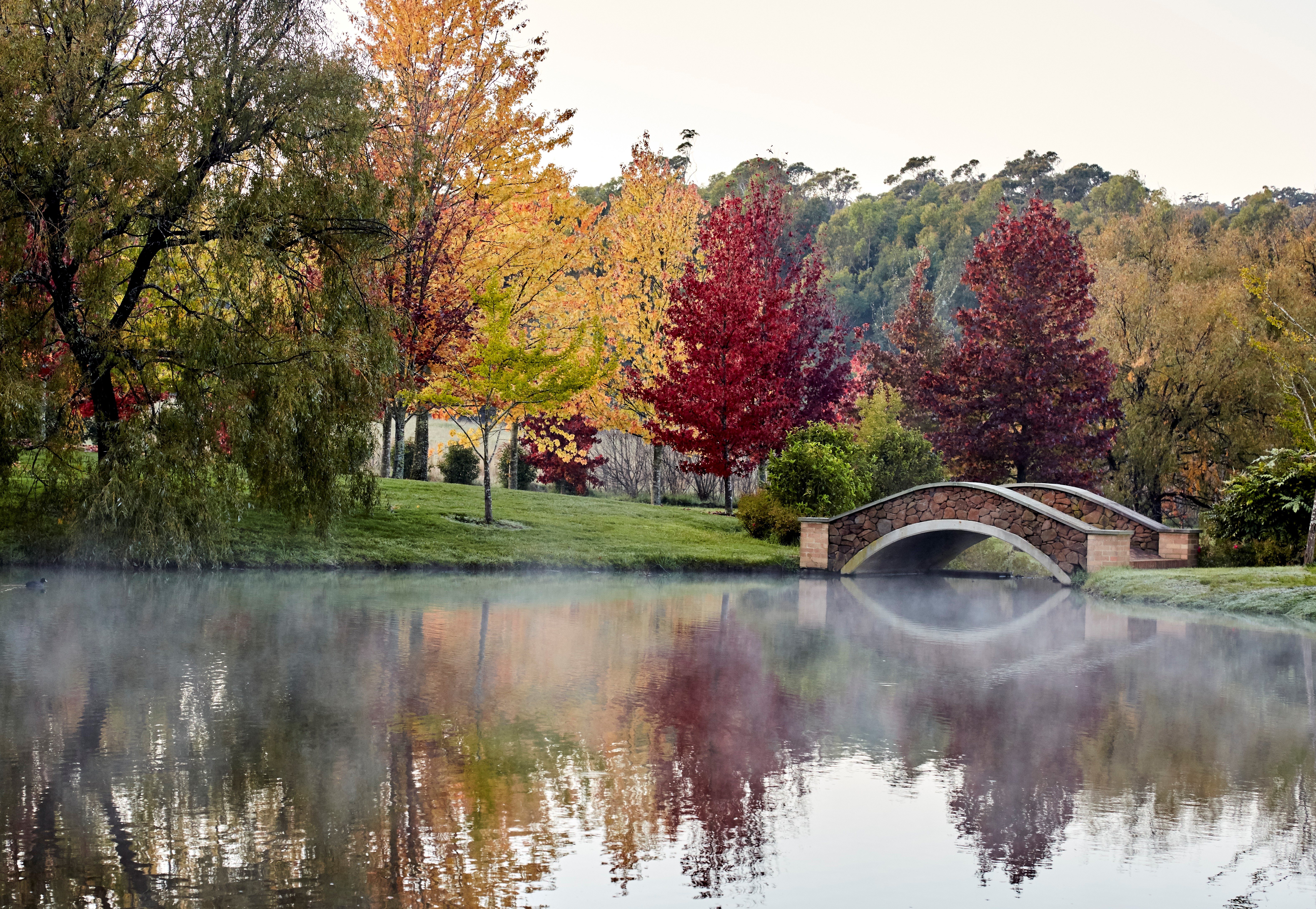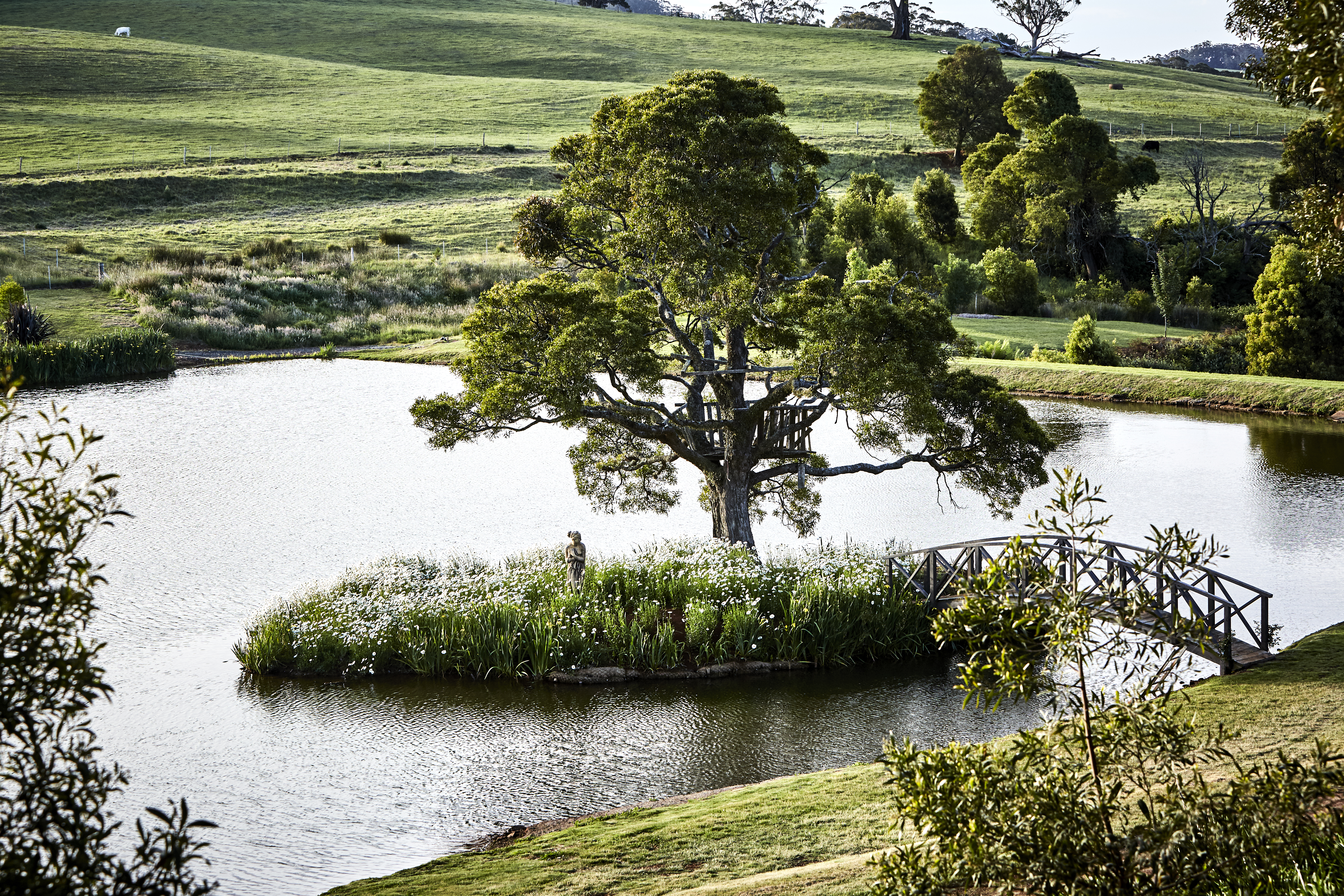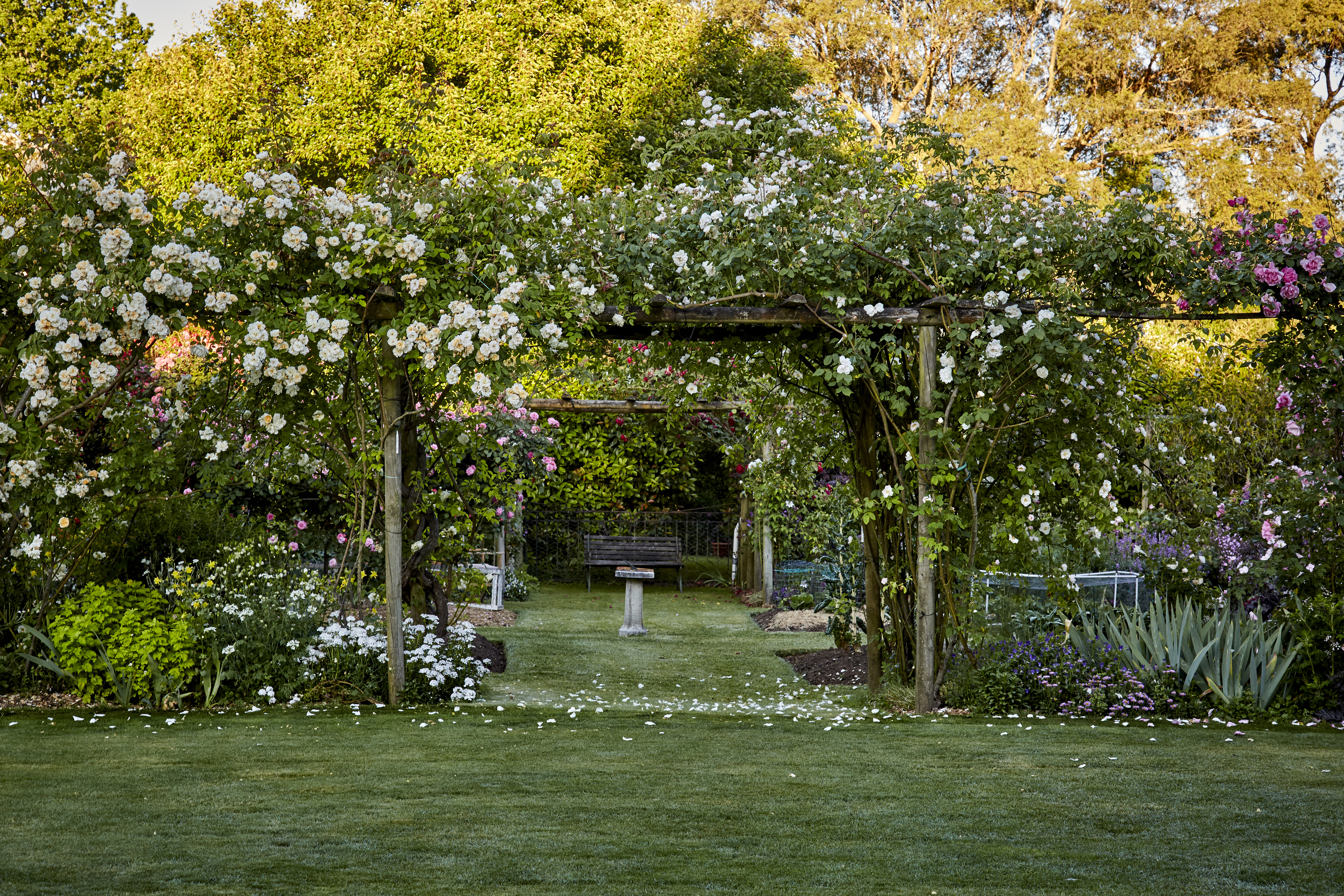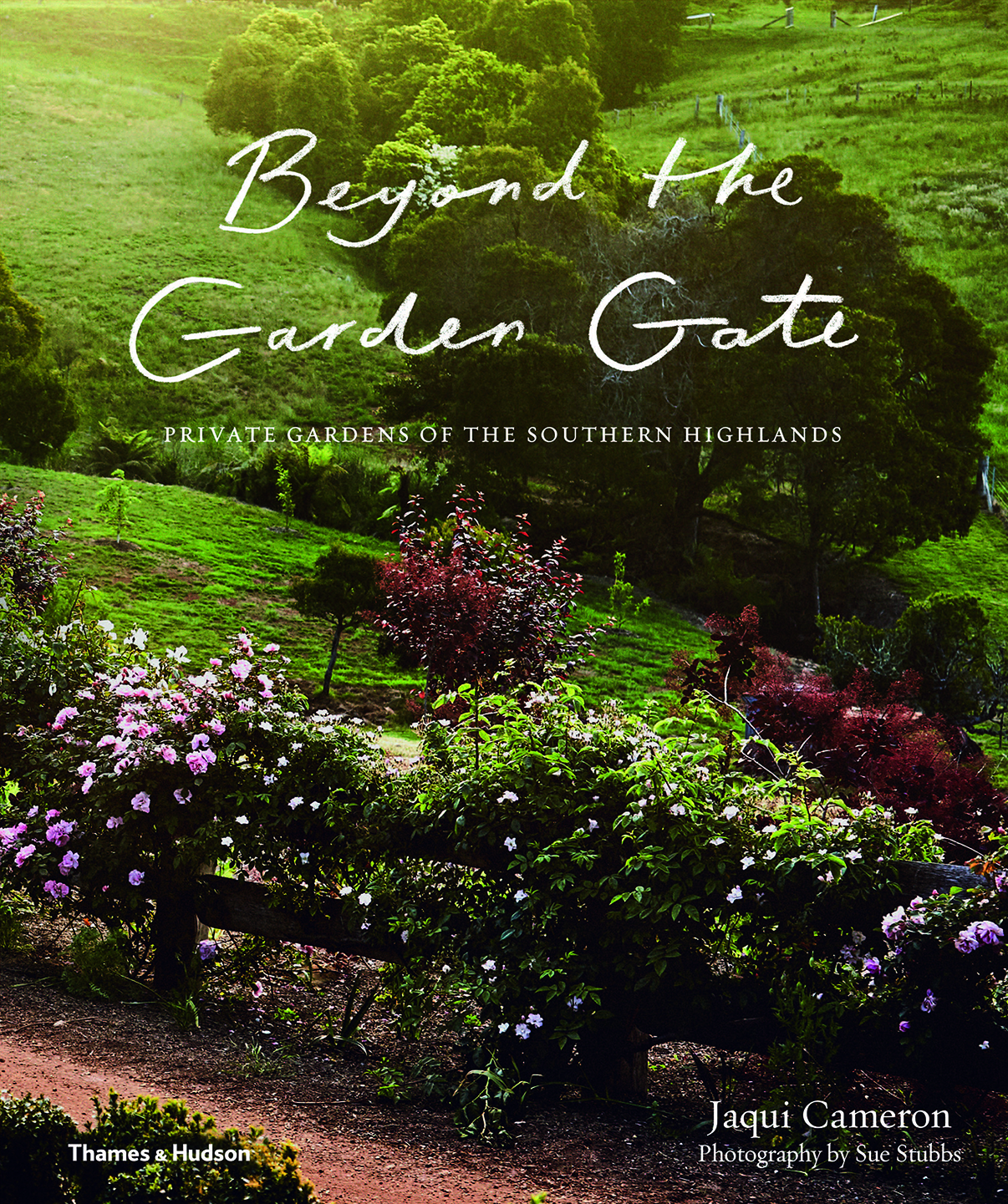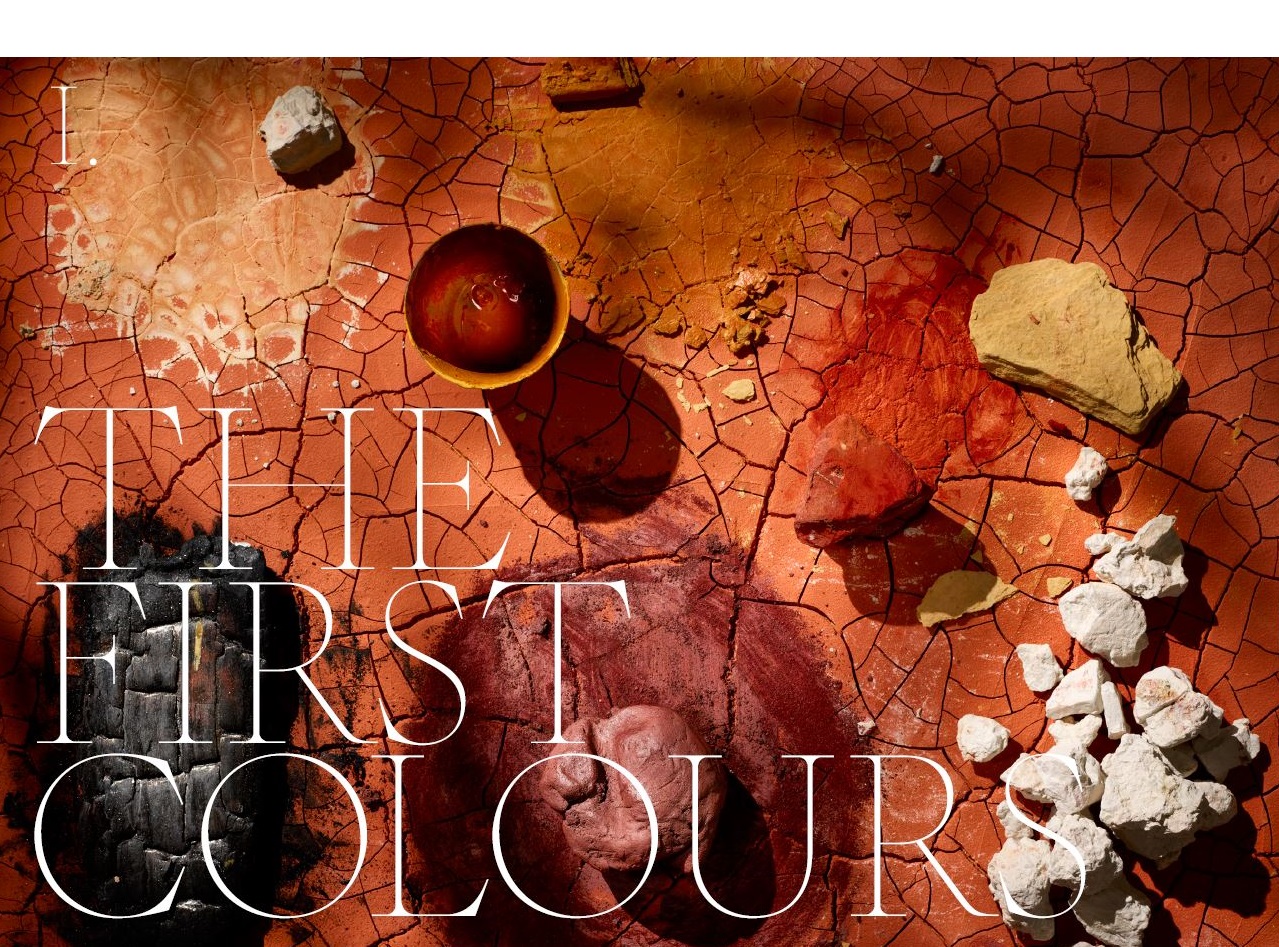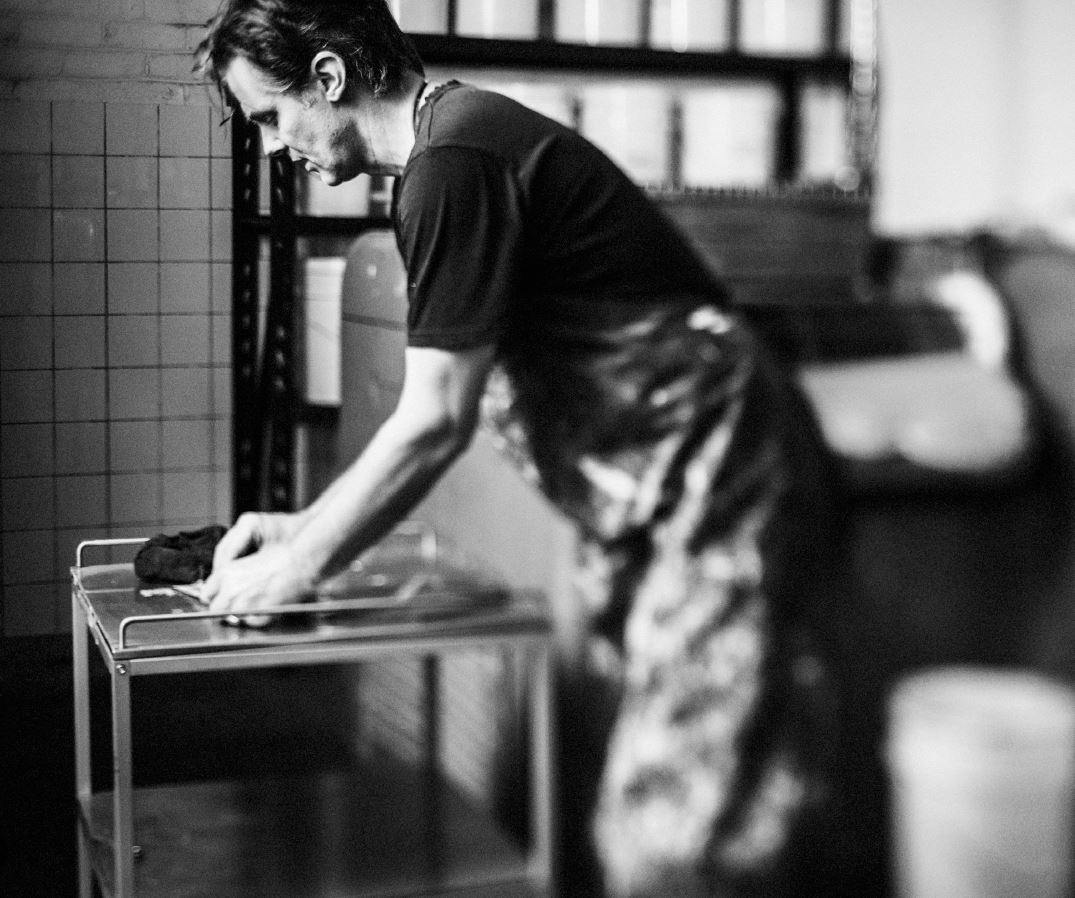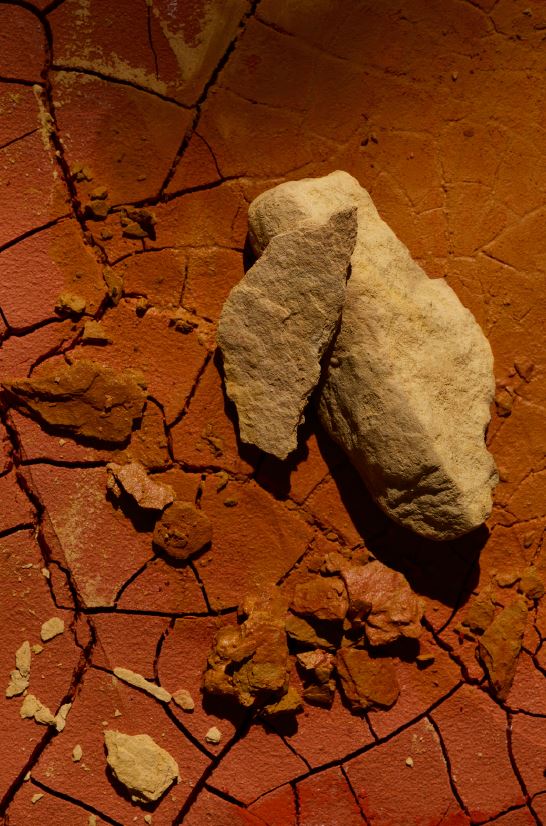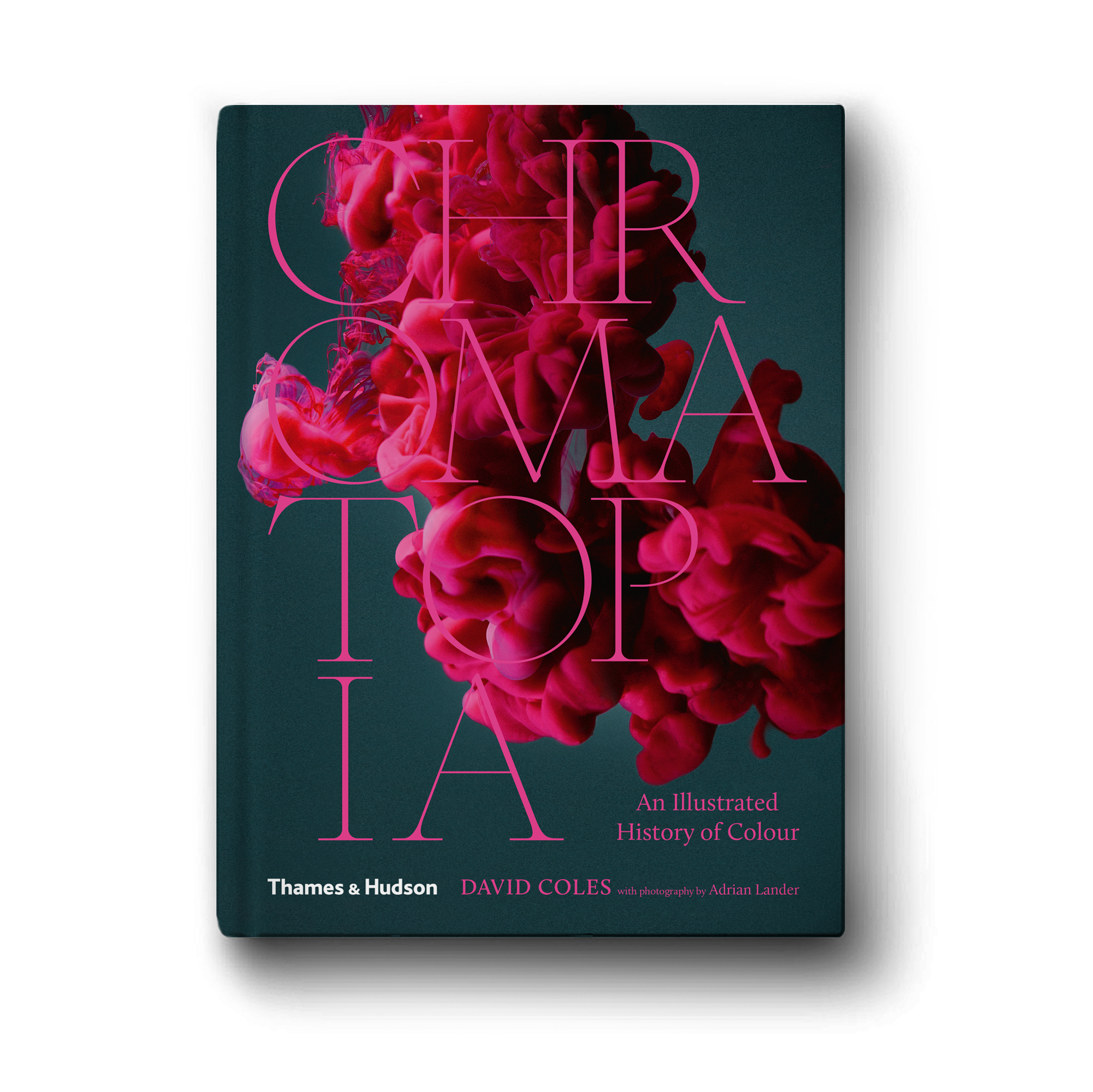
Now is a more important time than ever to support your local bookstores. Stock up for your personal library and check out our live list of bookstores offering free delivery services, pick-up options and over-the-phone book recommendations to get you through.
This is a live list, get in touch if you would like to add a service being offered by a local bookstore.
VICTORIA
Aesop’s Attic (Kyneton): Accepting phone orders and offering a drive through pick-up service.
Antipodes Gallery & Bookshop (Sorrento): Accepting phone and email orders and offering free home delivery to local suburbs.
Avenue Bookstore (Richmond, Albert Park and Elsternwick): Accepting phone and email orders and offering free same day delivery to local suburbs for orders over $30 placed before 3pm.
Avoca Hill Bookstore (South Yarra): Free delivery to local suburbs for orders over $20 and next day delivery for in stock items.
Beaumaris Books (Beaumaris): Over-the-phone book recommendations, free gift wrapping and offering free delivery to local suburbs.
Benn’s Books (Bentleigh): Accepting phone, Instagram and email orders and offering free delivery to Bentleigh, East Bentleigh, McKinnon, Moorabbin and Murrumbeena.
Blarney Books (Port Fairy): Accepting phone and Facebook orders and offering free delivery to local suburbs.
Book and Paper (Williamstown): Accepting Instagram, Facebook and text orders and offering home delivery to local suburbs.
Brunswick Bound (Brunswick): Accepting phone and online orders and offering free delivery to Brunswick, Brunswick East, Brunswick West, North Carlton, North Fitzroy, Coburg, Moonee Ponds and Essendon.
Brunswick Street Bookstore (Fitzroy): Accepting phone, email and online orders and offering free delivery to local suburbs.
Collins Moonee Ponds: Accepting online orders and offering click and collect services.
Collins Ballarat: Accepting online orders and offering free home delivery within Ballarat.
Coventry Bookstore (South Melbourne): Accepting online orders and offering free delivery for orders over $20 with next day delivery for items that are in stock.
Diabolik Books (Mount Hawthorn): Accepting phone orders for delivery and offering home delivery within a 3km radius of the store.
Dymocks CBD: Accepting phone and email orders and offering free delivery for orders over $50.
Dymocks Camberwell: Accepting phone and email orders and offering free delivery to local suburbs.
Dymocks Tooronga: Accepting phone and email orders and offering free delivery to local suburbs.
Eltham Bookshop (Eltham): Accepting phone and email orders and offering delivery to local suburbs.
Escape Hatch Books (Kew East): Free delivery to local suburbs.
Fairfield Books (Fairfield): Accepting phone orders and offering both a pick-up from your car service and free delivery to local suburbs.
Farrell’s Bookshop (Mornington): Accepting phone and email orders and offering free delivery to local suburbs.
Happy Valley (Collingwood): Accepting phone and email orders and offering free delivery to Collingwood, Fitzroy, Clifton Hill and Carlton North.
Hares & Hyenas (Fitzroy): Delivery via Books-on-Bikes for those staying in their homes or who cannot afford postage.
Hill of Content (CBD): Accepting online, phone and email orders and offering free delivery for orders over $50.
Ink Bookshop (Winchcombe): Free delivery in Mansfield and surrounding areas.
Jeffreys Books (Malvern): Accepting phone, email and online orders.
Just Books (Bairnsdale): Free home delivery to customers in Bairnsdale, Lakes Entrance and surrounding areas.
Metropolis Bookshop (CBD): Accepting online orders and offering free postage delivery for orders over $50.
My Bookshop by Corrie Perkins (Toorak): Accepting phone orders and offering home delivery within a 20km radius of the store as well as a same-day delivery service if order is placed before 3pm.
Neighbourhood Books (Northcote): Accepting online orders and offering free delivery to Northcote, Thornbury, Preston, Reservoir, Fairfield, Carlton North, Carlton, Fitzroy North, Fitzroy, Collingwood, Princes Hill, Clifton Hill and Brunswick.
New Leaves (Macedon Ranges): Accepting phone orders and offering free delivery to the Macedon Ranges area.
Paperback Bookshop (CBD): Accepting phone and email orders.
Readings (Carlton, Doncaster, Hawthorn, St Kilda and Malvern): Accepting online orders and offering free delivery for orders over $60.
Squishy Minnie (Kyneton): Accepting online orders and offering free delivery within the Macedon Ranges.
The Book Bird (Geelong West): Accepting phone, Instagram and email orders and offering free delivery to Geelong, Geelong West, North Geelong, Newtown, Manifold Heights, Rippleside, Hamlin Heights, Herne Hill, Bell Post Hill, and Bell Park.
The Bookshop at Queenscliff: Accepting phone and email orders and offering free delivery to the local area.
The Grumpy Swimmer (Elwood): Accepting phone and email orders and offering free delivery to Elwood and local suburbs for orders over $25.
The Leaf Bookshop (Ashburton): Over-the-phone book recommendations, accepting phone orders and offering free delivery within a 5km radius of the store.
The Little Bookroom (Carlton North): Accepting online orders and offering free delivery to Carlton North, Carlton, Fitzroy North, Fitzroy, Princes Hill, Clifton Hill, Brunswick, Northcote and Coburg.
The Sun Bookshop and The Younger Sun (Yarraville): Accepting phone orders and offering free same day delivery to Yarraville, Seddon and Kingsville, and next-day deliveries by car to Spotswood and Newport.
Thesaurus Books (Brighton): Accepting phone and email orders and offering free delivery to Brighton, Brighton East, Hampton and Bentleigh.
Top Titles Bookstore (Brighton): Accepting phone orders and offering free delivery to local suburbs.
Torquay Books (Torquay): Accepting online orders and offering delivery to local suburbs.
T.S. Bookshop (CBD): Accepting phone and online orders between 10am and 5pm, Monday through Friday, and offering free delivery across Australia for orders over $50.
Turn the Page (Cowes): Accepting phone orders and offering local delivery.
Verso Books (Healesville): Free delivery to local suburbs.
NSW
Beachside Bookshop (Avalon): Accepting phone, email and online orders and offering both a carpark pick-up service and free delivery to local suburbs.
Berkelouw Books (Cronulla): Accepting phone and email orders and offering free home delivery to Cronulla, Kurnell, Woolooware, Caringbah, Miranda, Gymea, Kirrawee and Sutherland on the 26th March.
Berkelouw Books (Hornsby): Personalised, curated book lists as well as pick up and home delivery with free shipping for orders over $99.
Berkelouw Books (Leichhardt): Curated book lists here, accepting phone orders and offering $5 delivery for orders over $49 or free delivery for orders over $99 to local suburbs.
Berkelouw Books (Rose Bay): Free home delivery to Rose Bay, Vaucluse, Watsons Bay, Dover Heights, Point Piper and Bellevue Hill.
Better Read than Dead (Newtown): Delivering curated staff picks right to your desktop or phone screen via their Virtual Bookseller which you can access here, and offering free delivery across Australia.
Book Bazaar (Umina Beach): Offering free delivery to local suburbs.
Bookoccino (Avalon): Accepting phone and email orders and offering free delivery within a 10km radius of the store.
BooksPlus (Bathurst): Free delivery within Bathurst.
Collins Booksellers (Orange): Offering free delivery across Orange.
Dymocks (Chatswood): Accepting phone and email orders for delivery.
Gertrude and Alice (Bondi Beach): Accepting phone orders and home delivery around the Bondi and Tamarama area.
Gleebooks (Glebe): Offering free postage delivery to Inner Western suburbs or Australia-wide for orders over $50.
Harry Hartog (all stores): Offering curated book lists here.
Harbour Bookshop (Ulladulla): Accepting phone, email and social media orders and offering $6 delivery across Ulladulla.
Kinokuniya (Sydney CBD): Accepting phone and online orders and offering over-the-phone book recommendations.
Lost in Books (Fairfield): Offering delivery across Australia and digital creative programs.
Megalong Books (Leura): Recommendations over the phone and free home delivery to local residents in the Upper Mountains
Oscar and Friends (Double Bay): Free home delivery in Surry Hills, Redfern, Double Bay and Bellevue Hill.
Potts Point Bookshop (Potts Point): Accepting phone and online orders and offering free delivery to local suburbs.
Reader’s Companion (Armidale): Free delivery to customers in Armidale, Uralla and Guyra district.
The Book Room at Byron (Byron Bay): Free same day book delivery in the Byron shire and Lennox Head.
The Bookshop (Bowral and Kiama): Personally curated bookstacks, accepting phone and email orders, and offering delivery to local suburbs.
The Little Lost Bookshop (Katoomba): Accepting phone, web and email orders and offering free delivery across Katoomba.
The Wandering Bookseller (Katoomba): Accepting email orders and offering free delivery Australia-wide.
Wise Words Bookshop (Moree): Accepting phone or DM orders and both mail order and home delivery.
TAS
Fullers Bookshop (Hobart): $5 delivery across Tasmania.
Petrarch’s Bookshop (Launceston): Delivery to Launceston.
The Devonport Bookshop (Devonport): Accepting phone orders and offering free delivery across the Devonport area.
The Hobart Bookshop (Hobart): Free delivery within the Hobart metropolitan area as well as a pick-up service.
ACT
Dymocks Canberra: Free delivery in the ACT.
Dymocks Belconnen: Free delivery in the ACT and Murrumbateman.
QLD
Avid Reader (West End): Free delivery to local suburbs and free postage delivery across Australia for orders over $50.
Books@Stones (Stones Corner): Free delivery across Australia until April 8th.
Dymocks (Brisbane): Free delivery for orders over $75.
Dymocks (Toowoomba): Free delivery to people over 70 and $2 shipping to local suburbs.
Folio Books (Brisbane CBD): Accepting phone and email orders and offering free postage to Brisbane customers for orders of two books or more.
Mad Hatters Bookshop (Manly): Free delivery to Wynnum, Manly and suburbs within 5km of the store for orders over $30.
Mary Who? (Townsville): Accepting phone orders and offering free delivery to the inner Townsville area for orders over $50.
Riverbend Books (Bulimba): Accepting phone and online orders and offering both a pick-up option and home delivery to postcodes 4170 and 4171.
Sequel Books (Moorooka): Accepting phone and email orders and offering free home delivery to local suburbs.
The Book Tree (Toowoomba): $2 home delivery to customers in the 4350 postcode.
Where the Wild Things Are (West End): Accepting phone orders and offering offering free home delivery to postcodes 4170 and 4171 and free delivery to other areas for orders over $50.
WA
Beaufort Street Books (Mount Lawley): Free delivery within a 5km radius of the store.
Collins (Cottesloe): Accepting online and phone orders and offering free delivery in Western Australia.
Collins (Bunbury): Free home delivery on purchases over $30 to Bunbury, Eaton, Australind and Dalyellup areas and postage to other areas for $6.95.
Crow Books (East Victoria Park): Accepting phone and email orders and offering home delivery to local suburbs.
Dymocks (Busselton): Free home delivery within the South-West, including same-day delivery if in-stock books are ordered before 2:30pm.
Dymocks (Morley): Accepting phone and email orders and home delivery at a reduced price of $2 for Booklover members or $5 for non-members in the suburbs of Bassendean, Bayswater, Inglewood, Kiara, Mirrabooka, Morley, Nollamara, Noranda, Tuart Hill and Yokine.
Dymocks (Karrinyup): Accepting phone and email orders and home delivery at a reduced price of $2 for Booklover members or $5 for non-members in the suburbs of Karrinyup, Trigg, Innaloo, Gwelup, Scarborough, North Beach and Karine.
Dymocks (Joondalup): Accepting phone orders and offering free local delivery.
My Little Bookshop (Halls Head): Free delivery from Perth metro area to Bunbury.
Paperbird Books (Fremantle): Free delivery to Fremantle and surrounding suburbs.
Planet Books (Mount Lawley and Northside): Accepting online, phone and email orders and offering free delivery to local suburbs.
SA
Imprints Booksellers (Adelaide): Accepting phone and email orders and offering free postage across SA and free home delivery around Adelaide.
Matilda Bookshop (Adelaide): Accepting phone orders and offering free postage across SA and free home delivery to local suburbs.
Mostly Books (Torrens Park): Free delivery south of Adelaide, to the suburbs of Mitcham and surrounding suburbs.
The Raven’s Parlour (Tanunda): Delivery to local residents in quarantine or self-isolation.
NT
Red Kangaroo Books (Alice Springs): Accepting phone and email orders and delivering across Alice Springs.
Books are everywhere.
Plenty of bookstores that support us not listed here will be delivering online, and you can also purchase books from Booktopia and other online retailers.
The Australian Booksellers Association’s Love Your Bookshop Day is also sharing a range of ways in which you can continue to support your local bookstore, including purchasing vouchers, signing up to their e-newsletter list and pre-ordering titles. #loveyourbookshopeveryday
Posted on March 25, 2020
